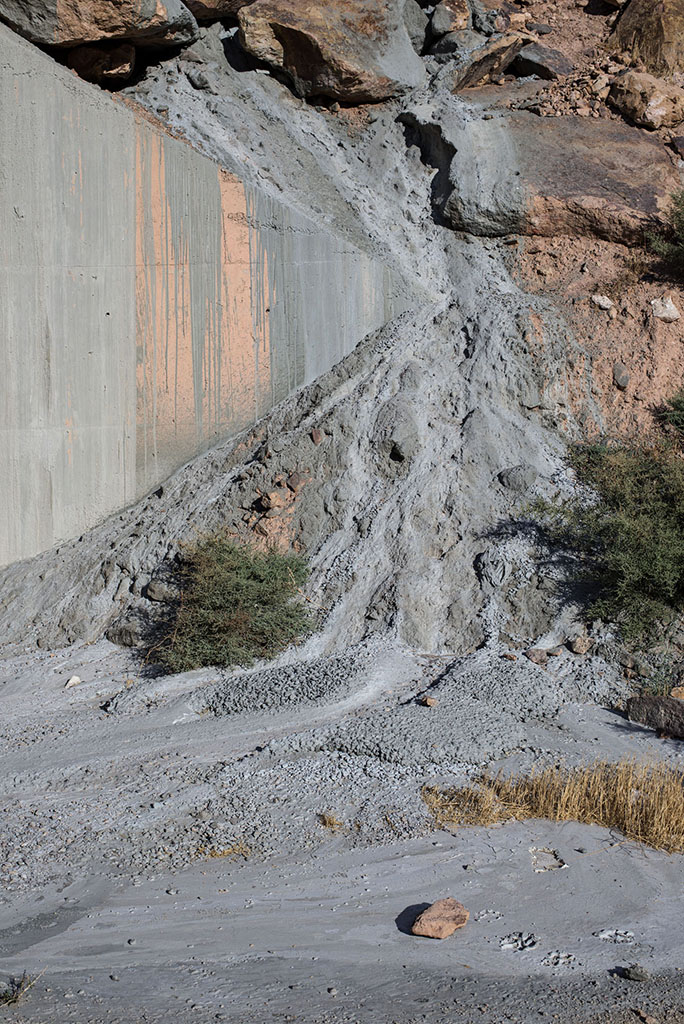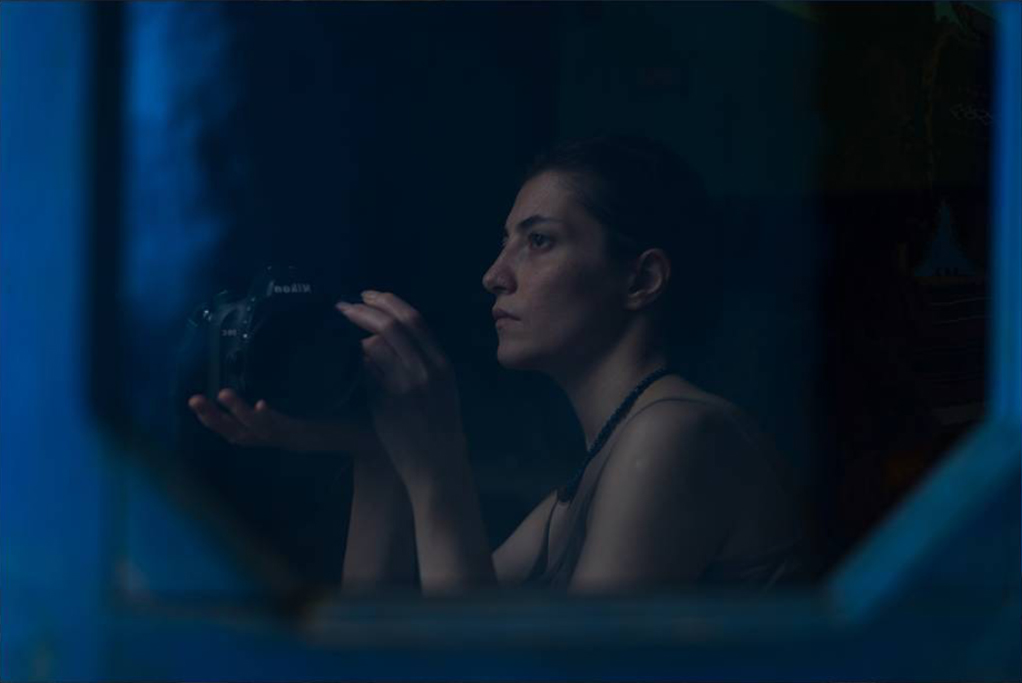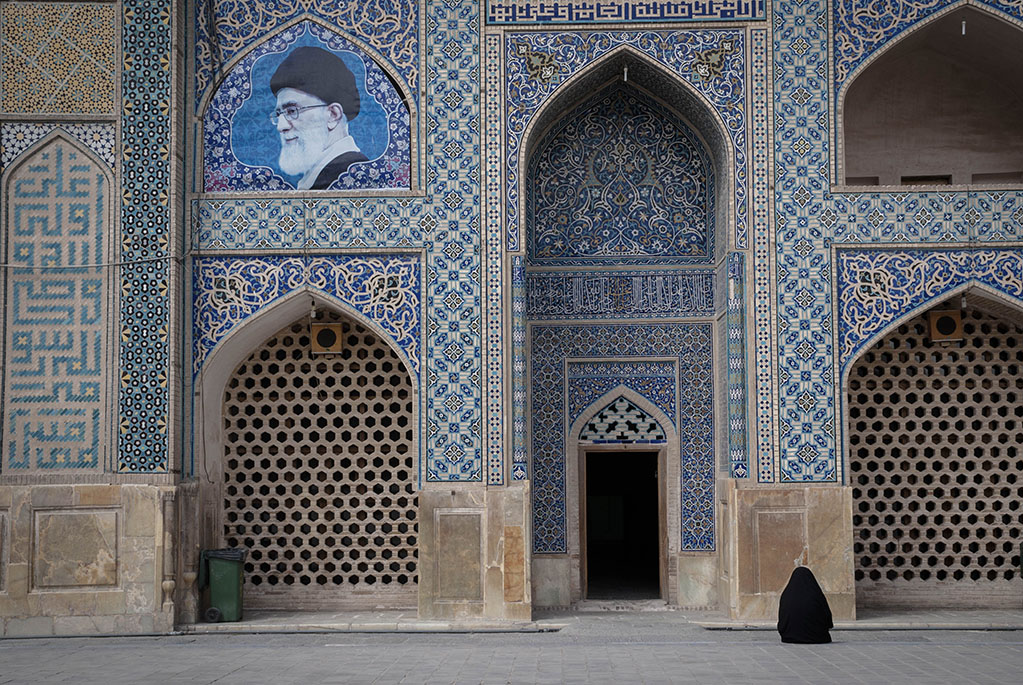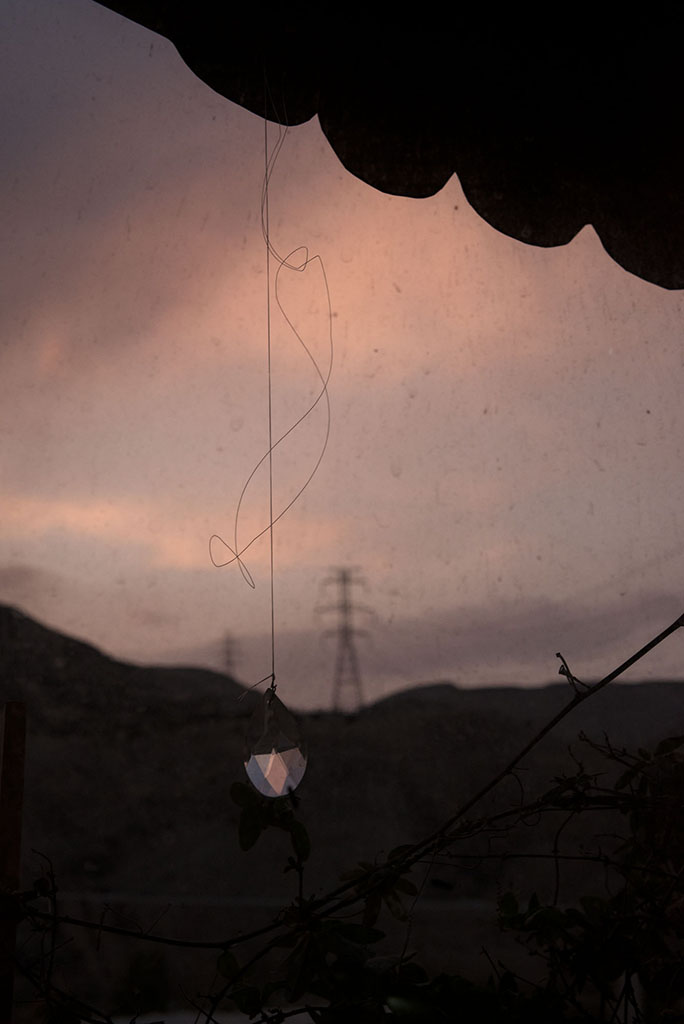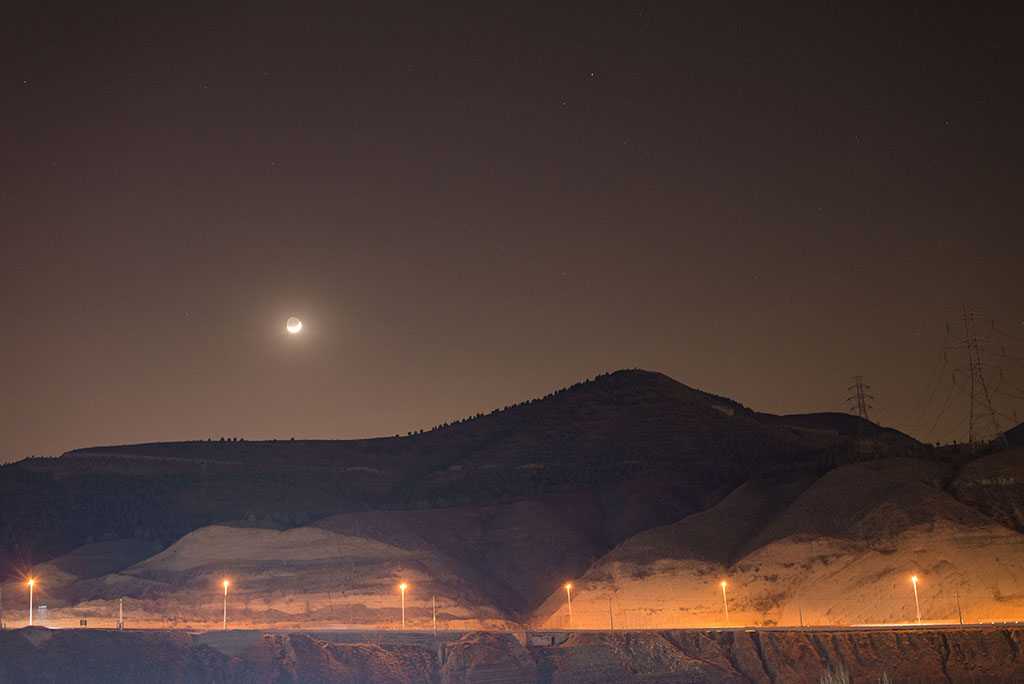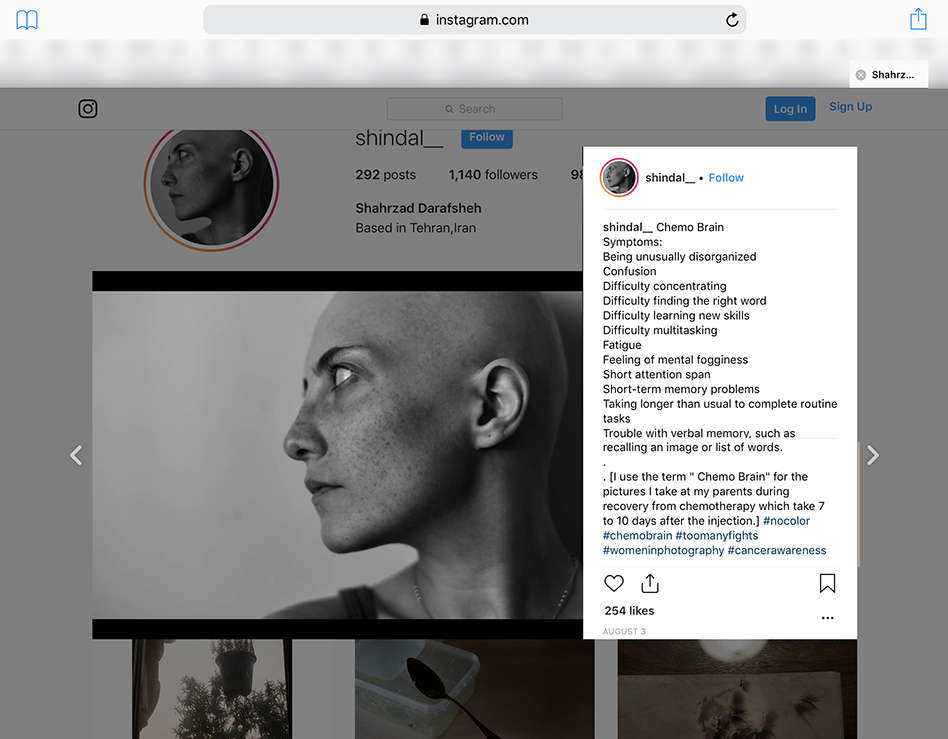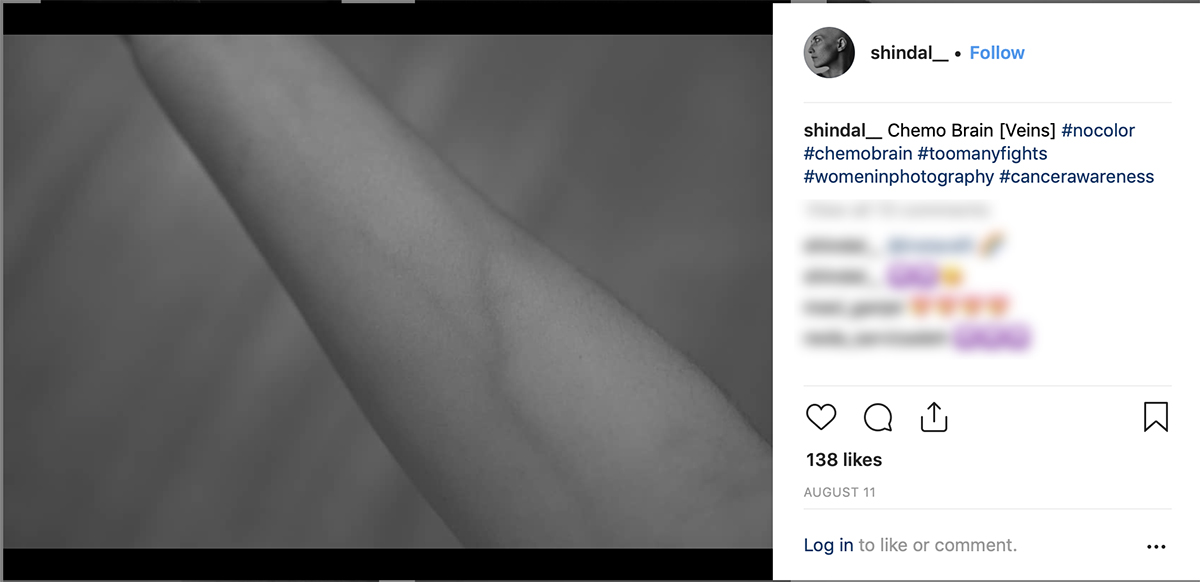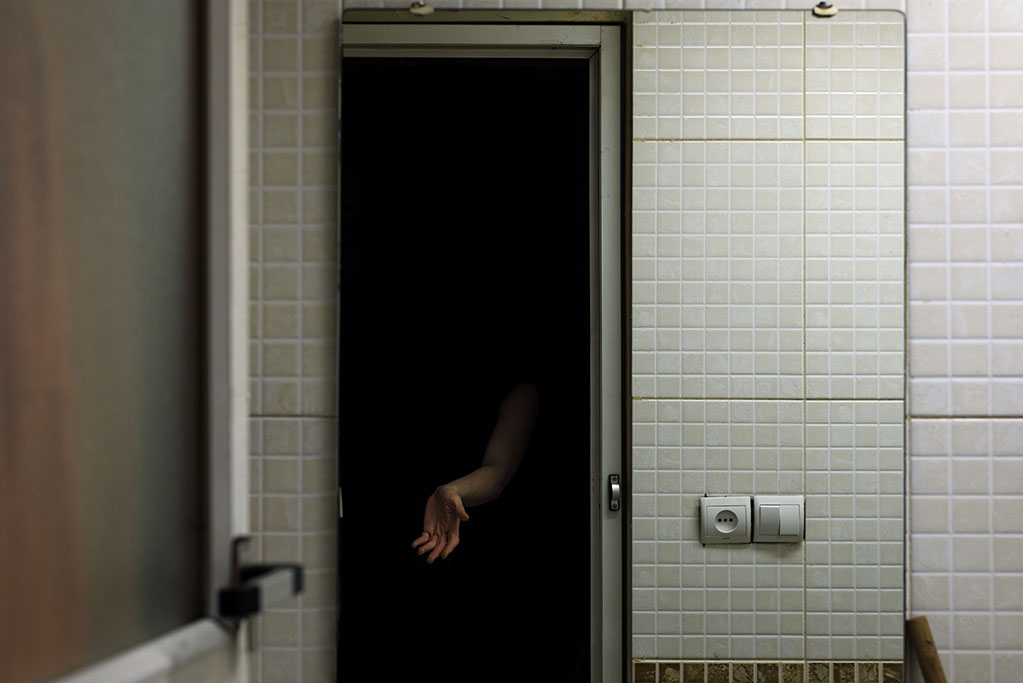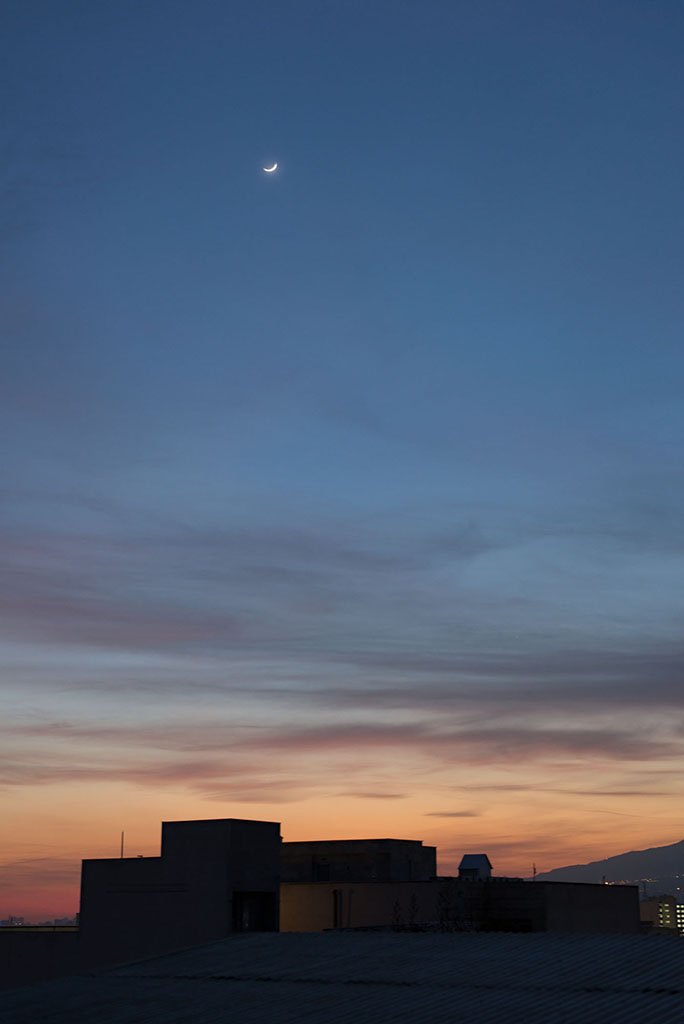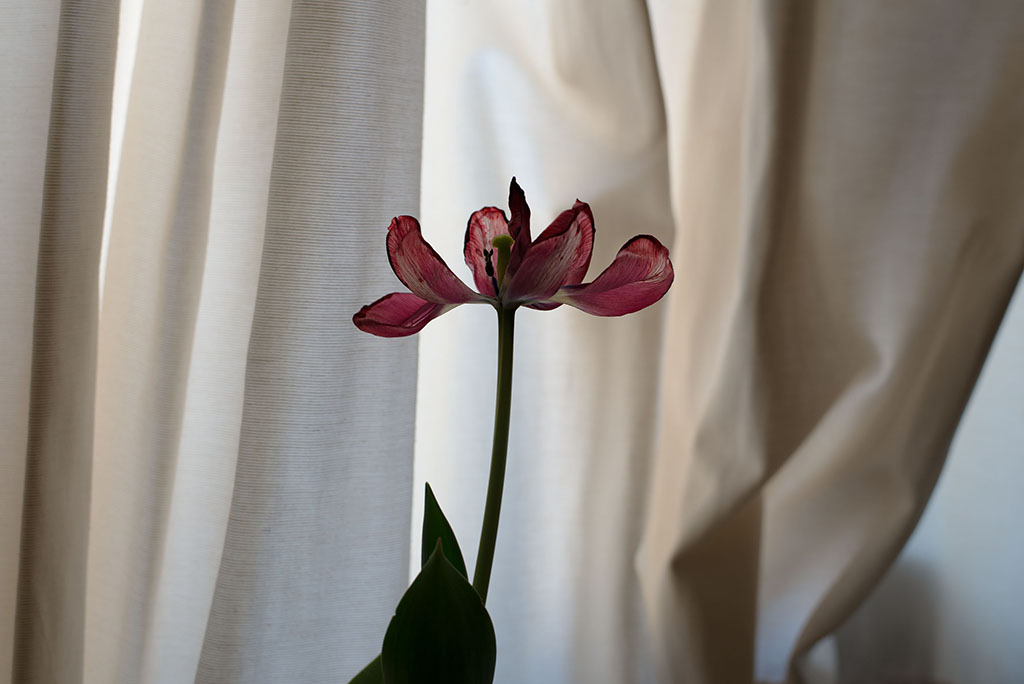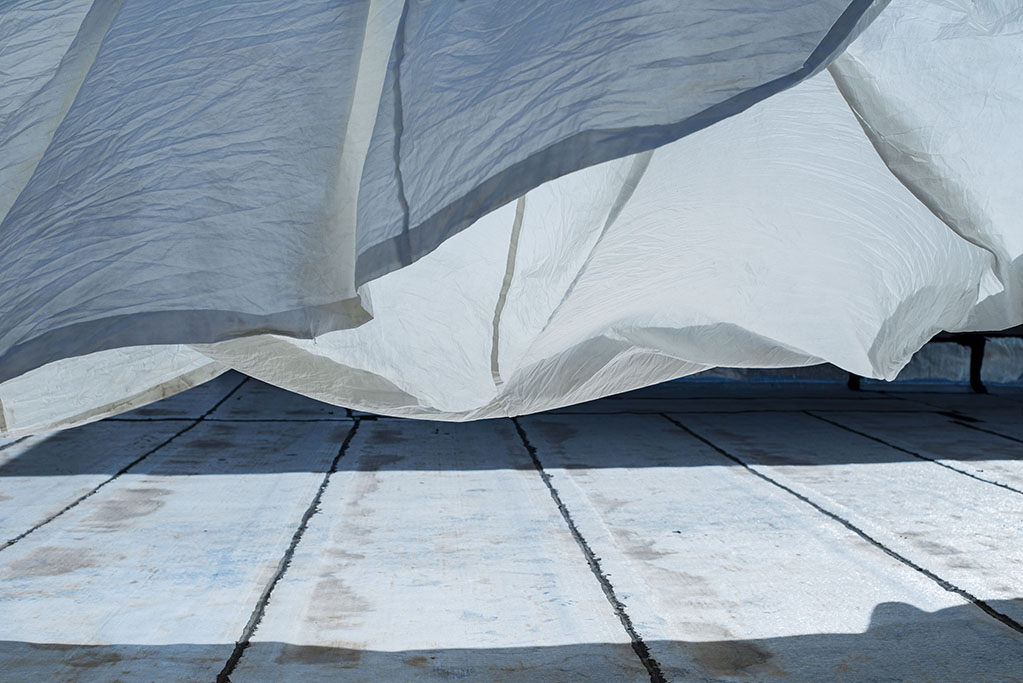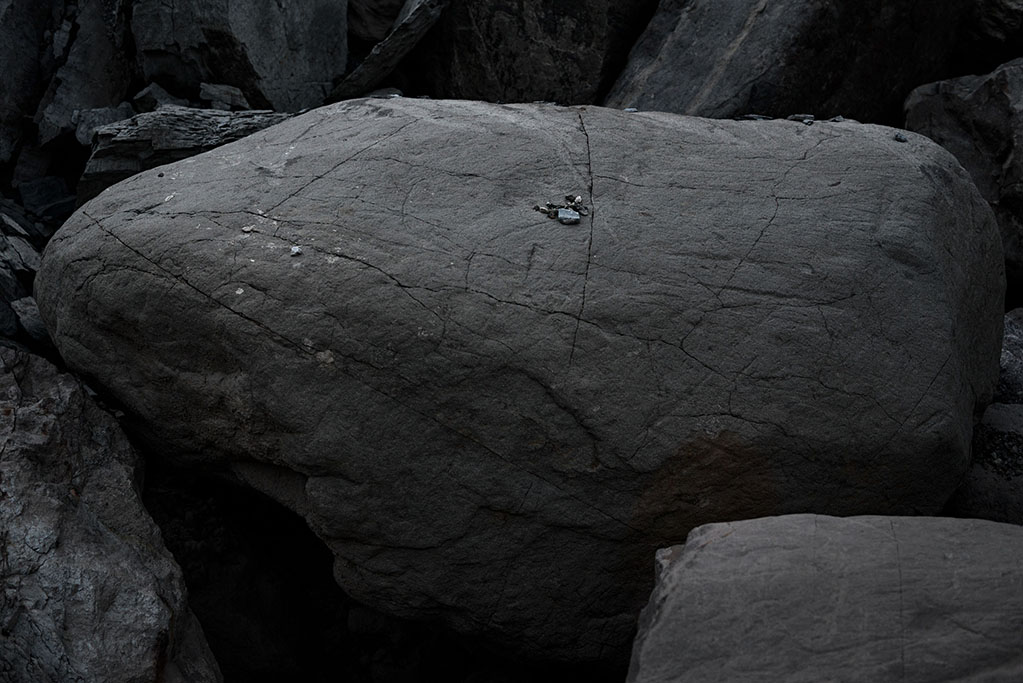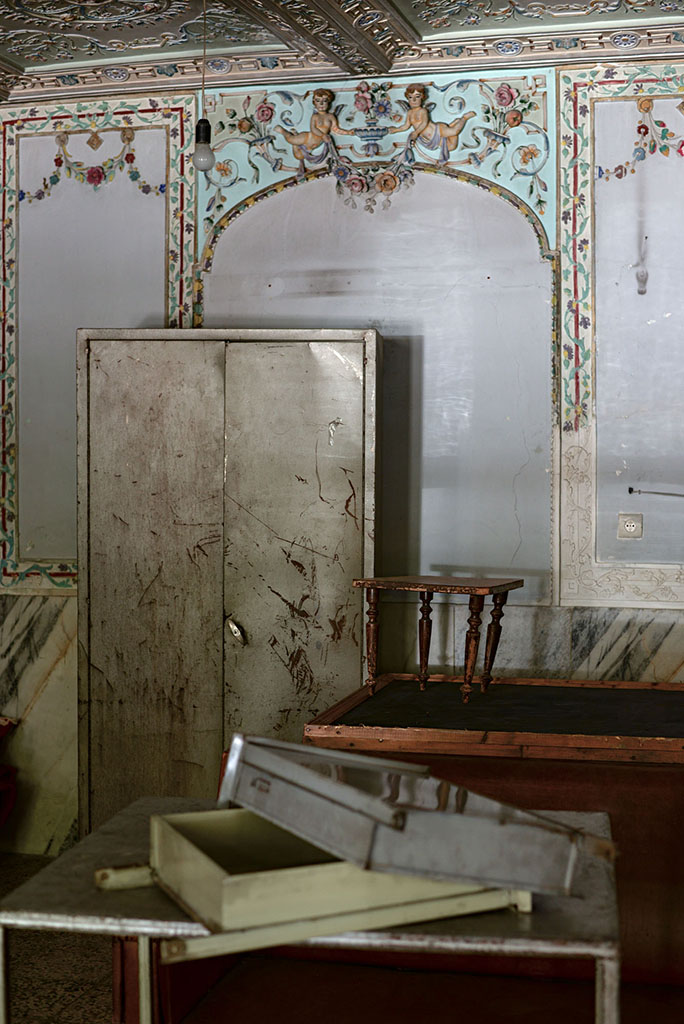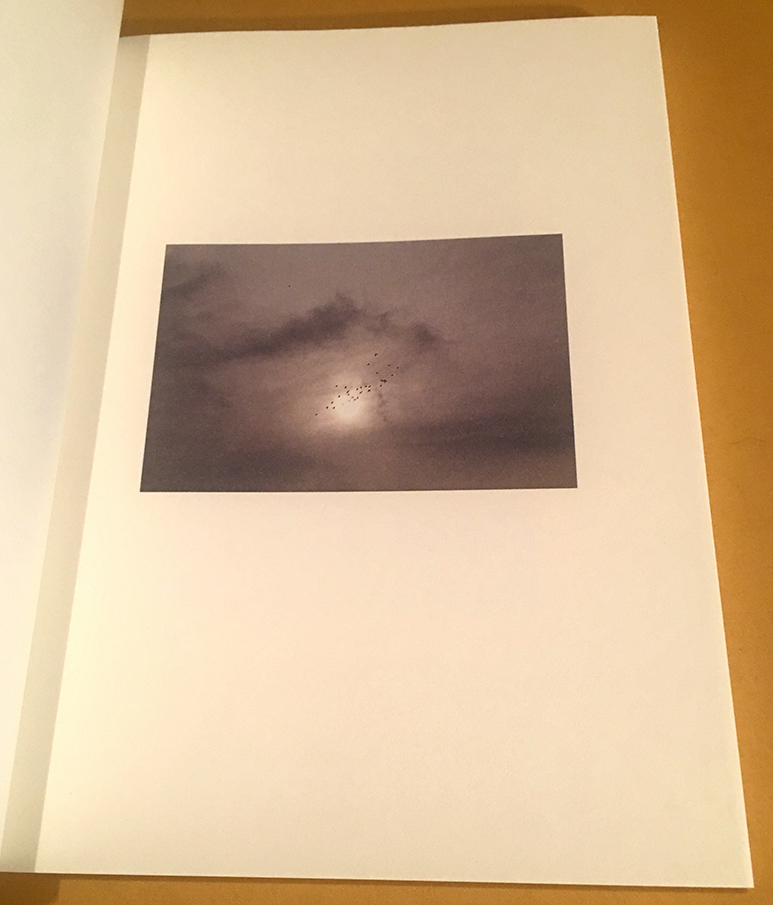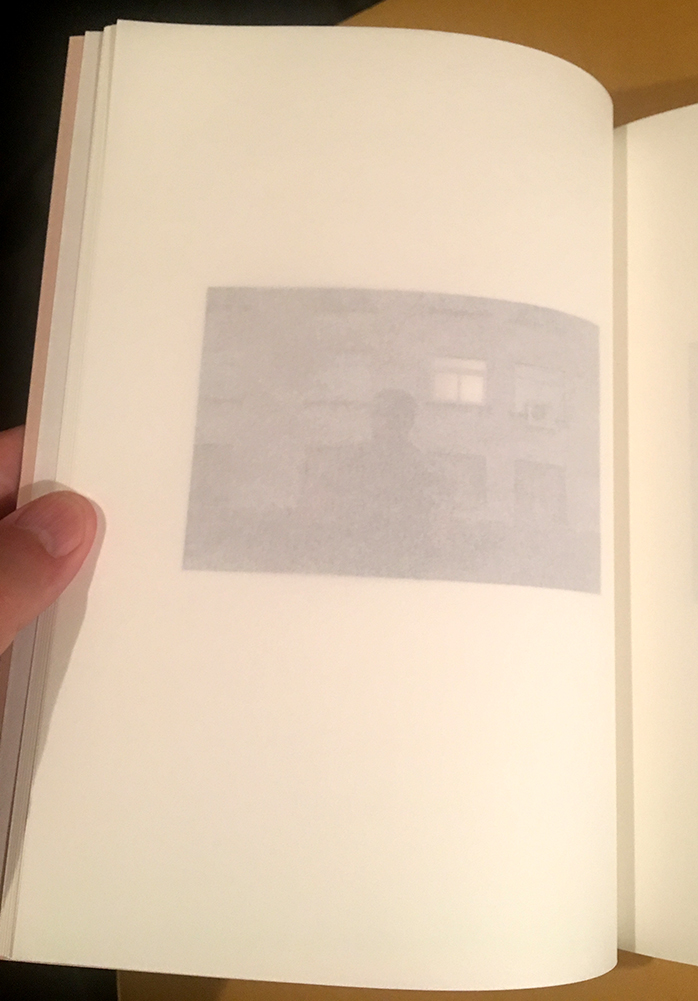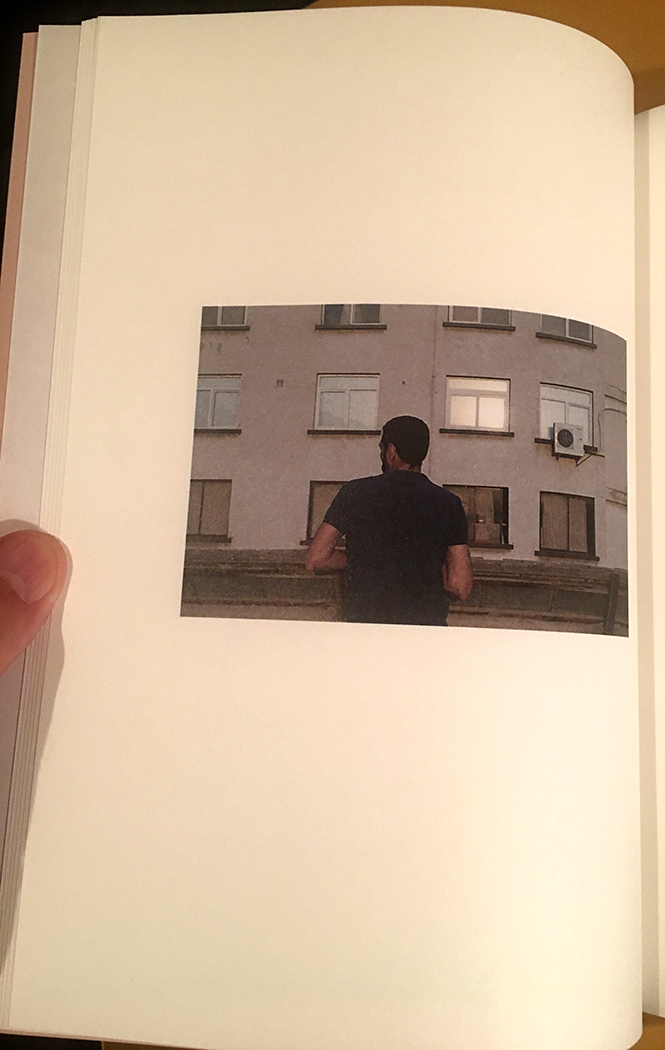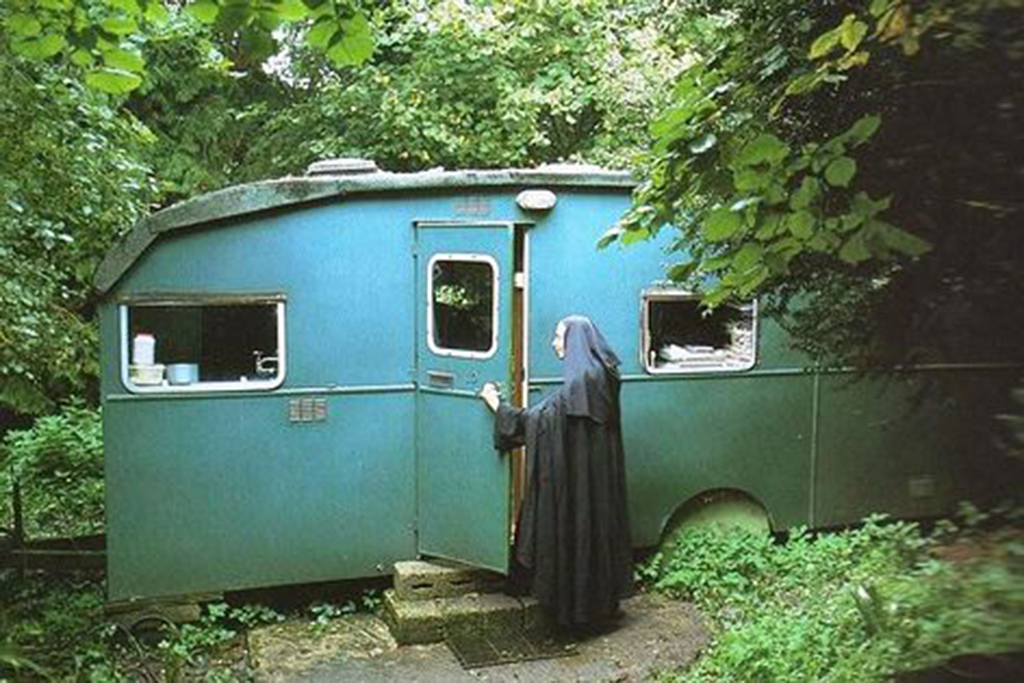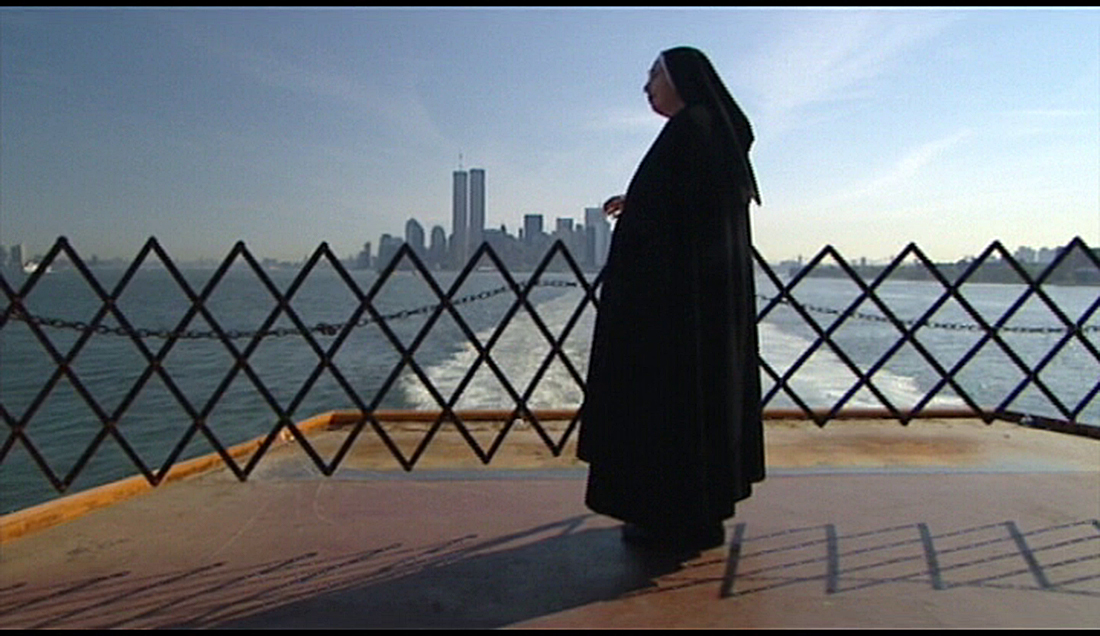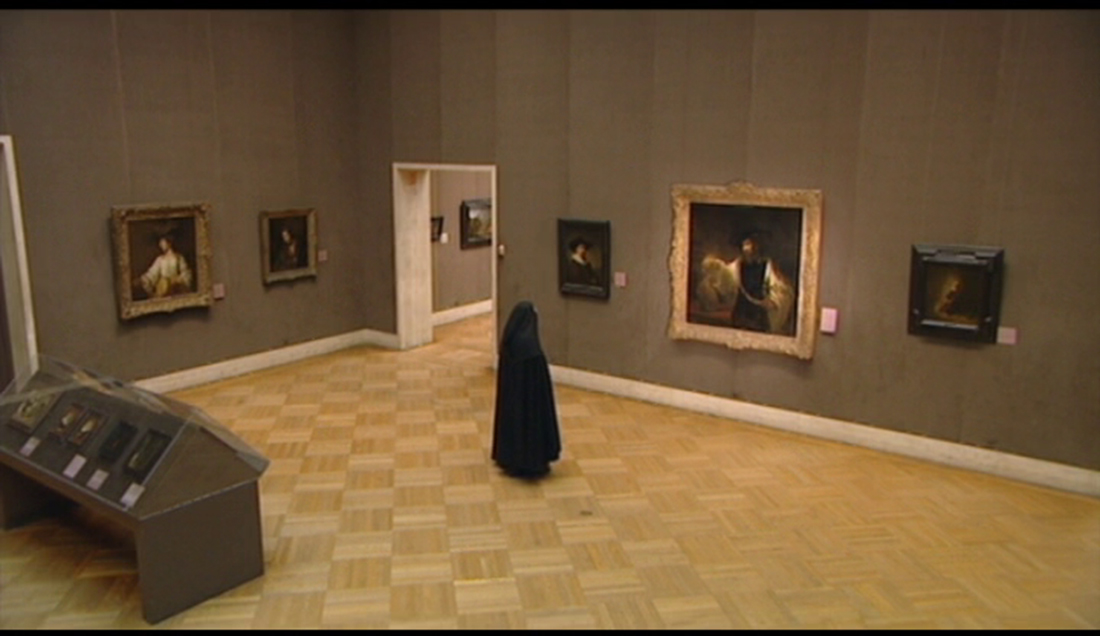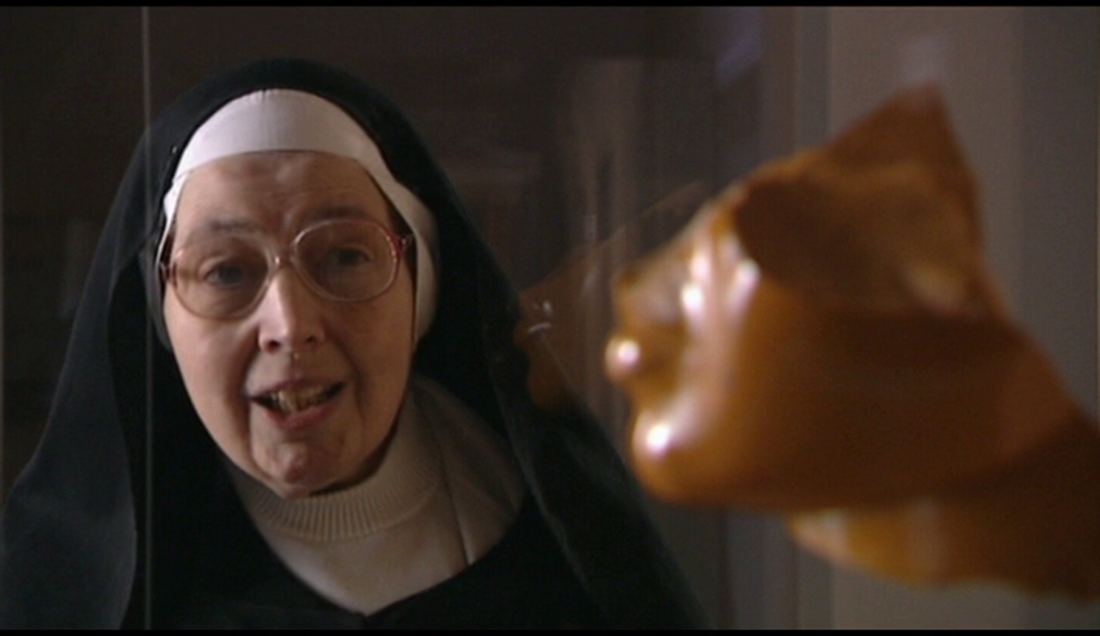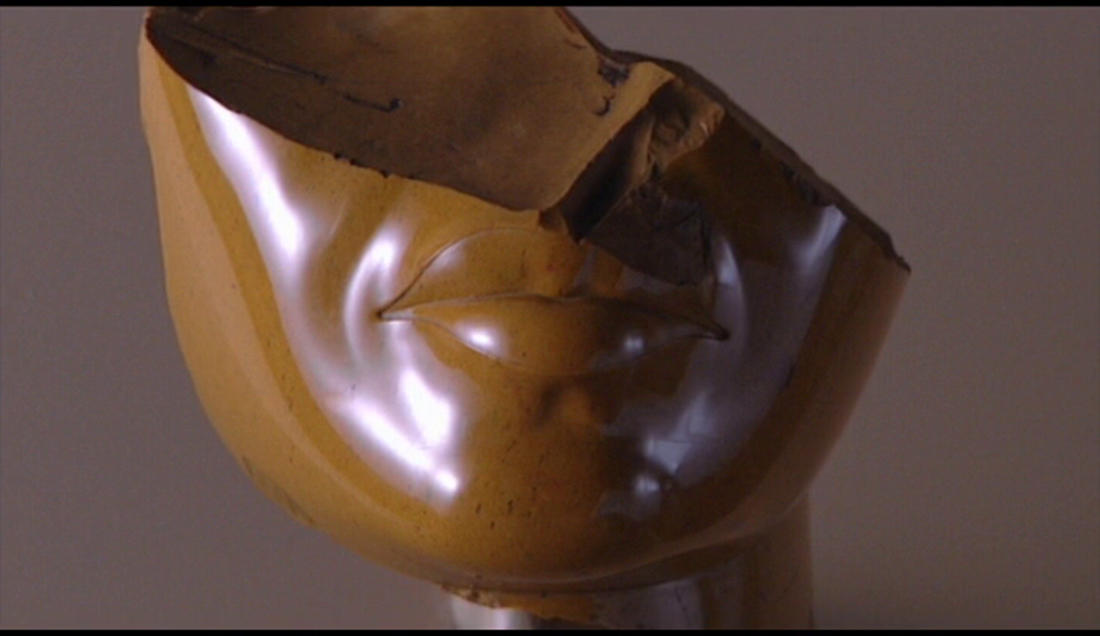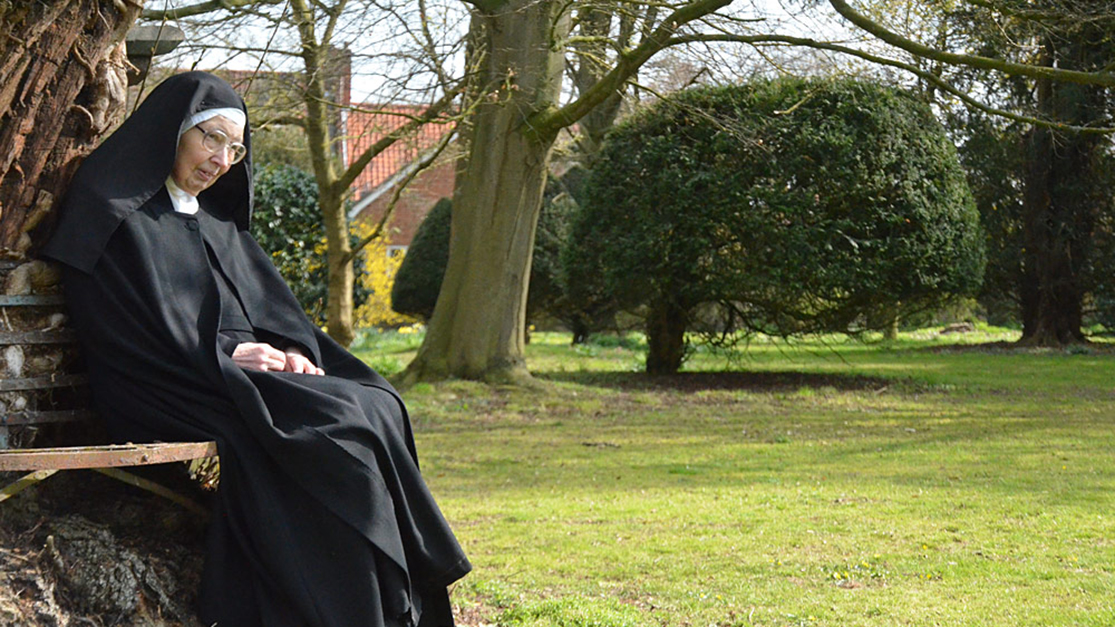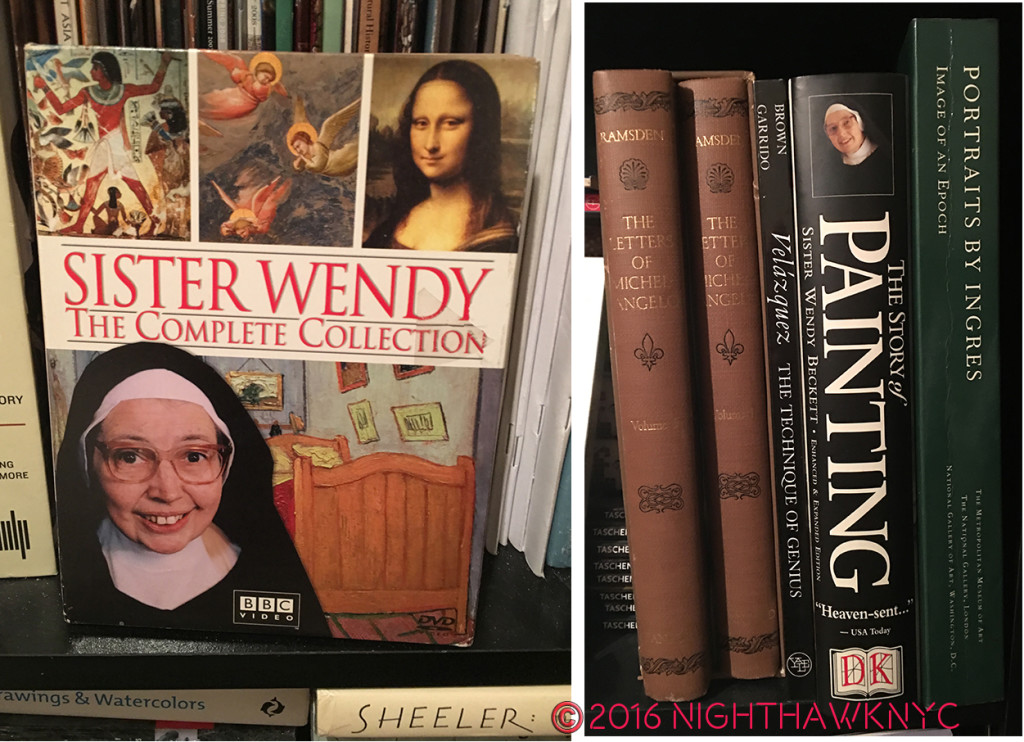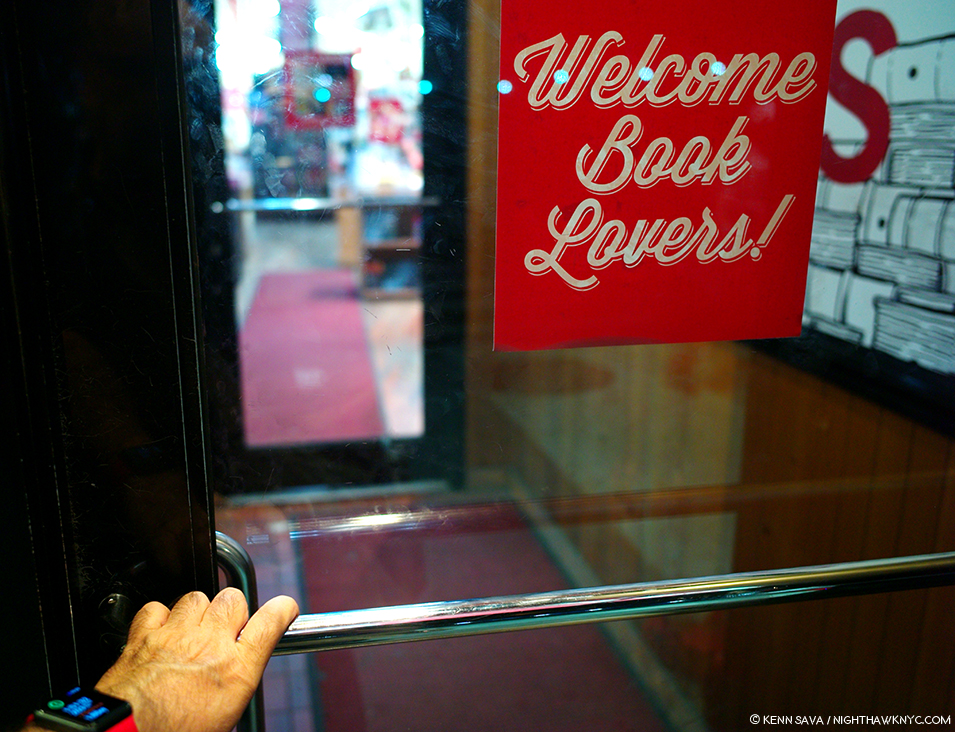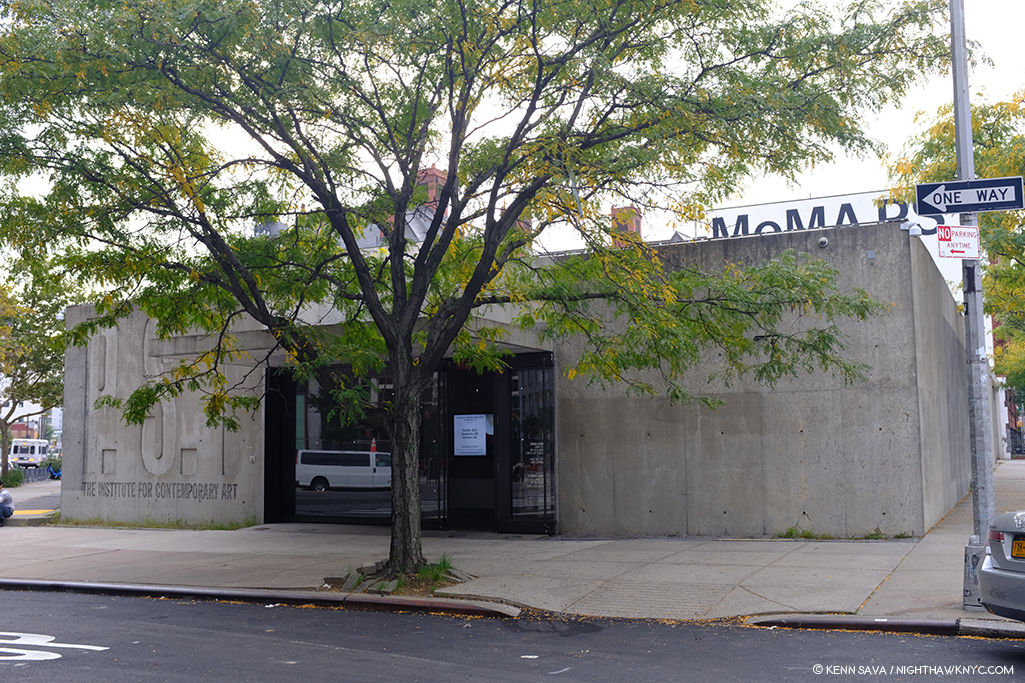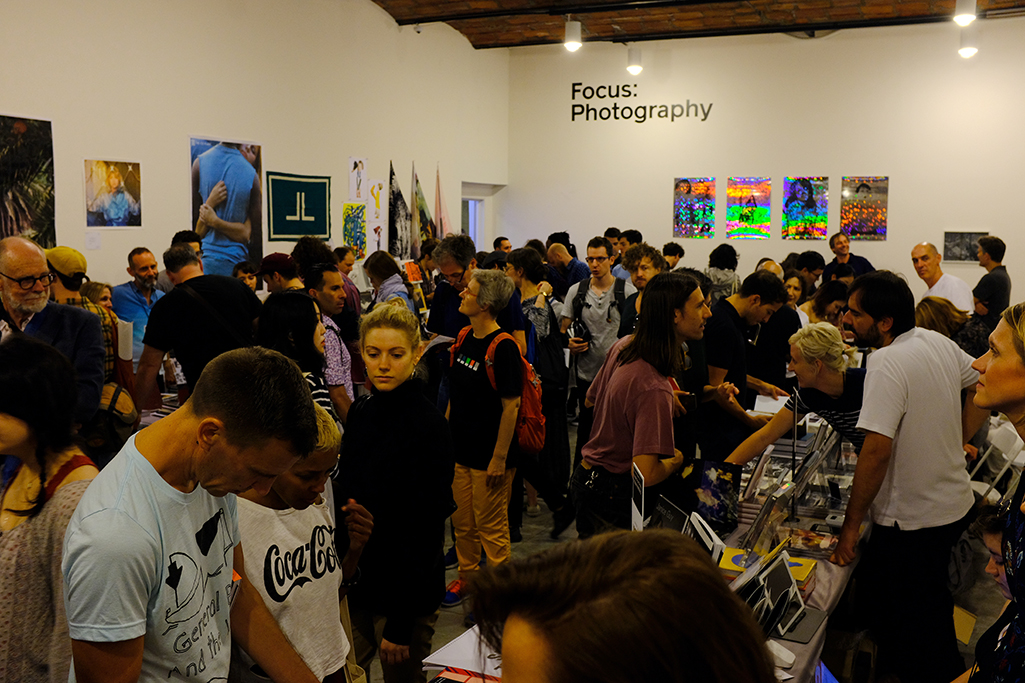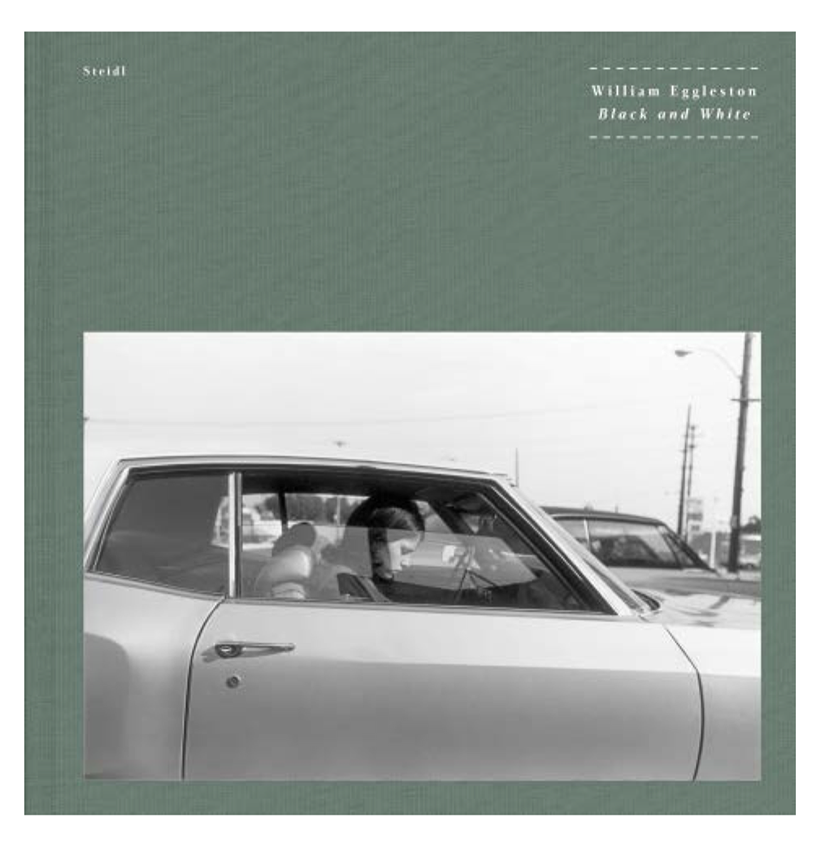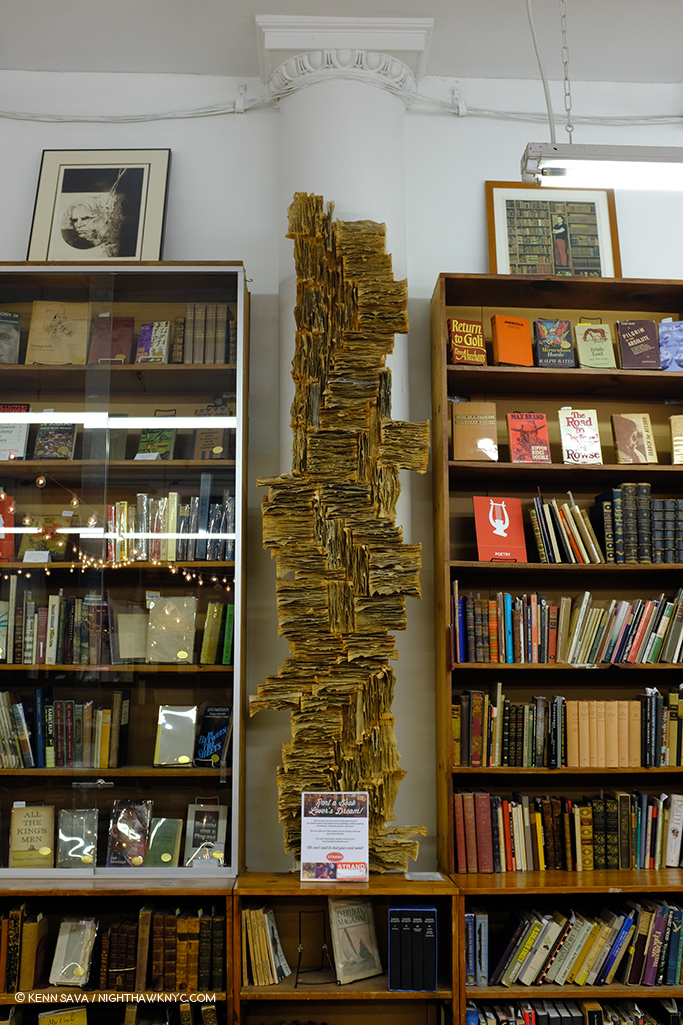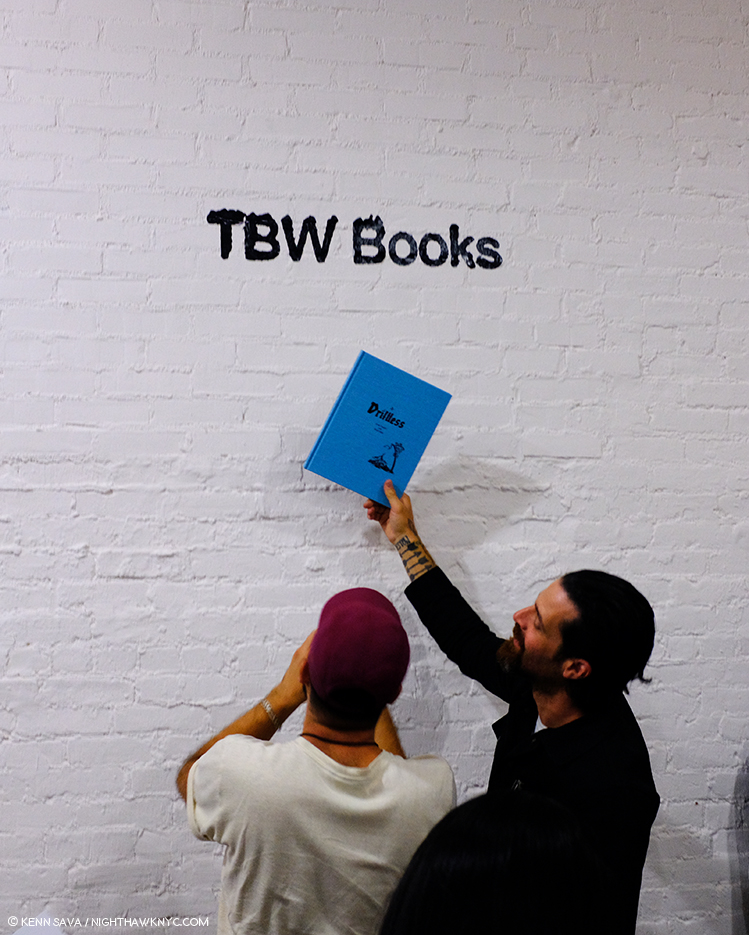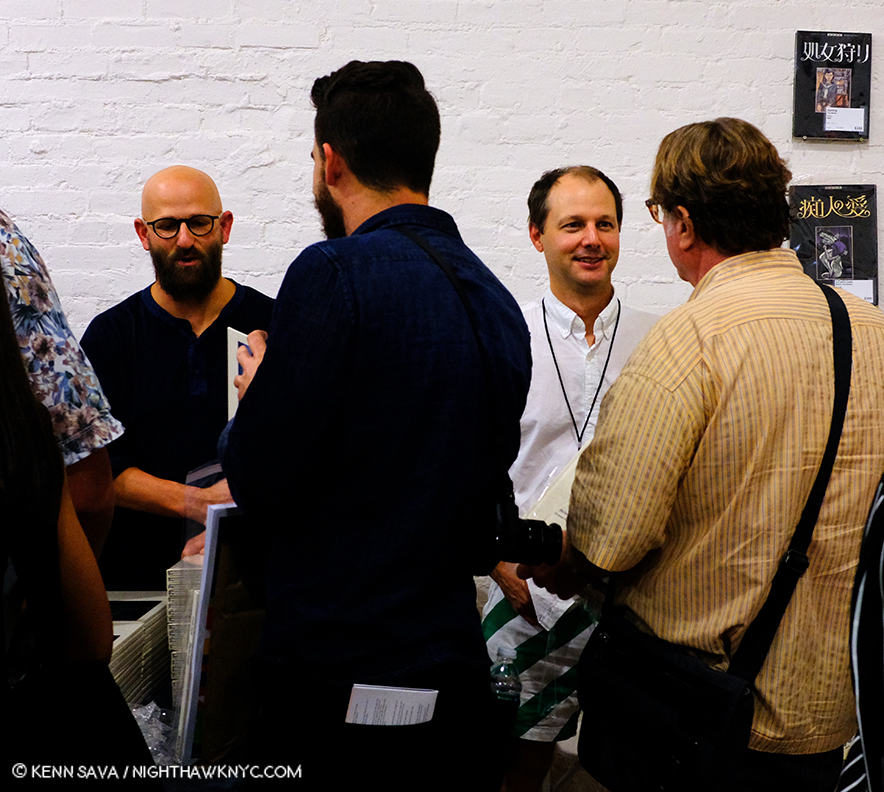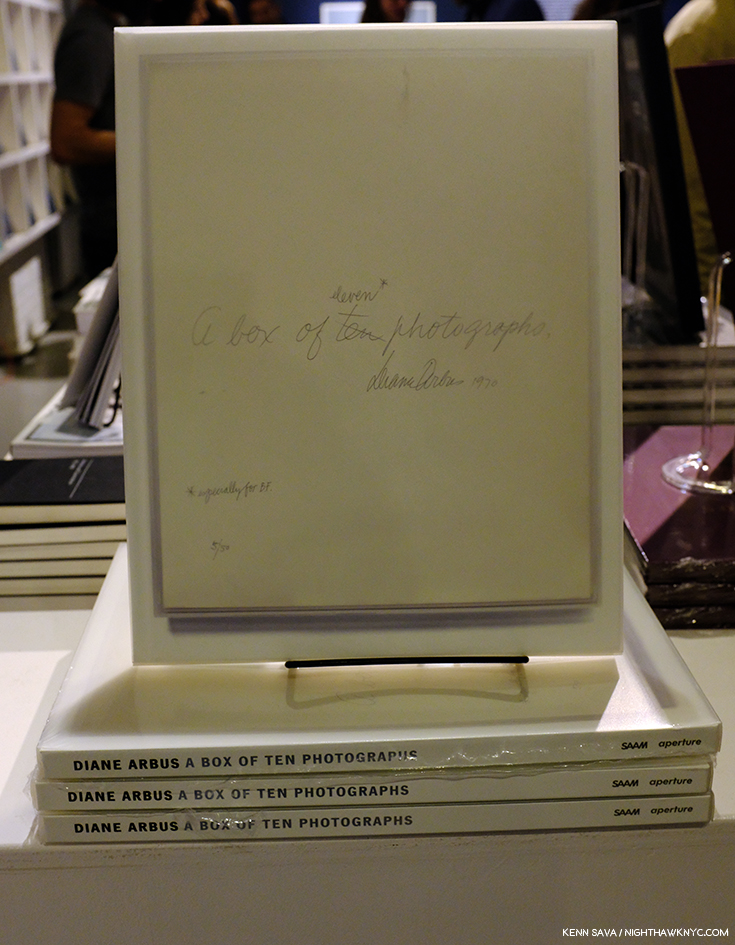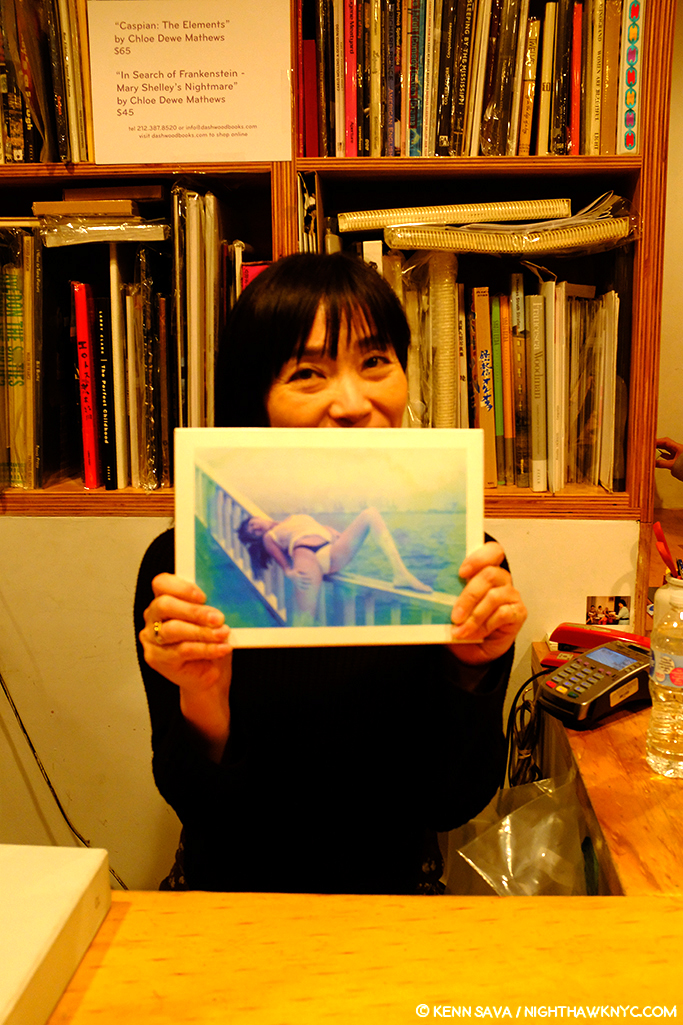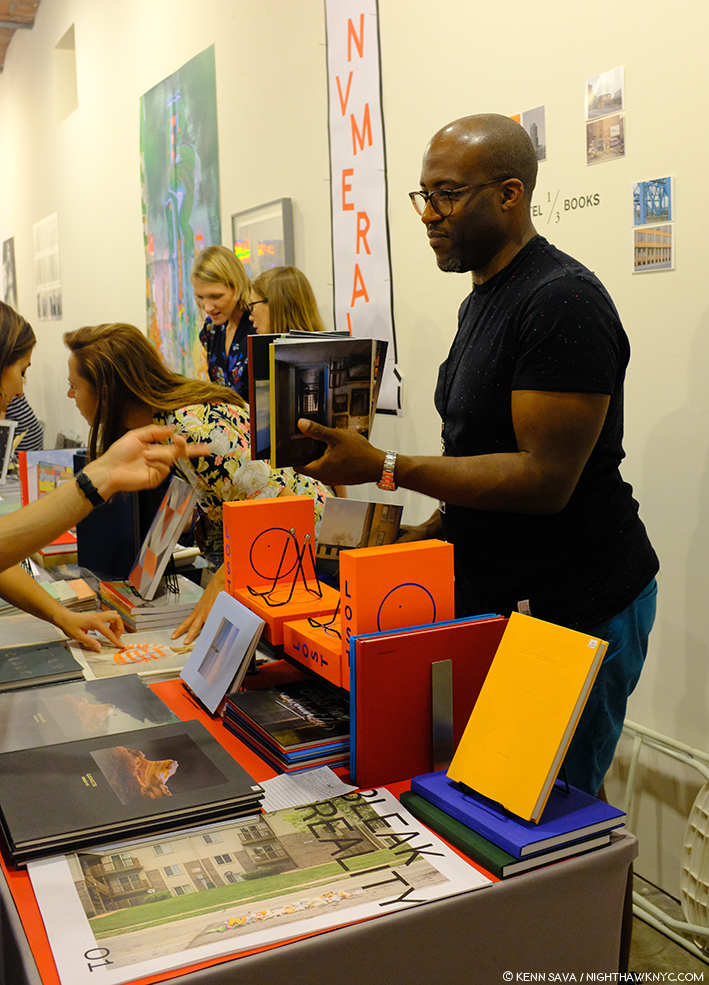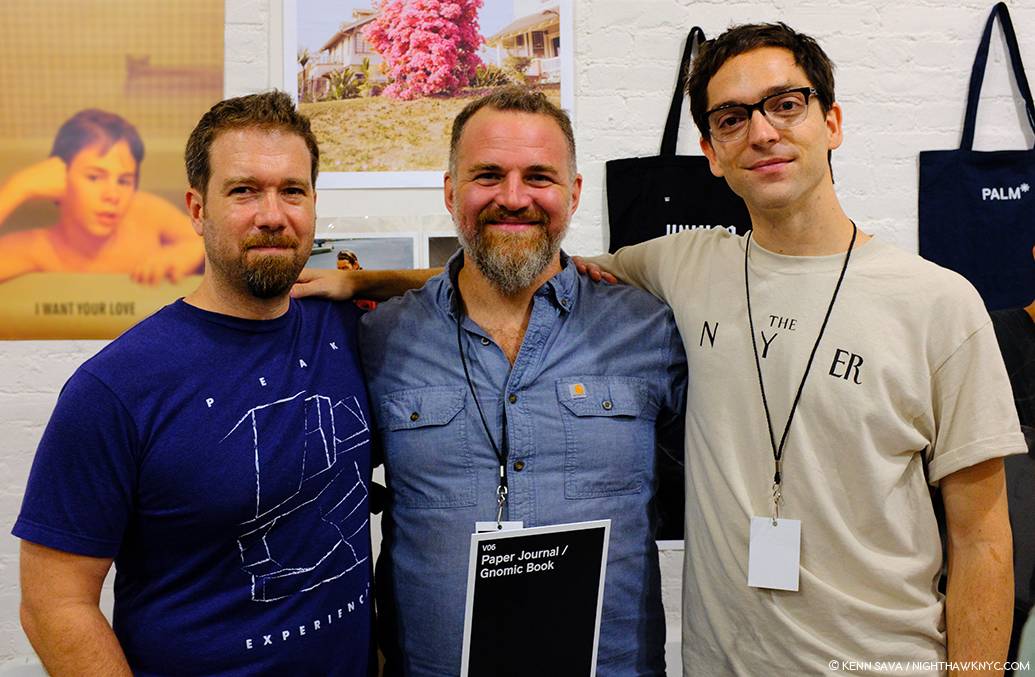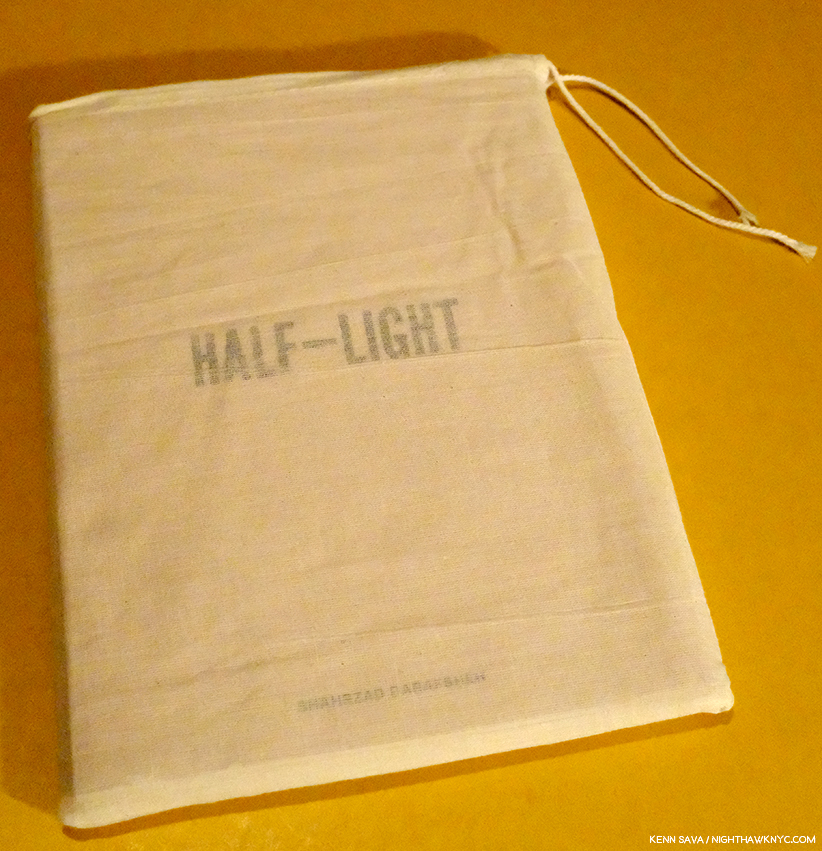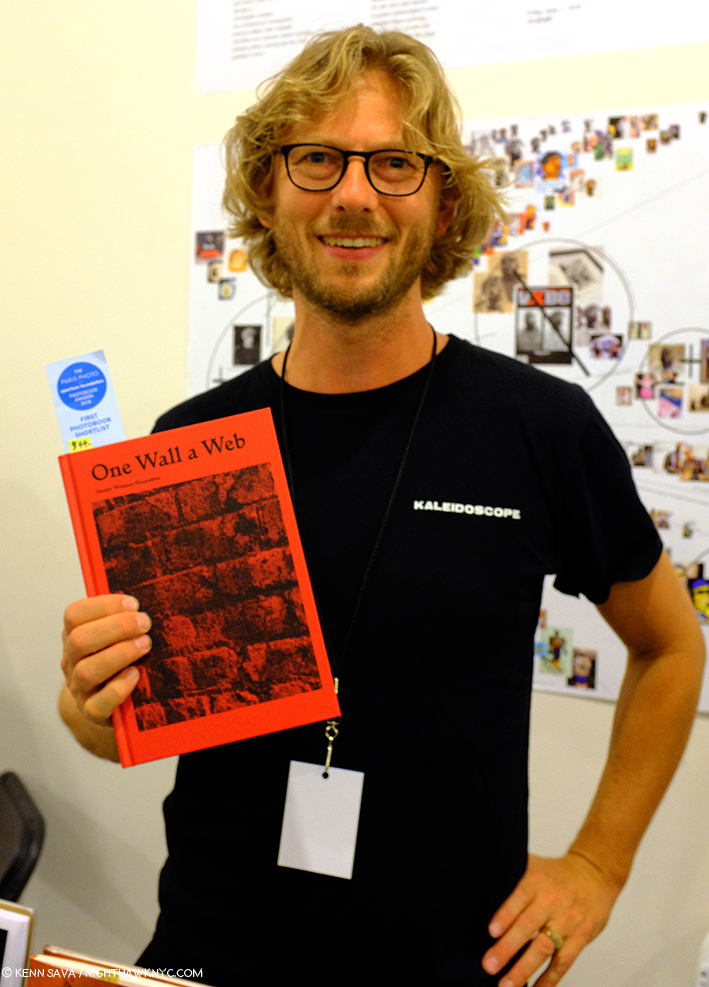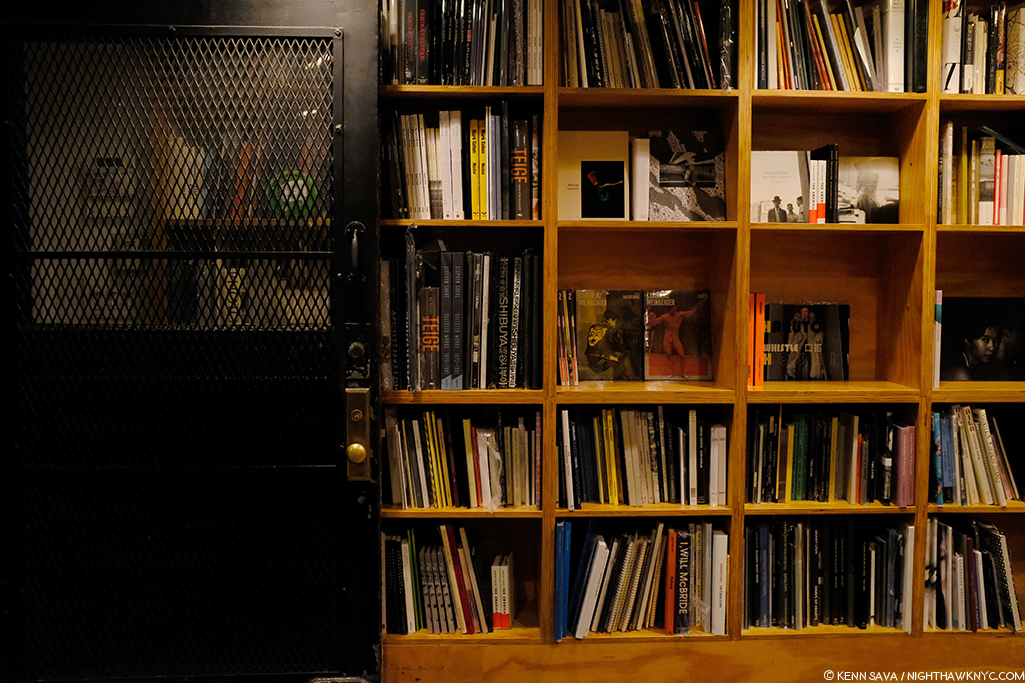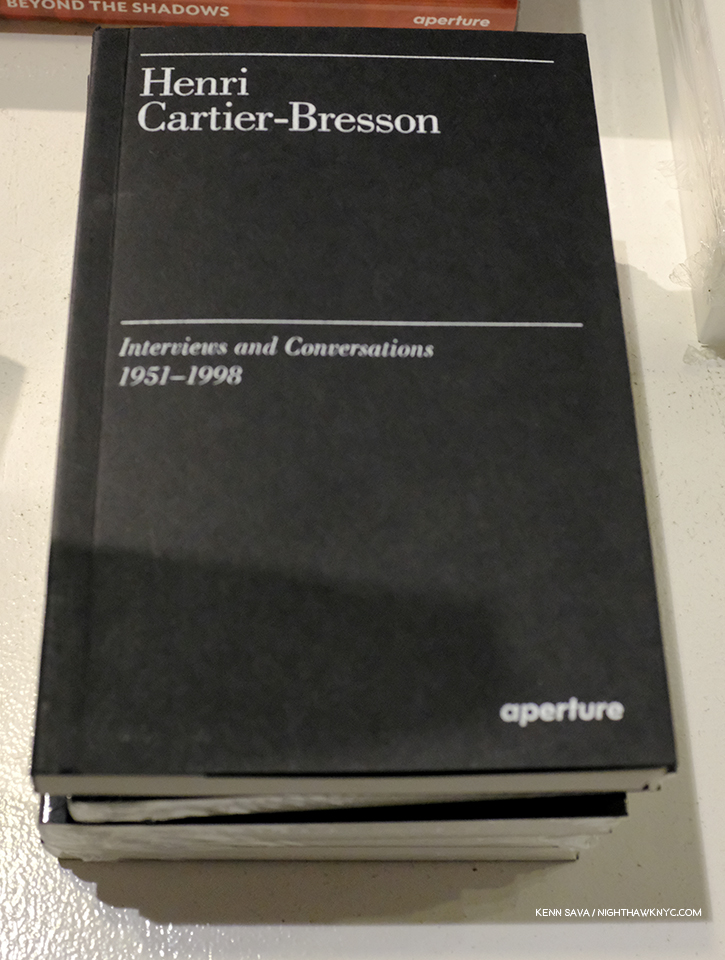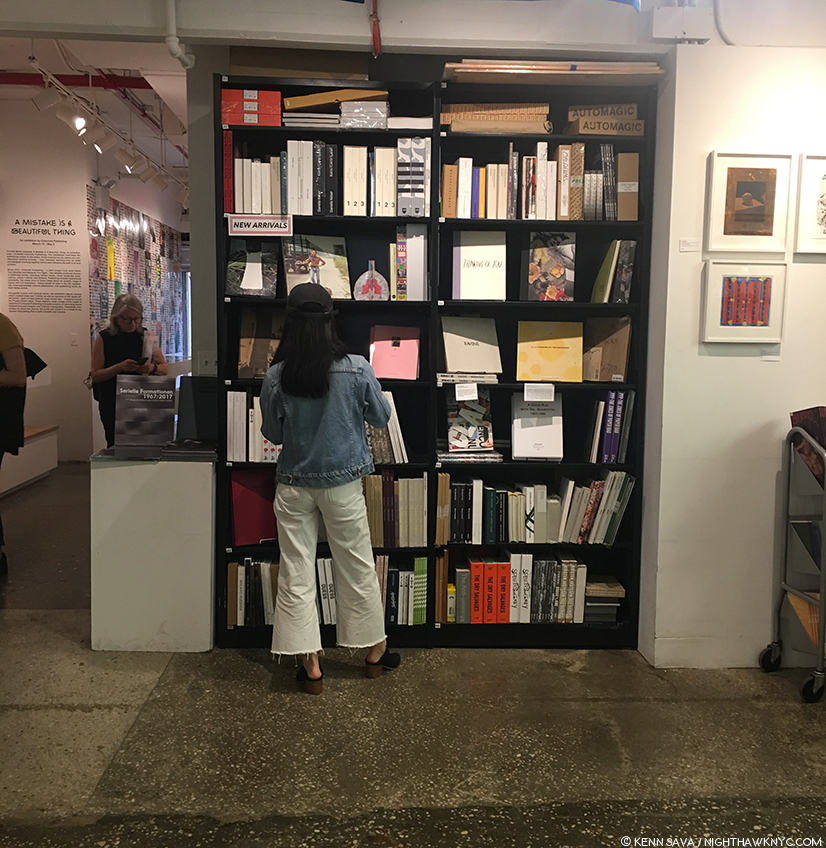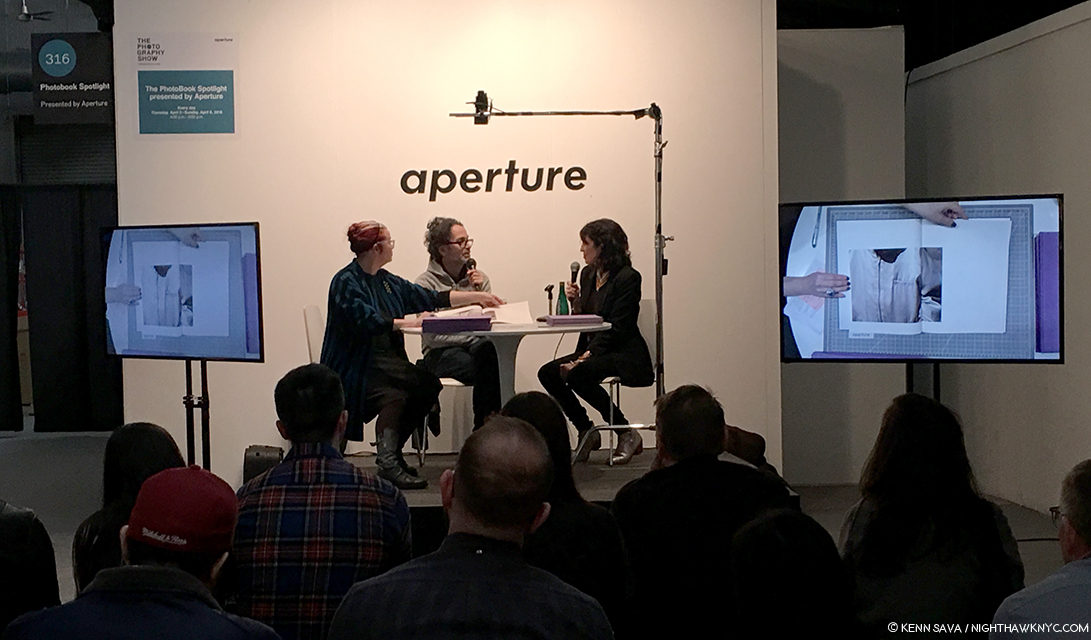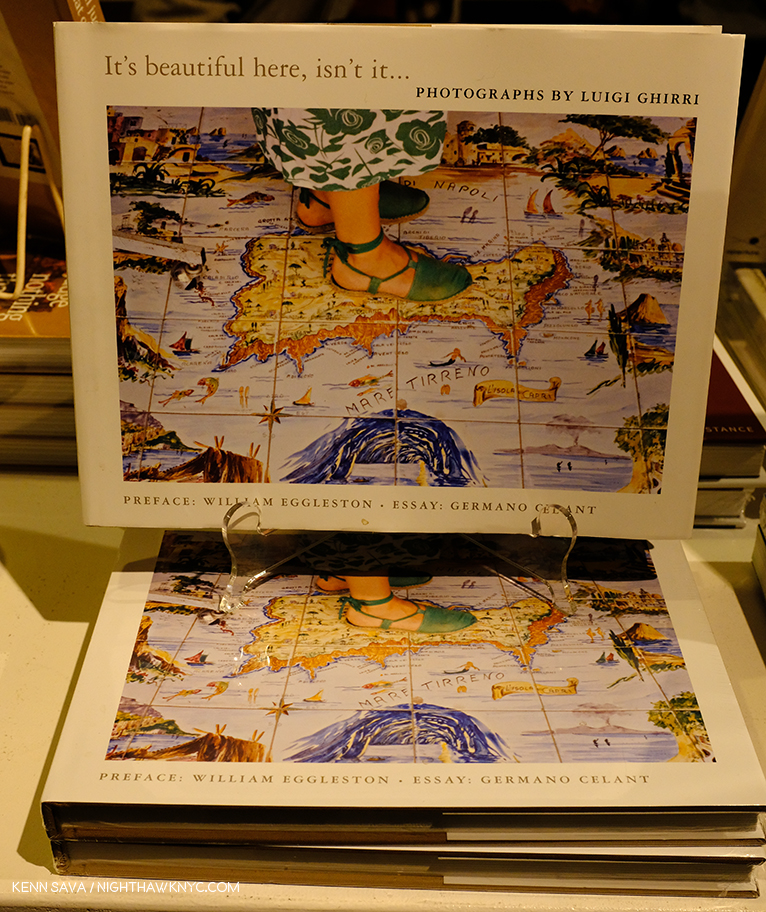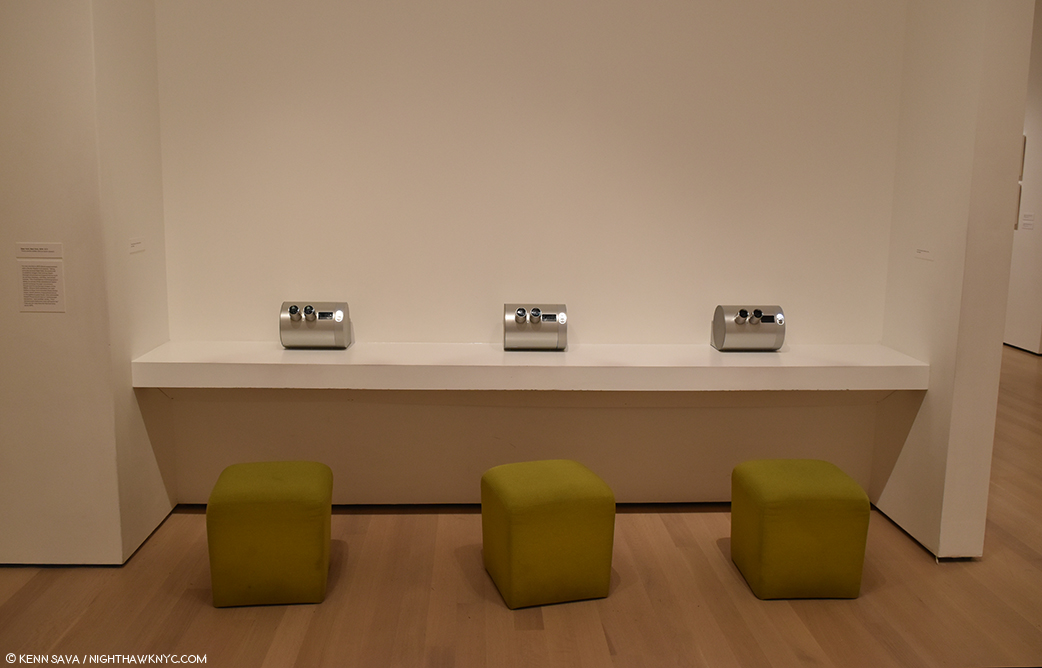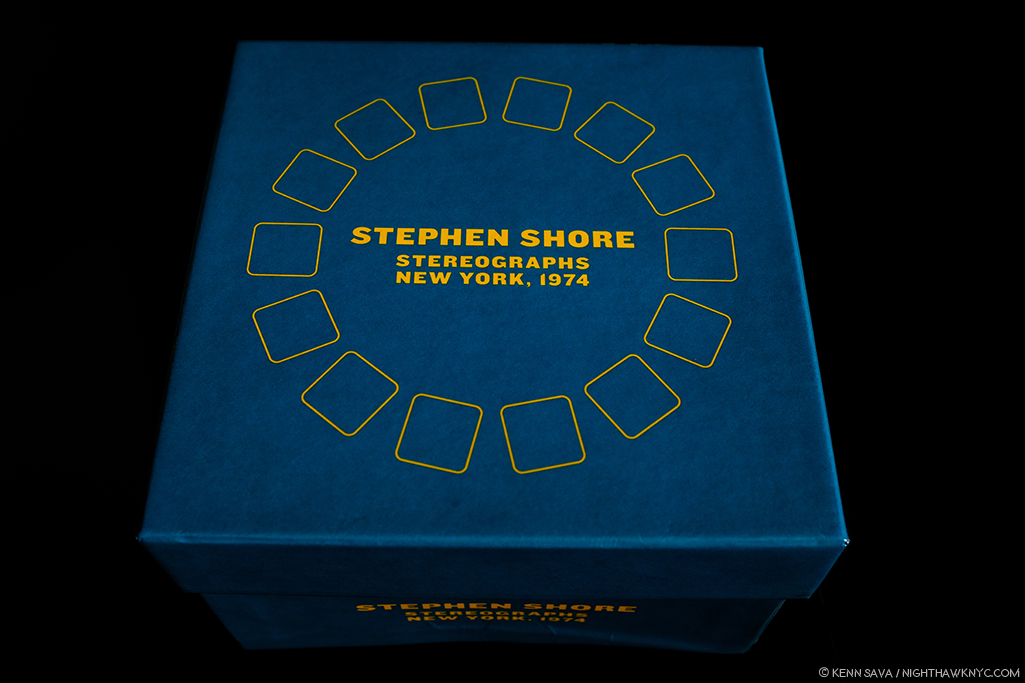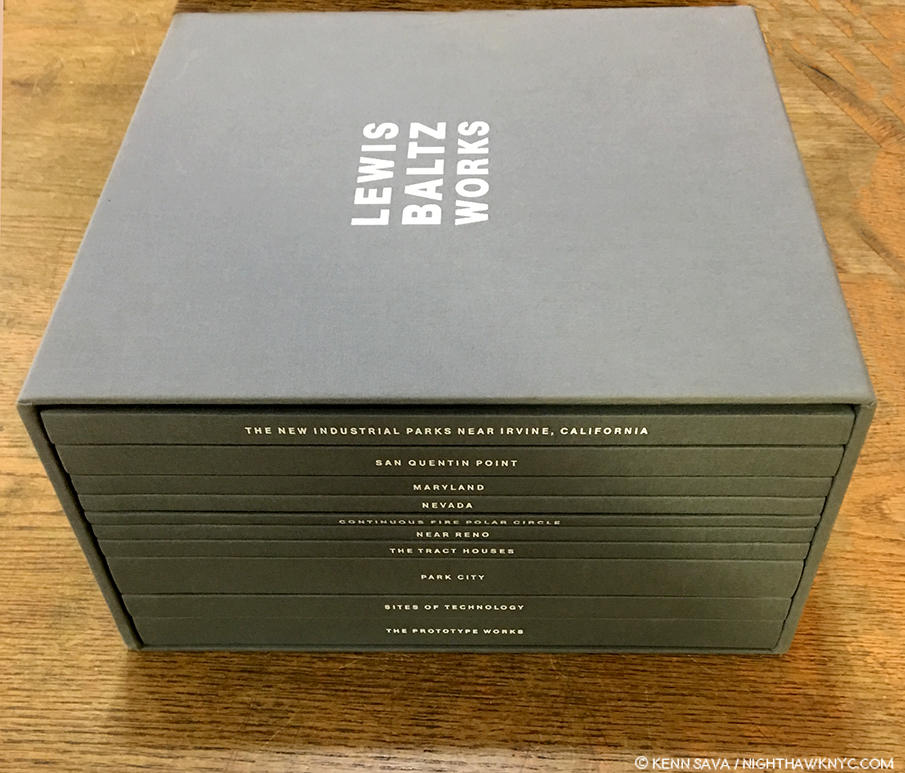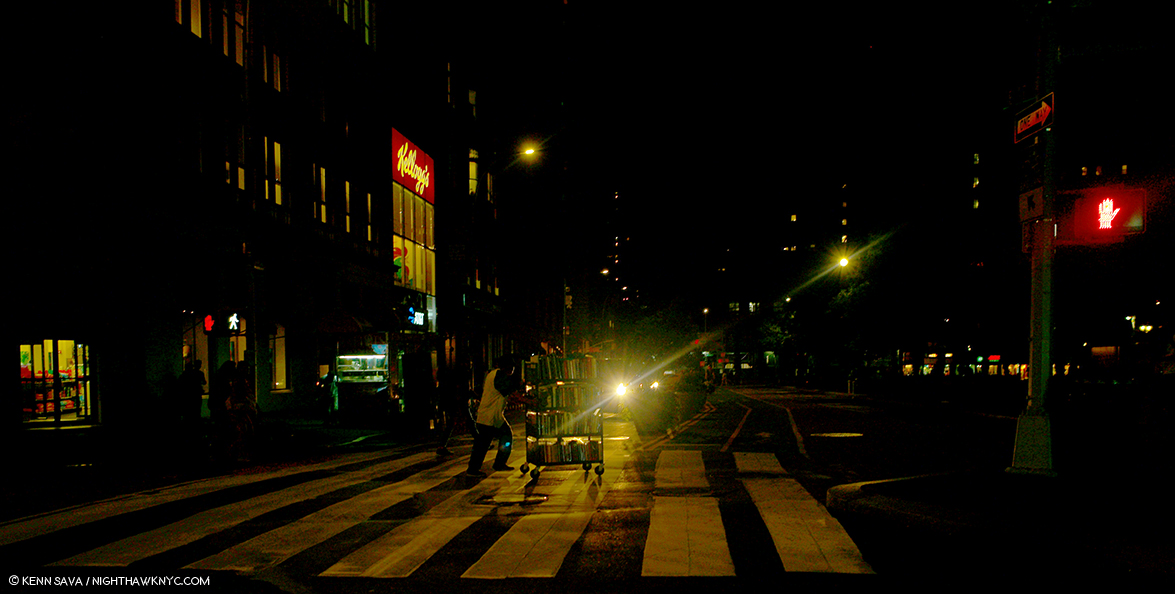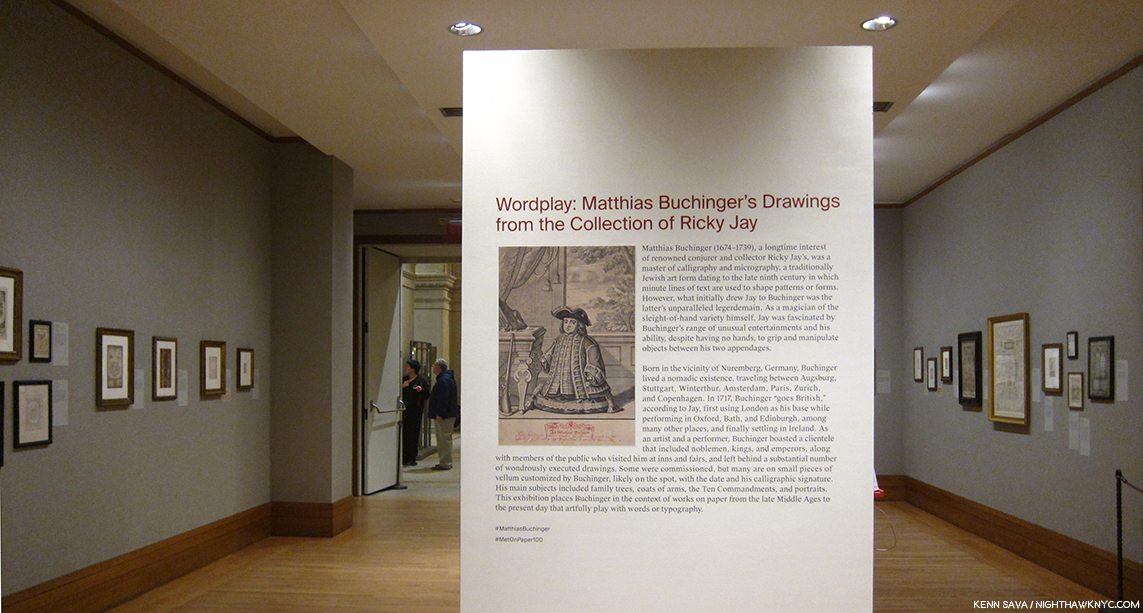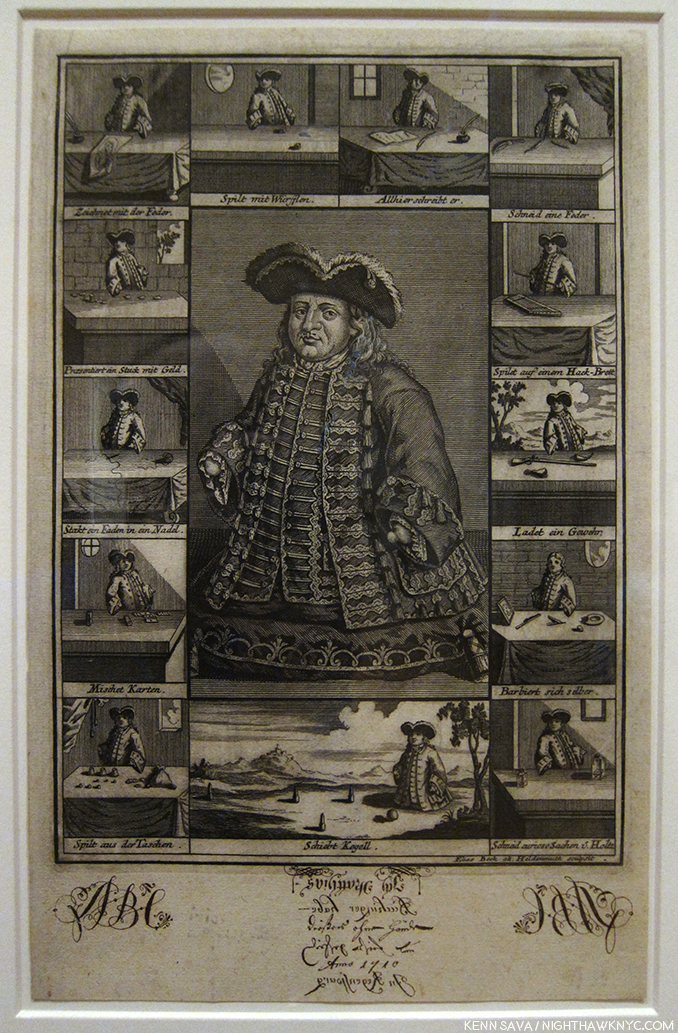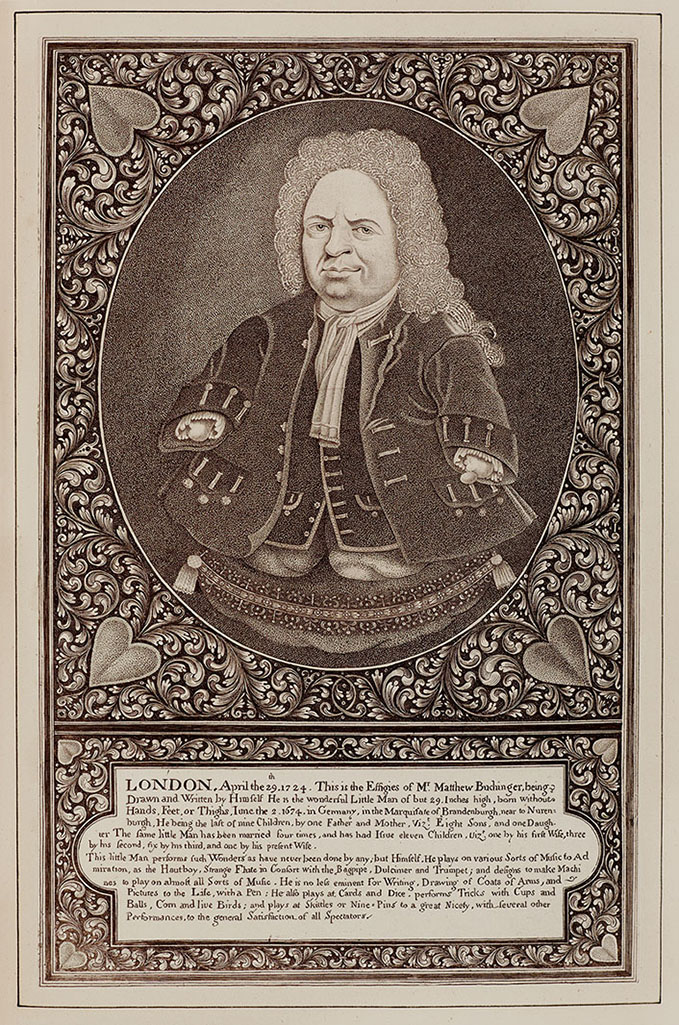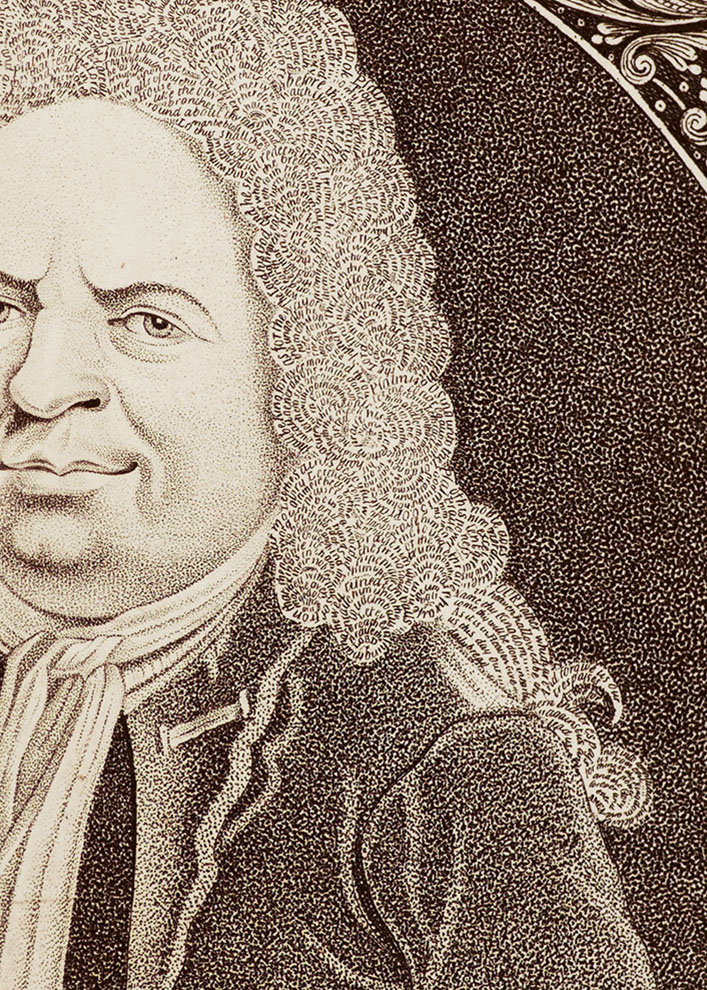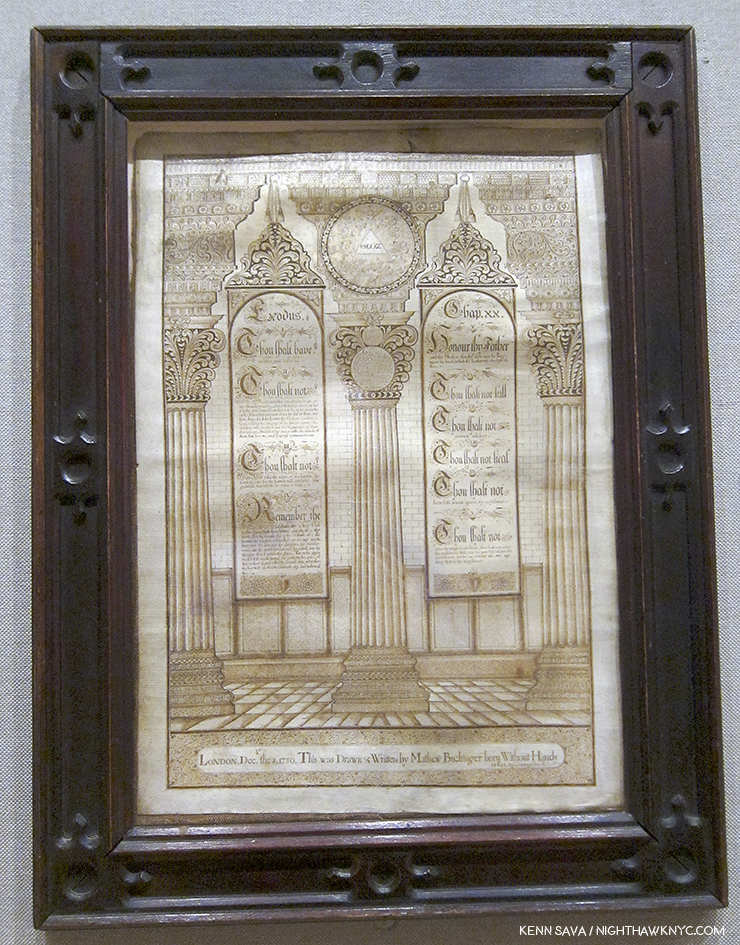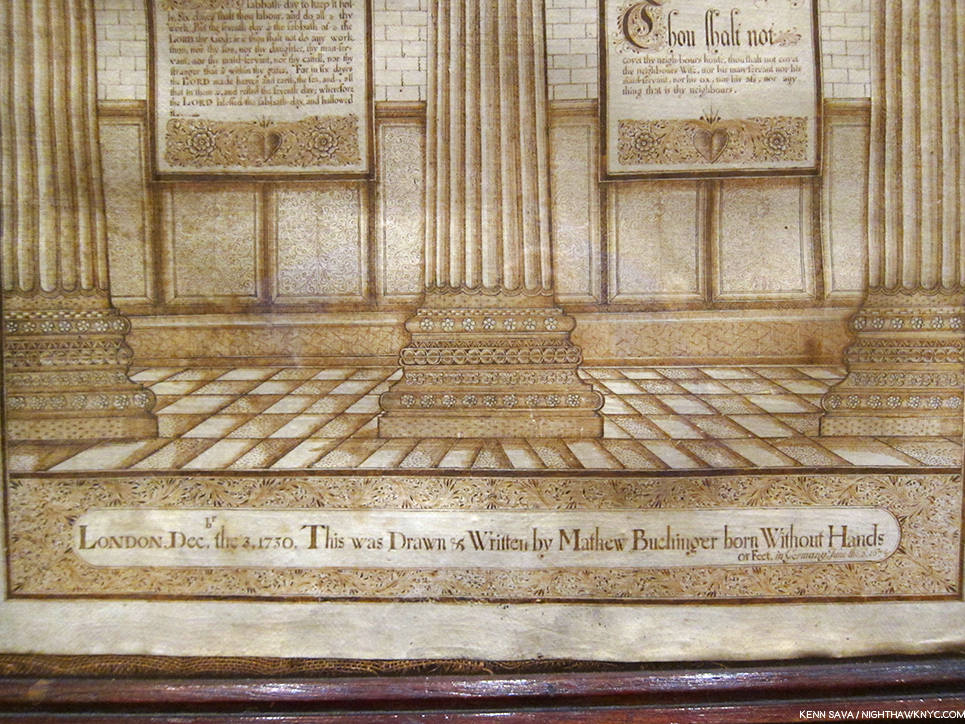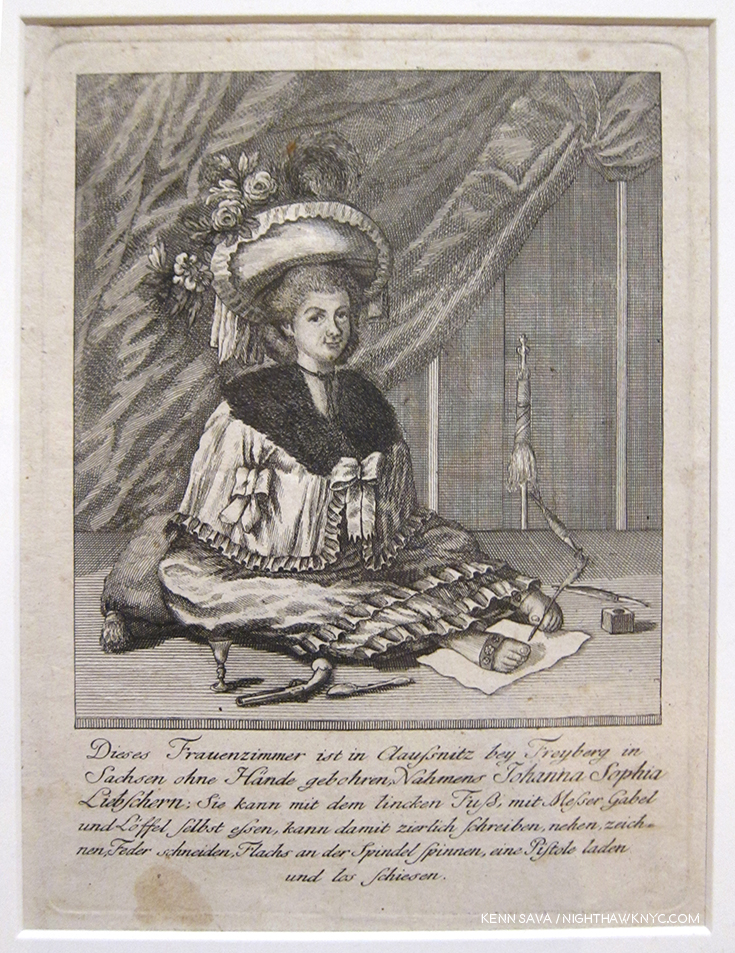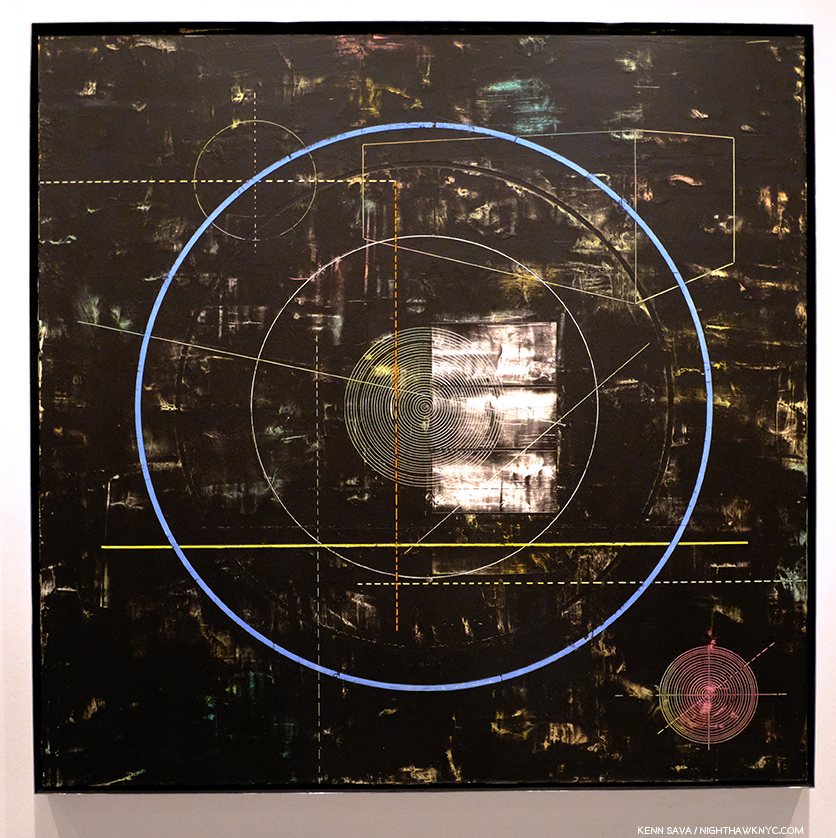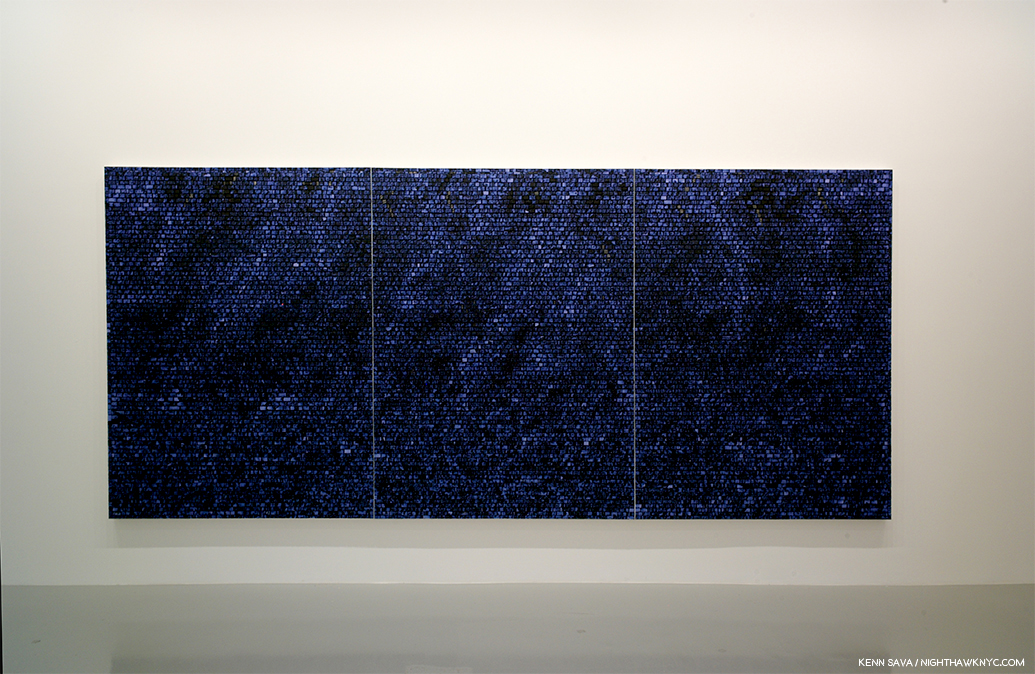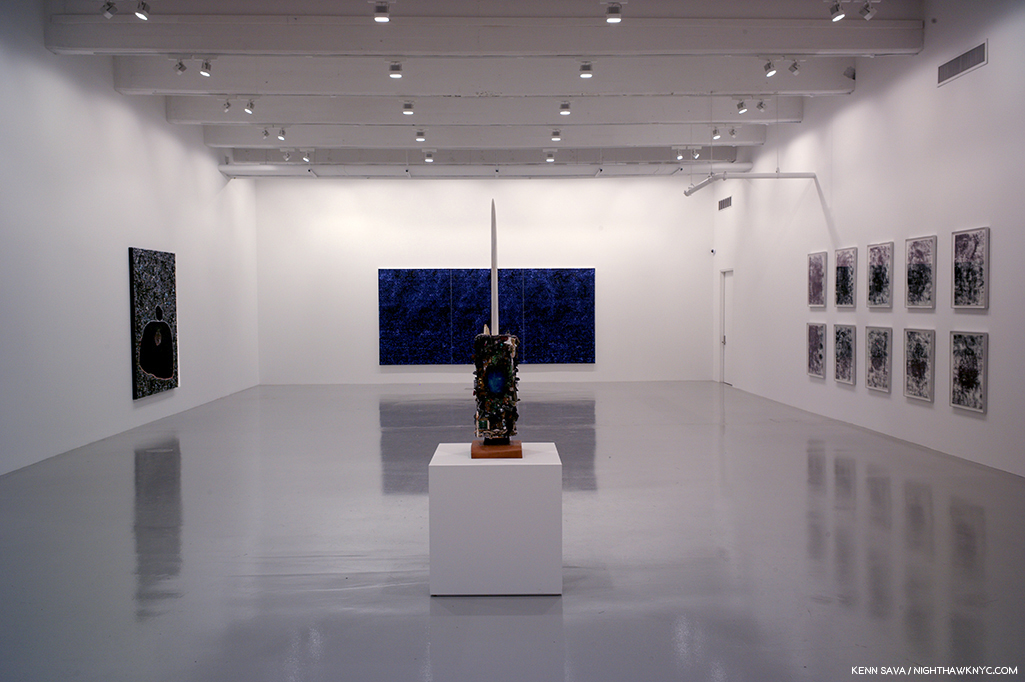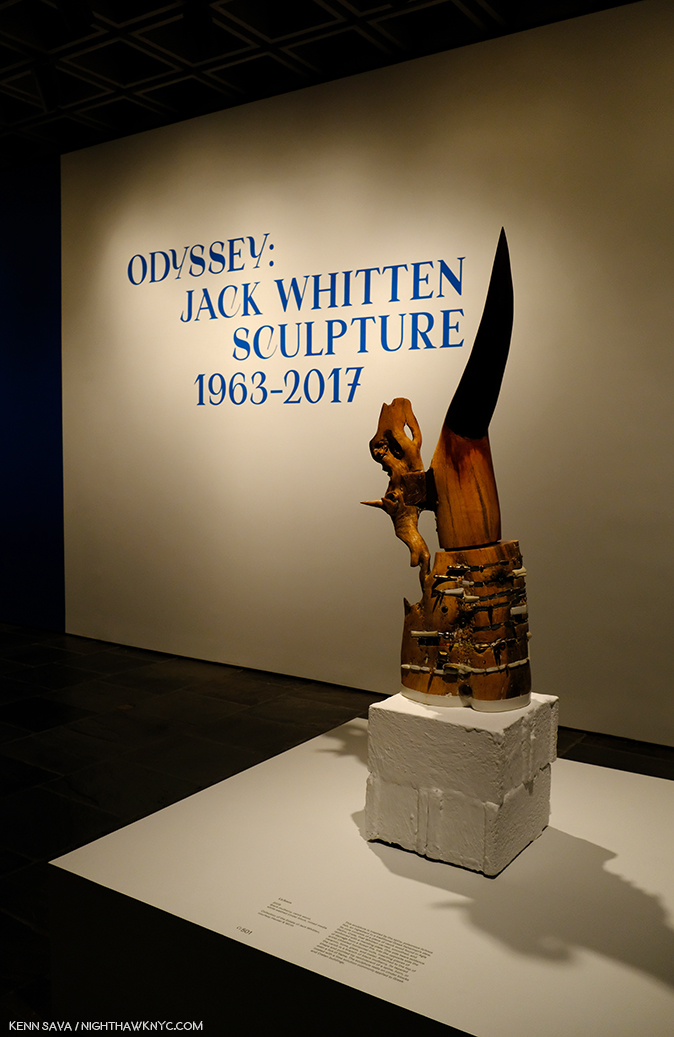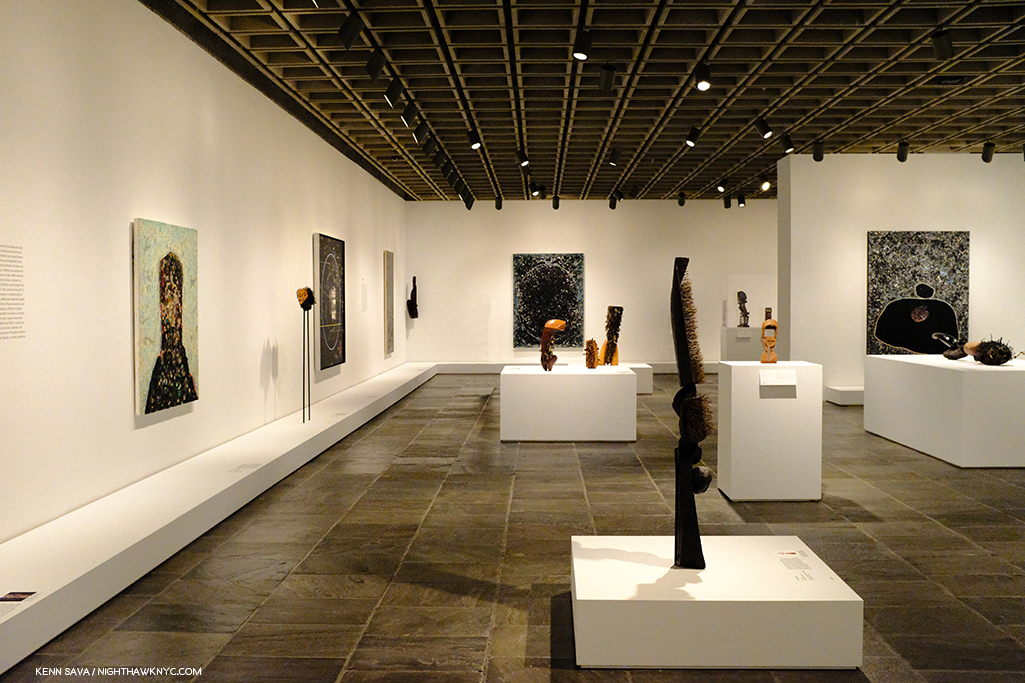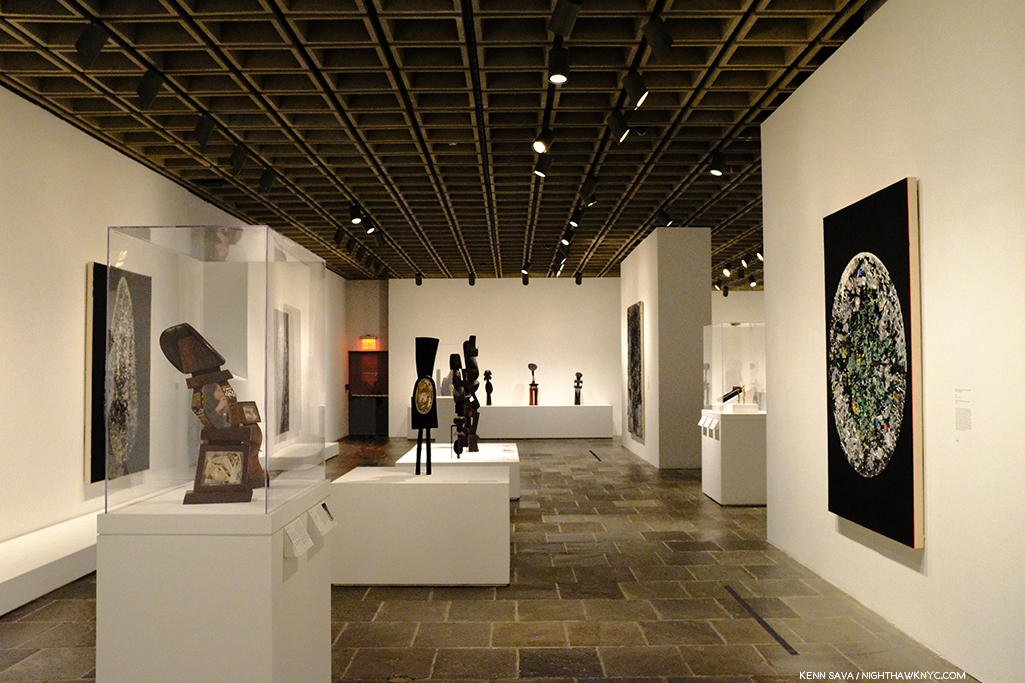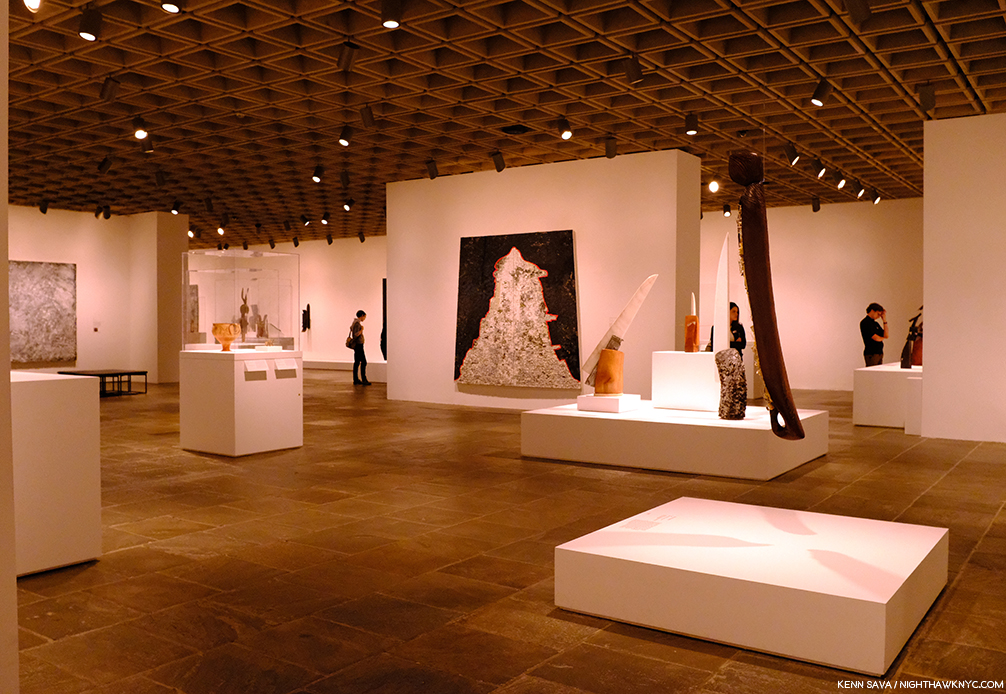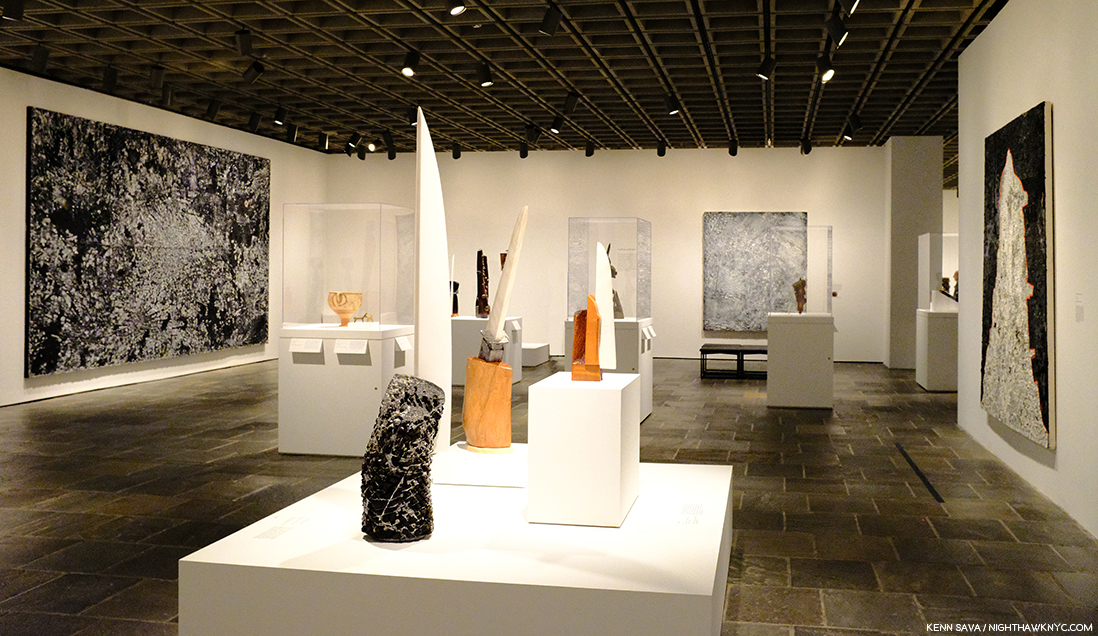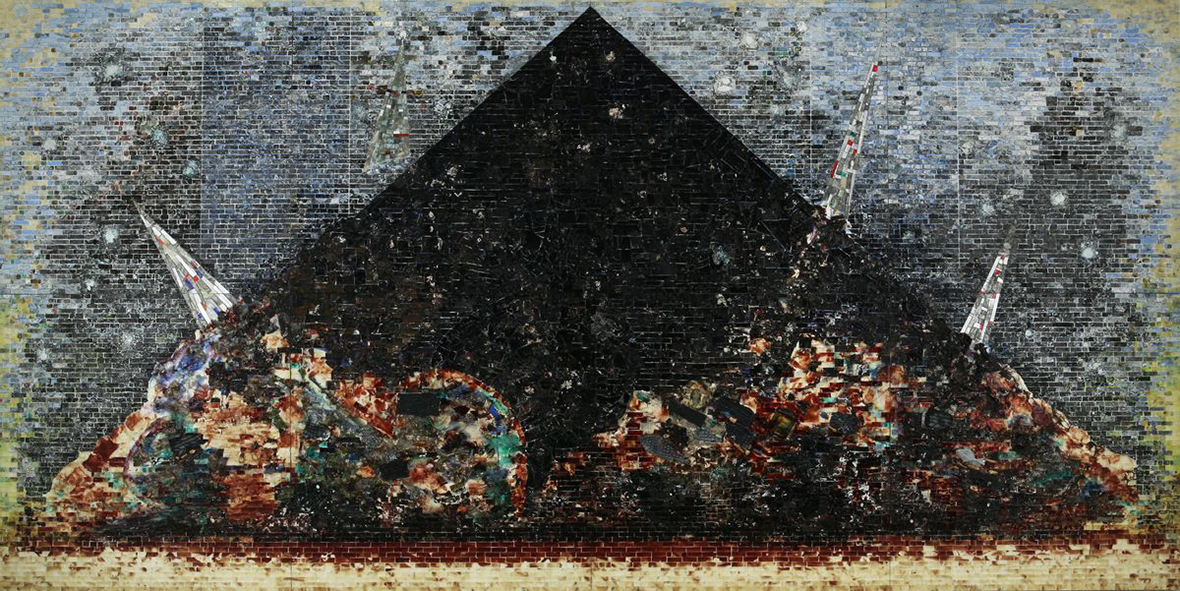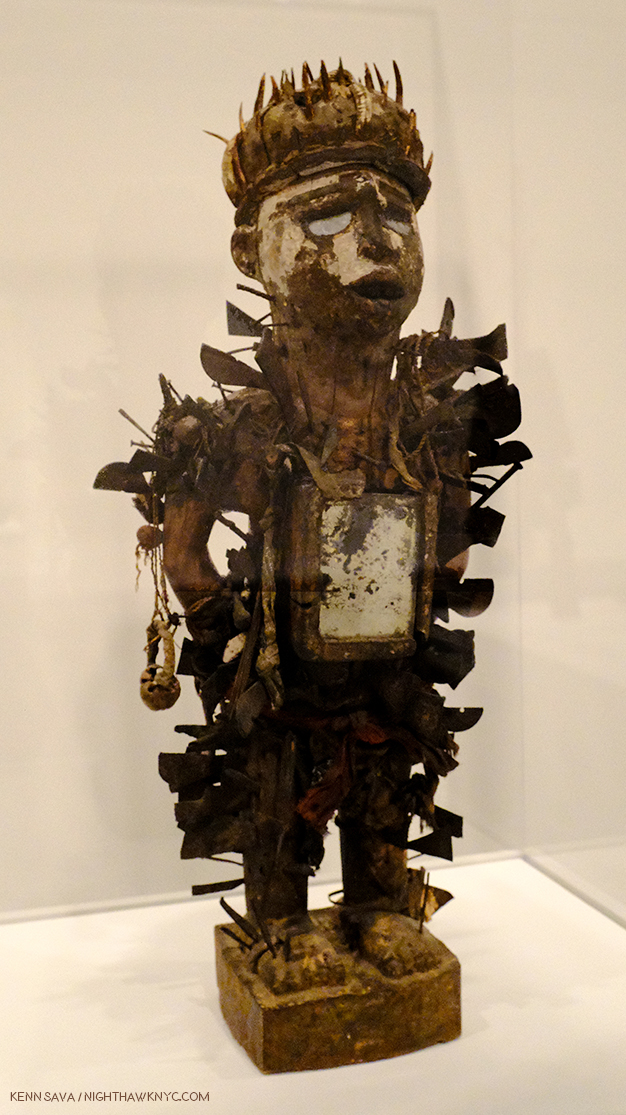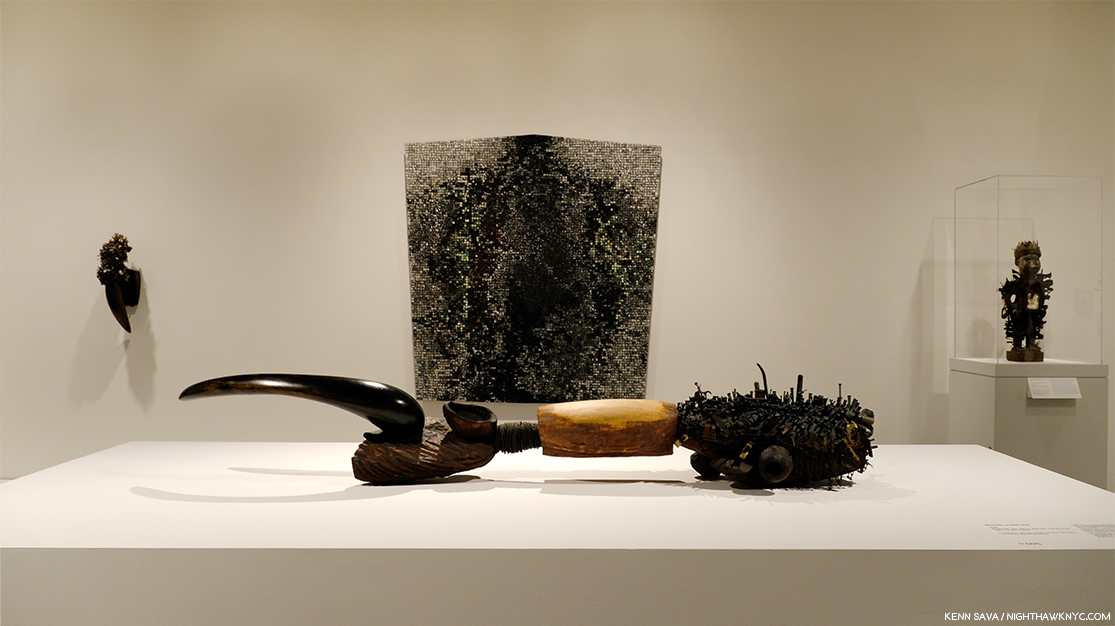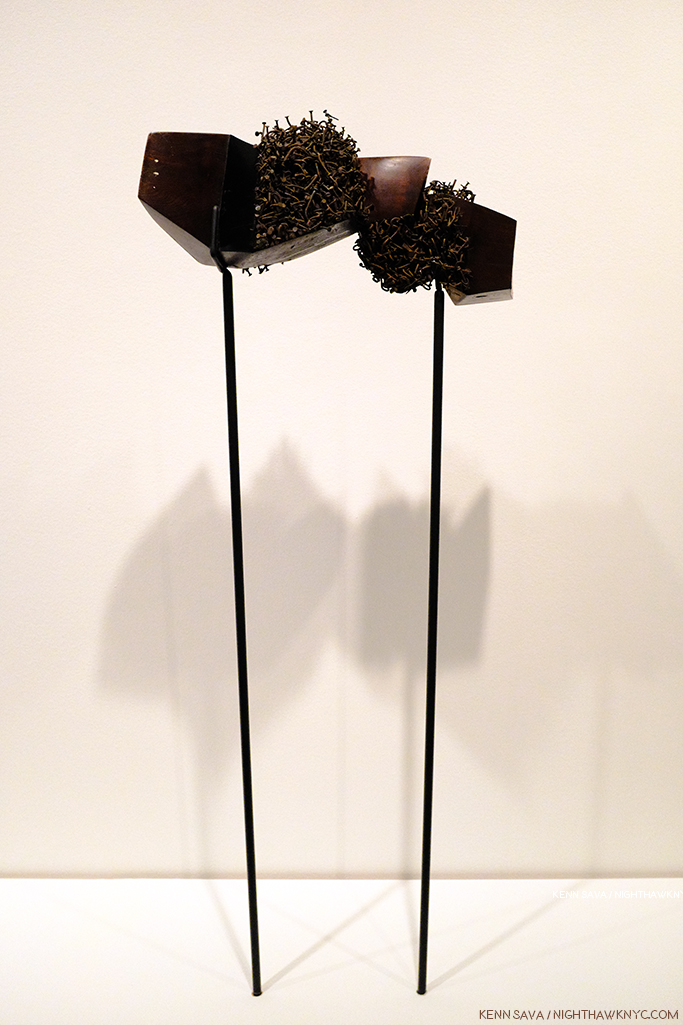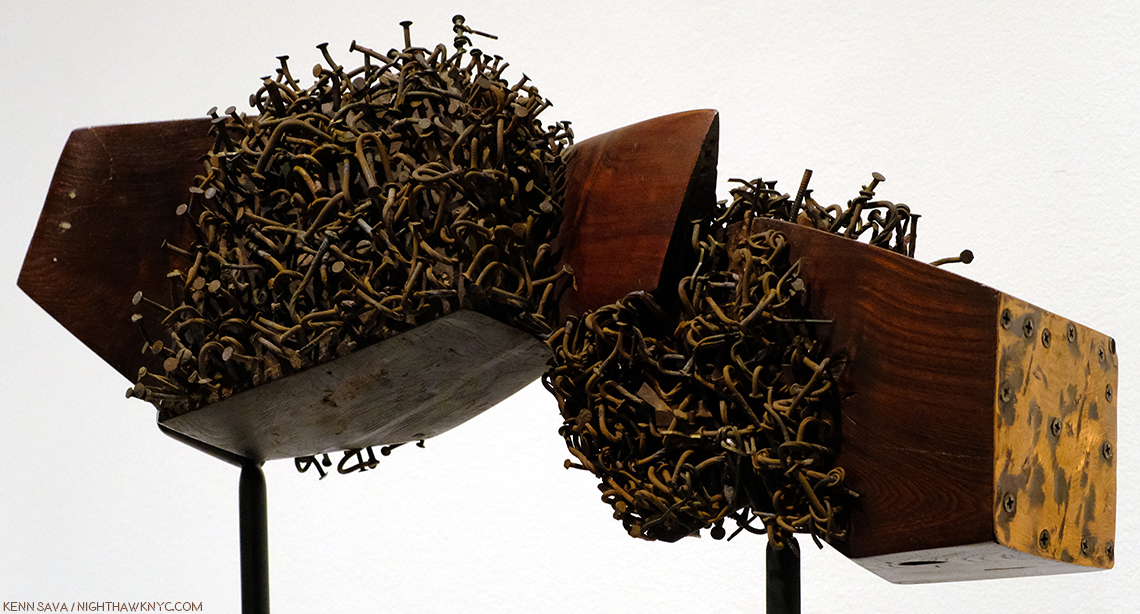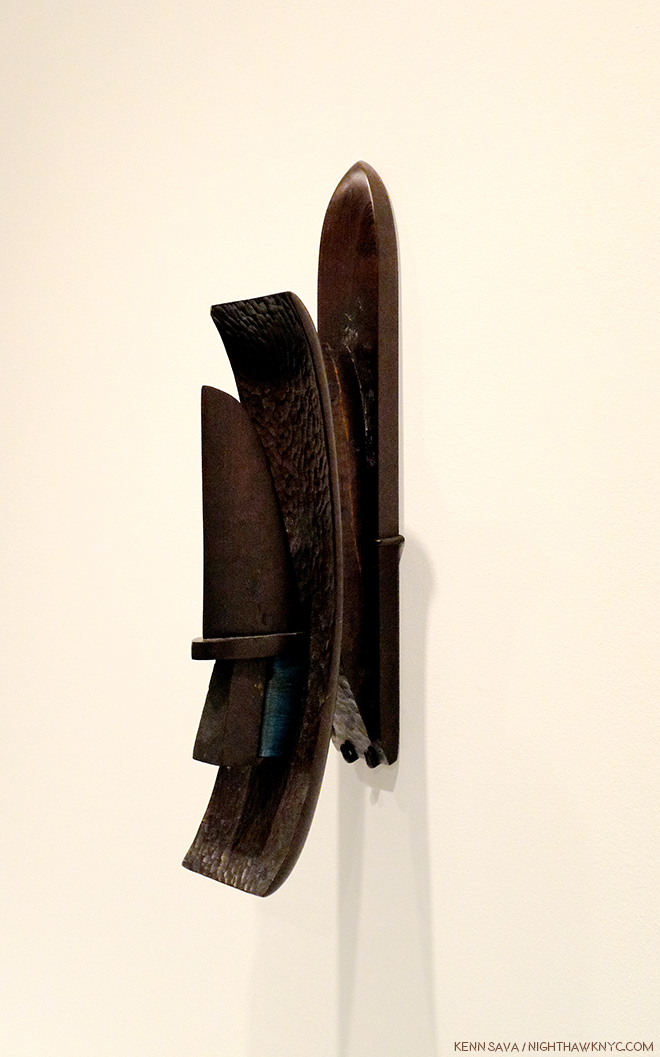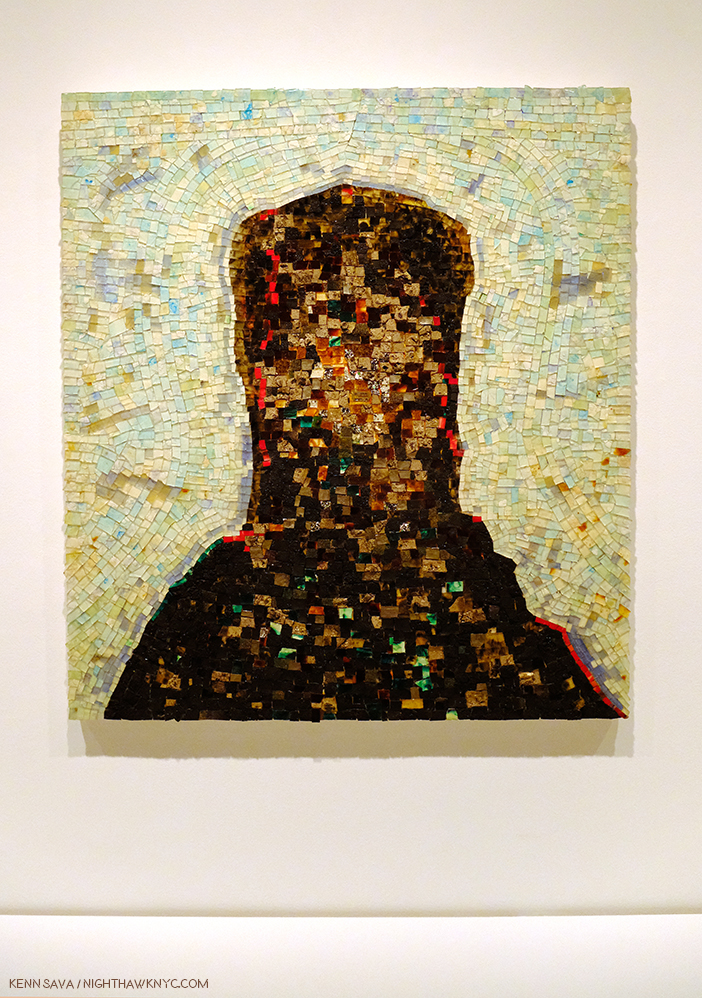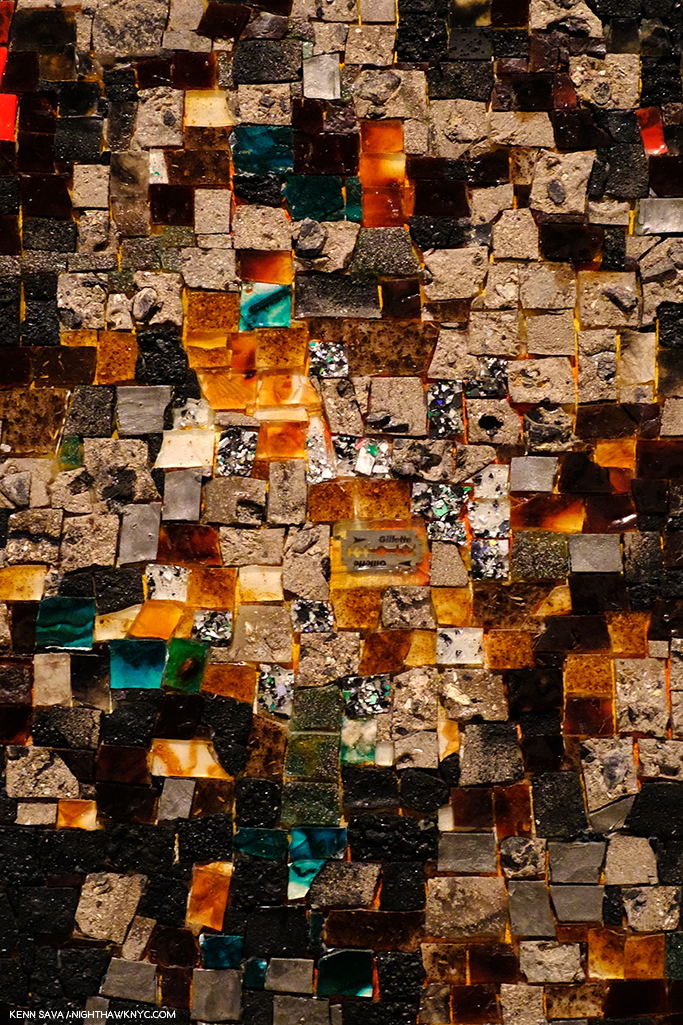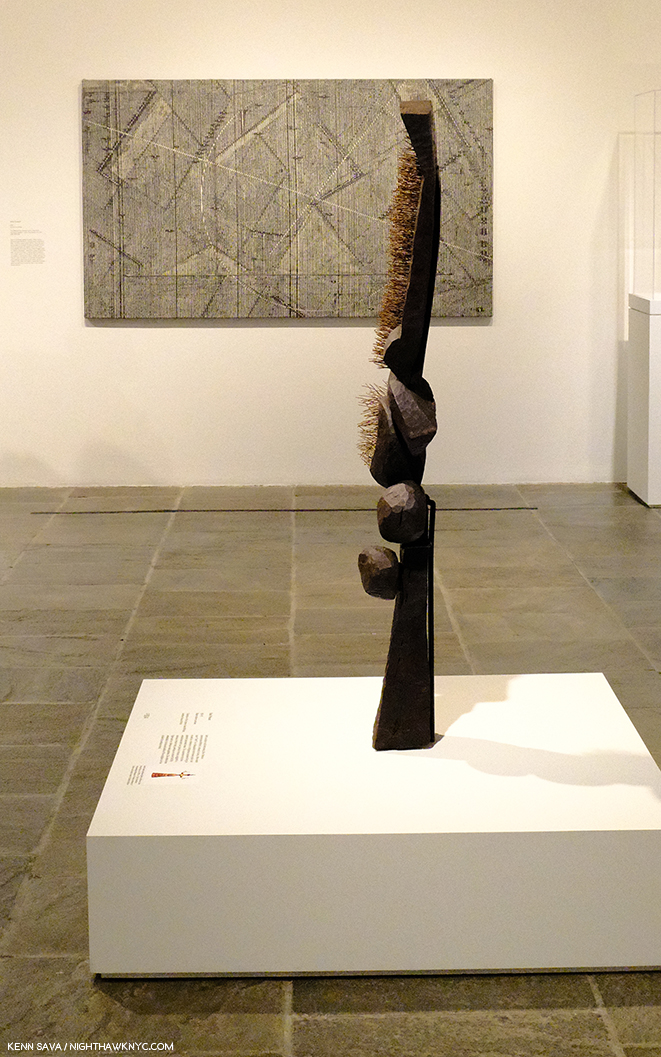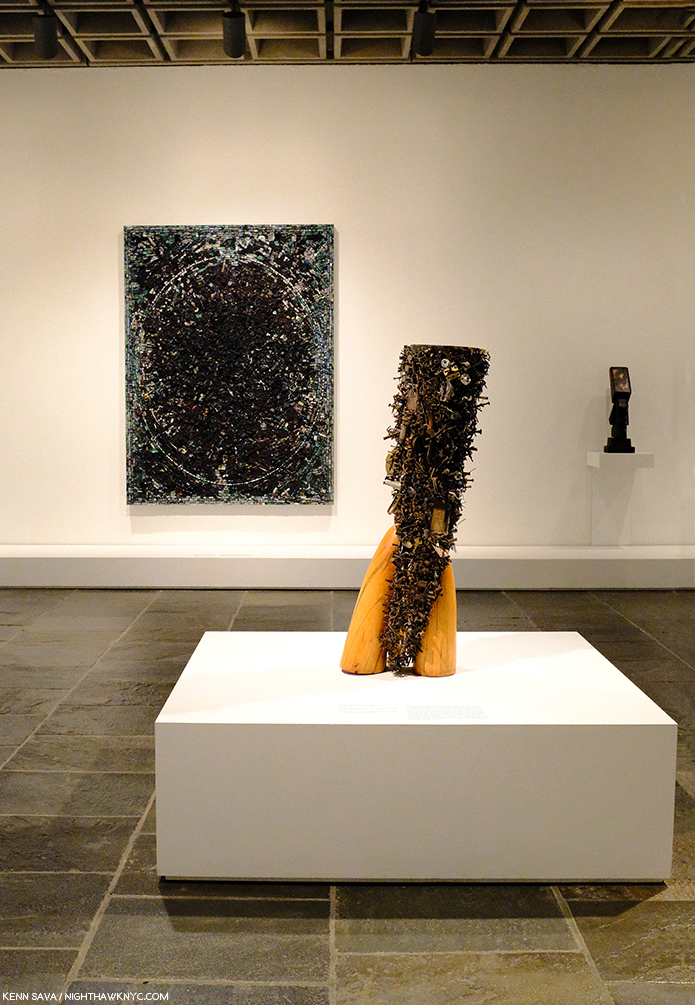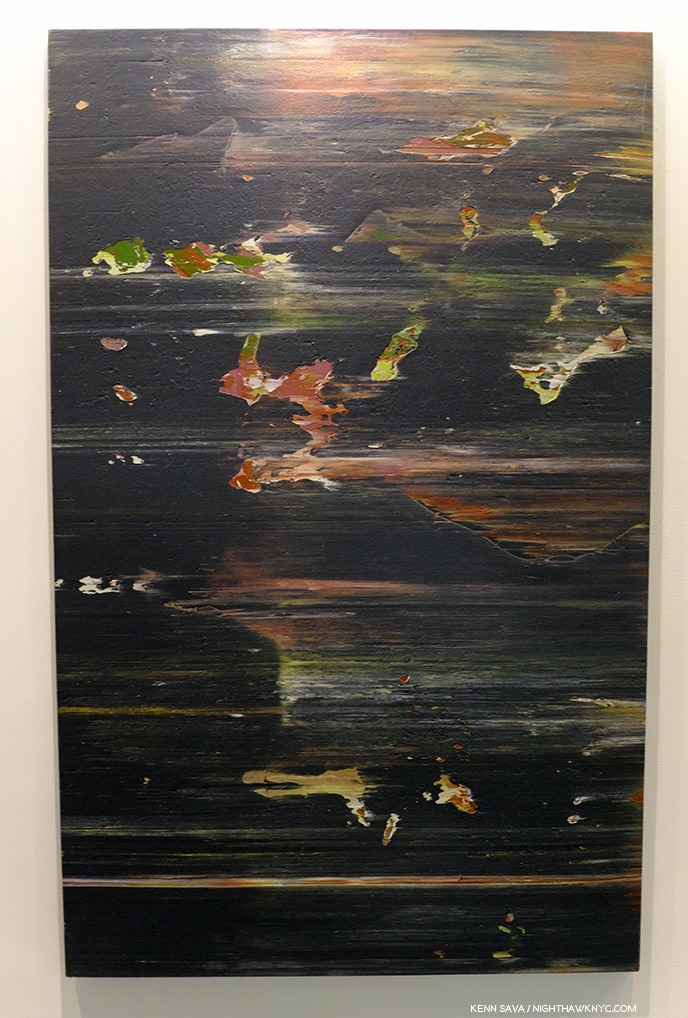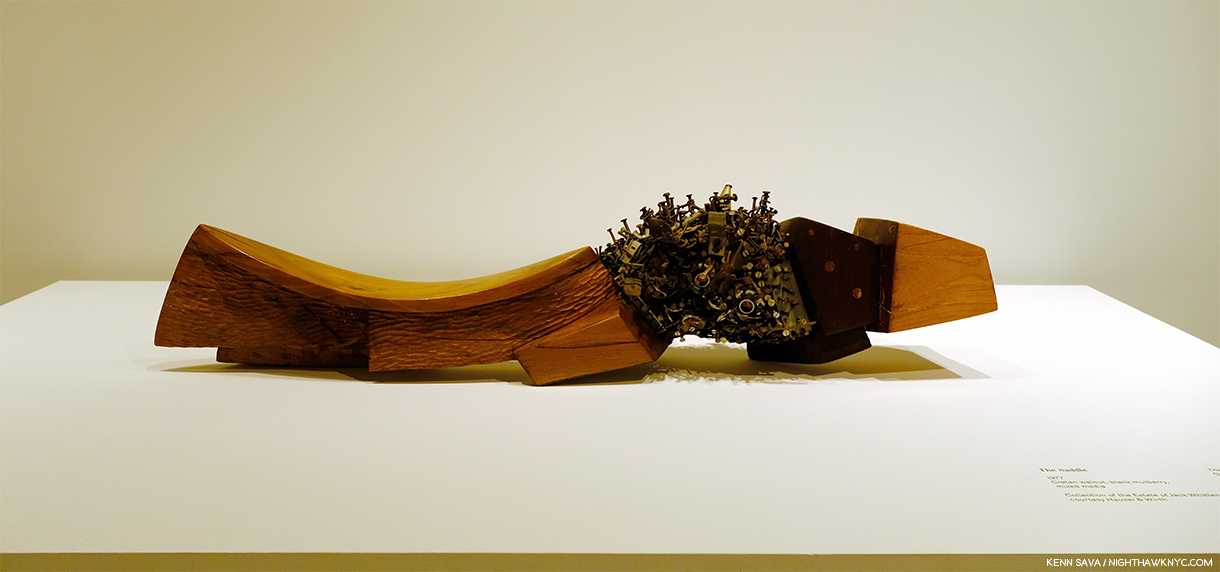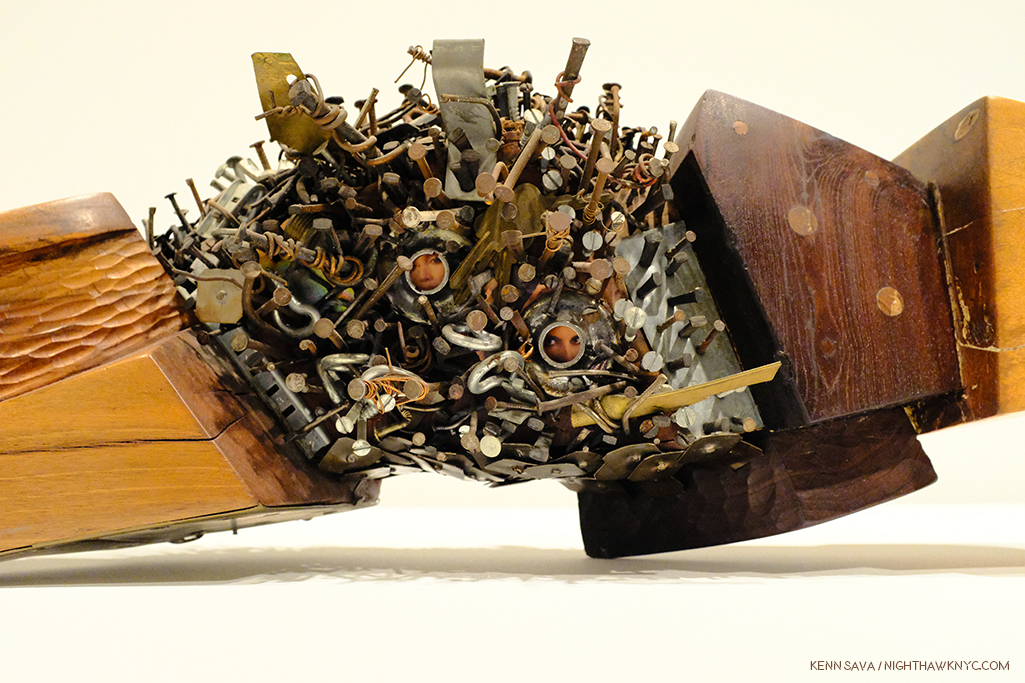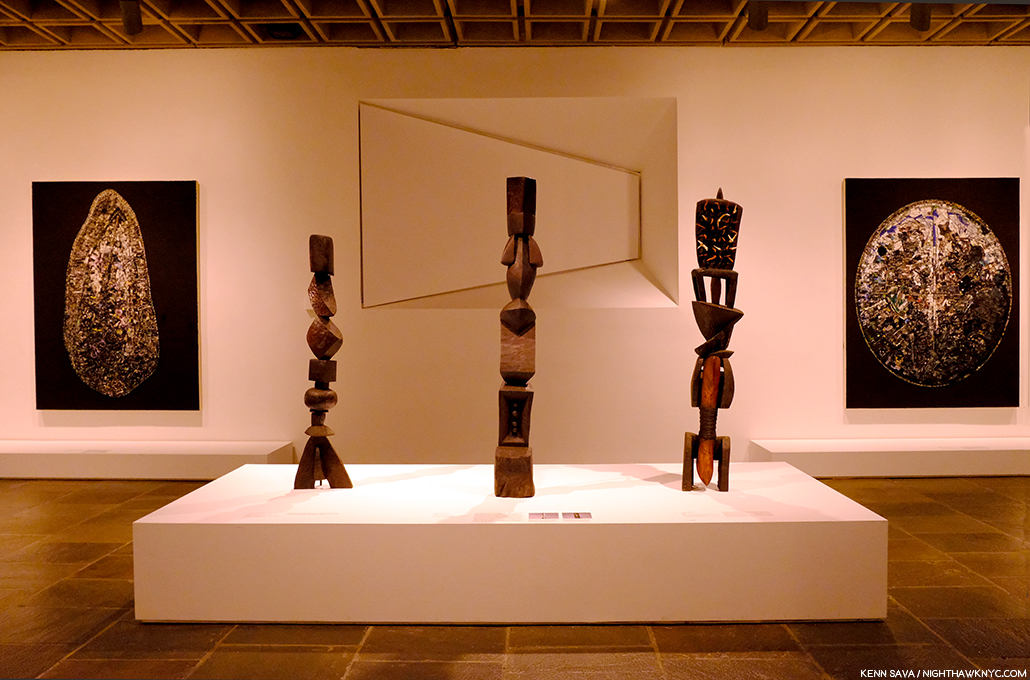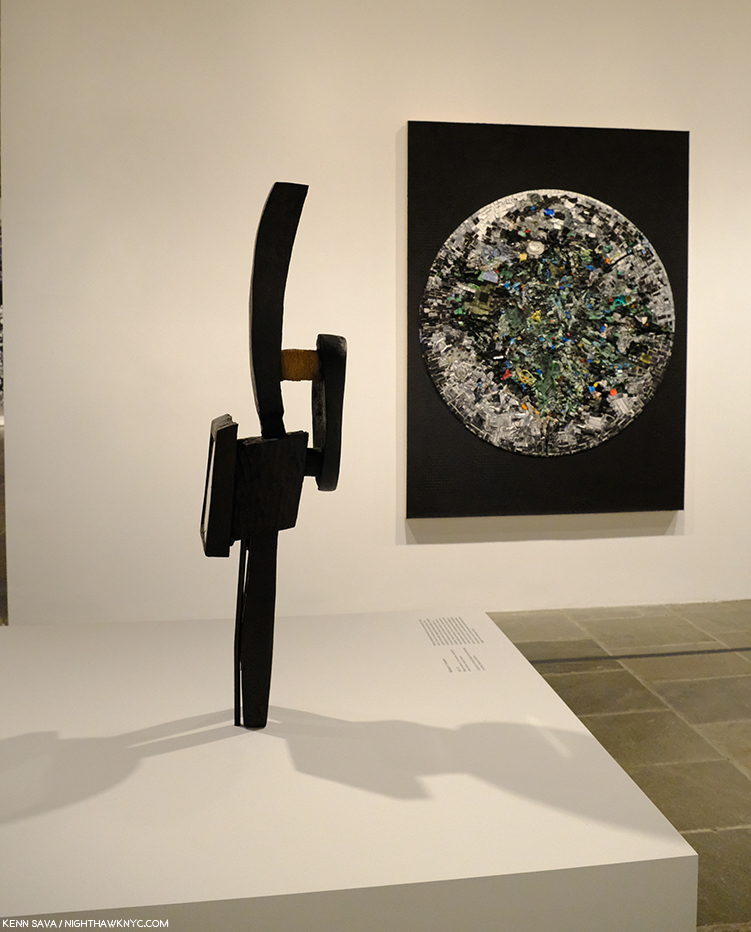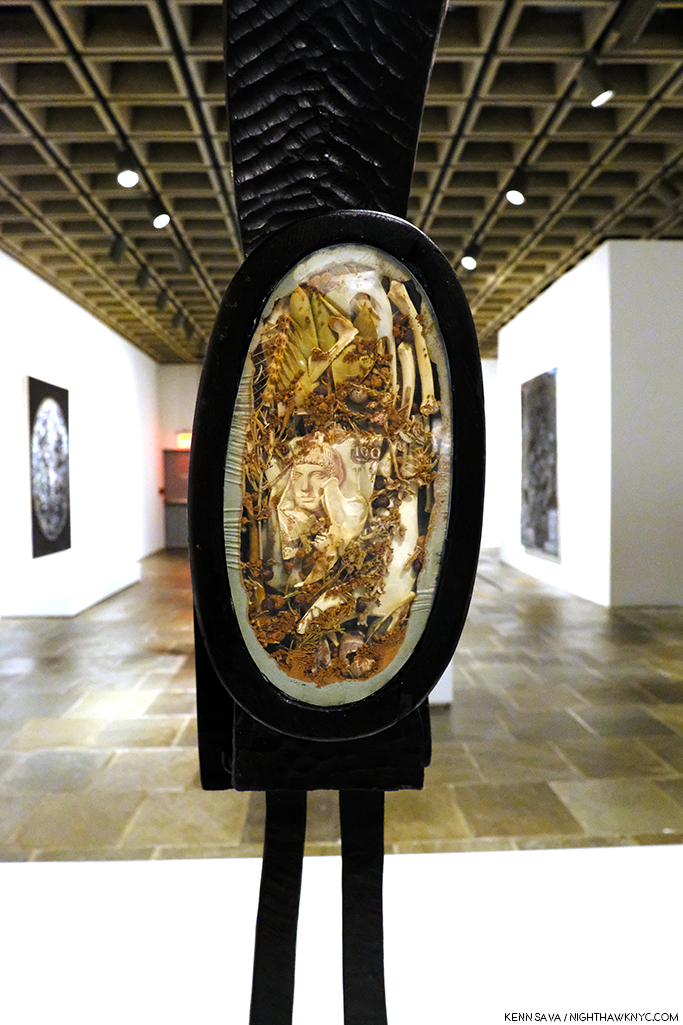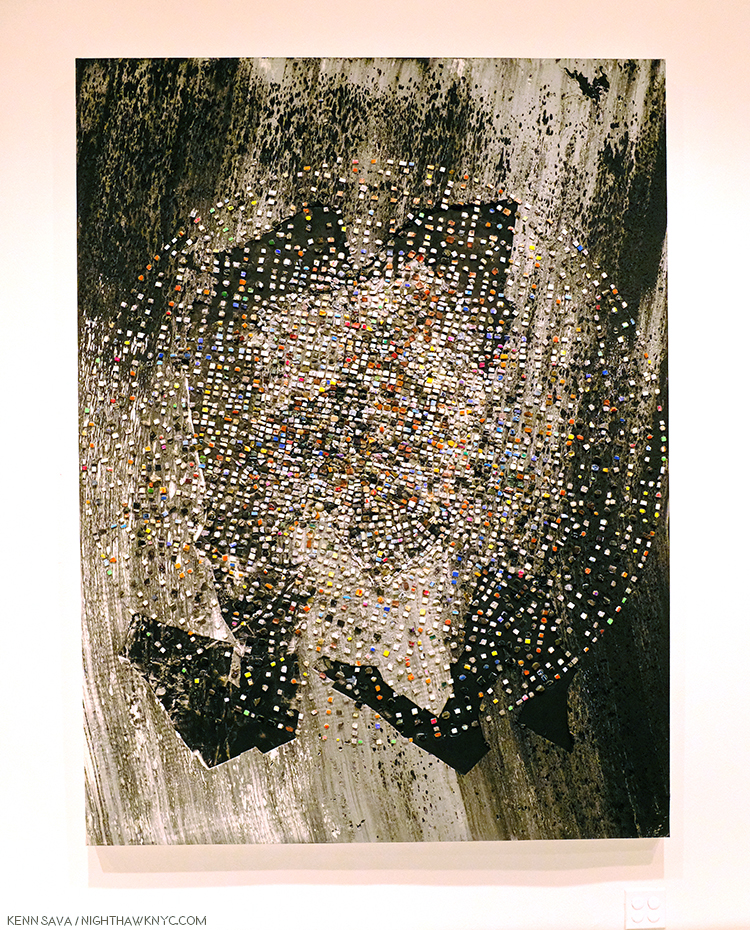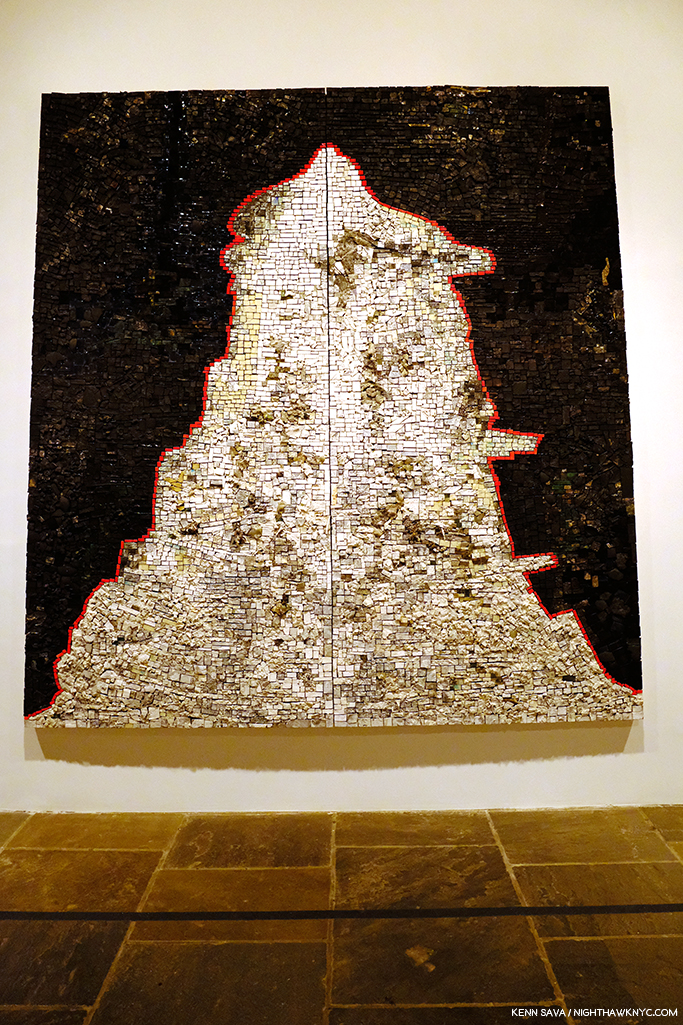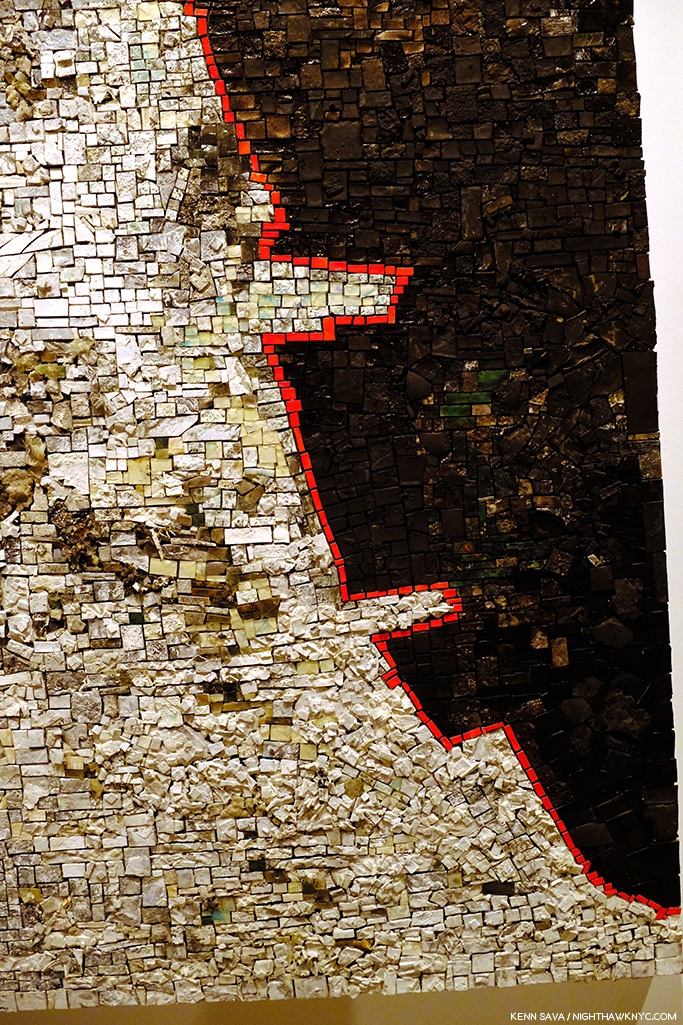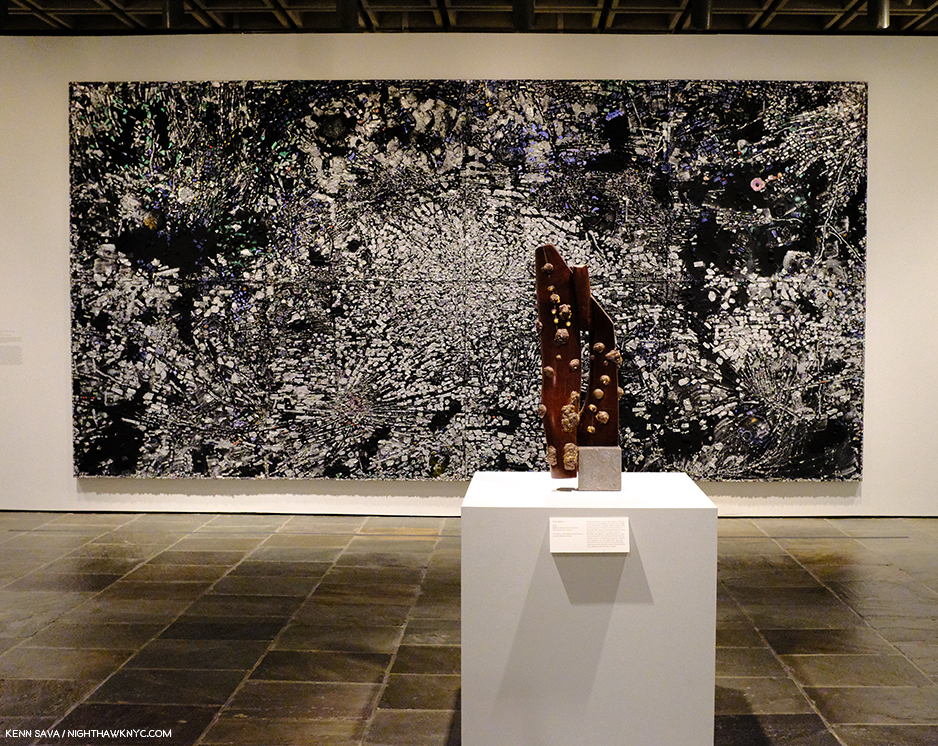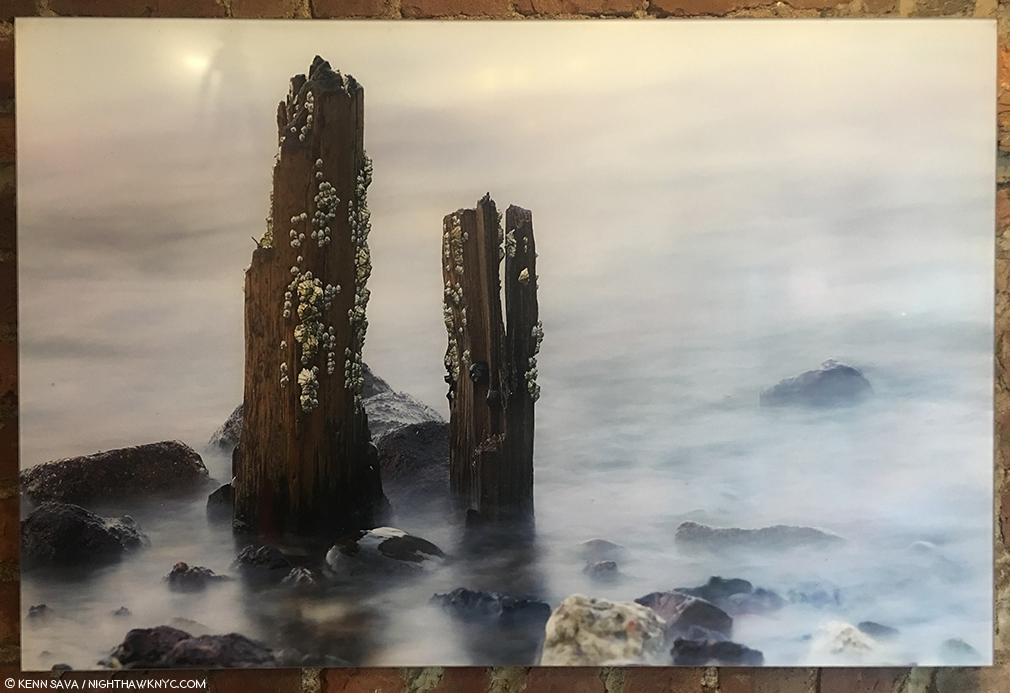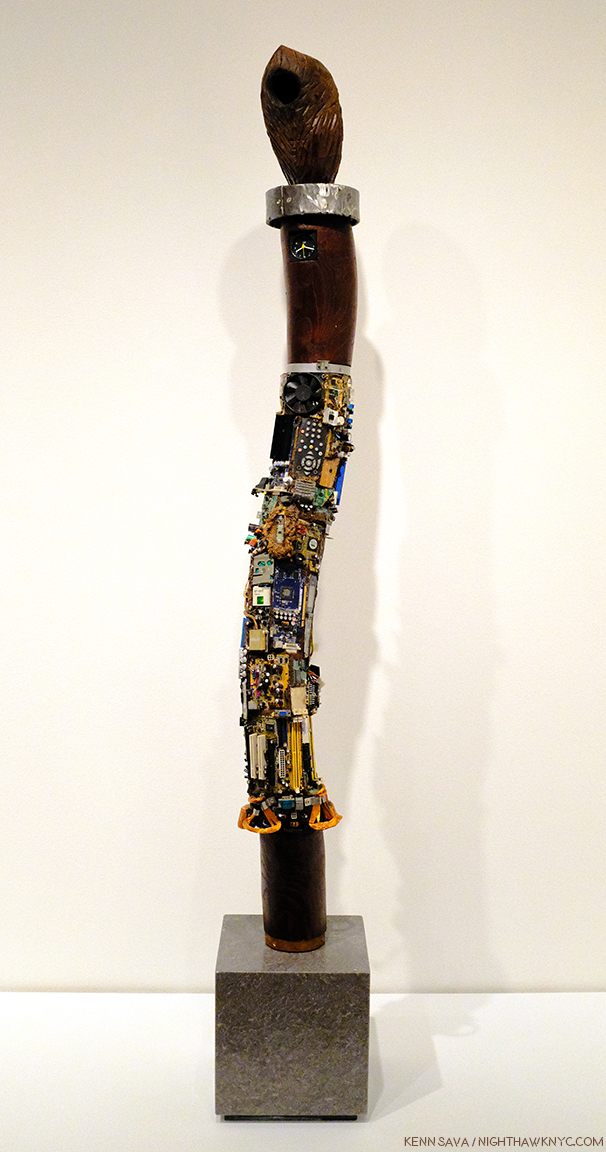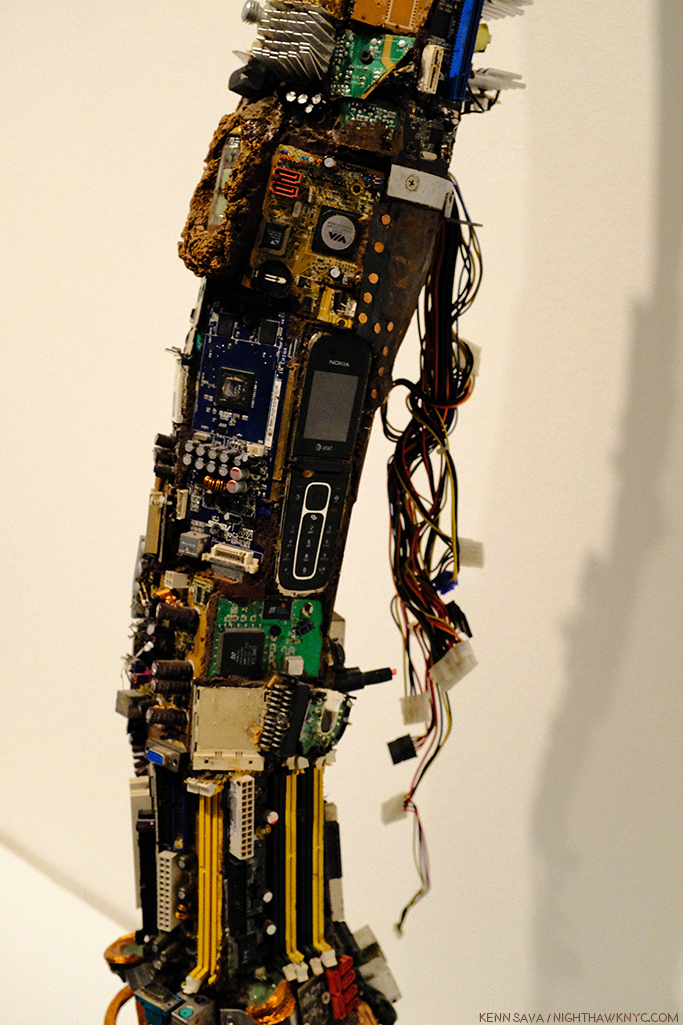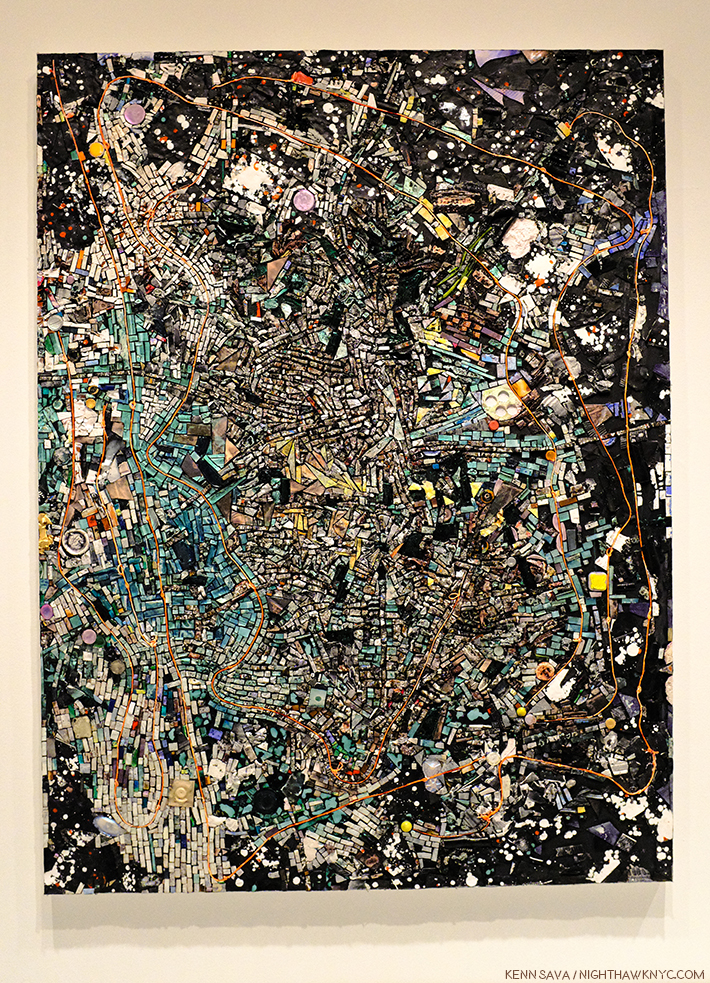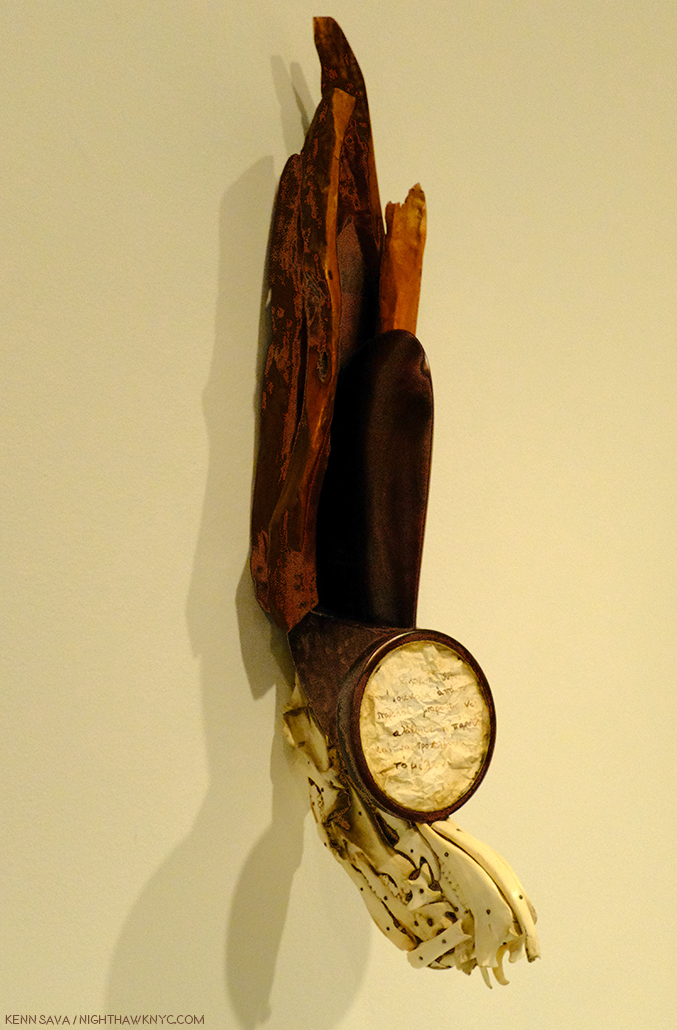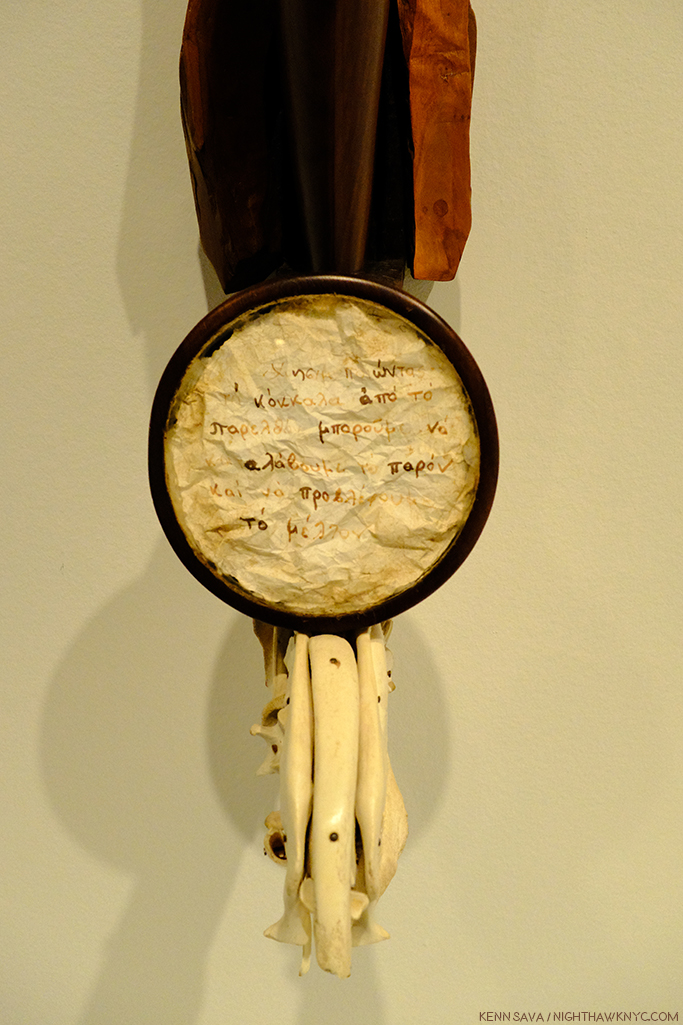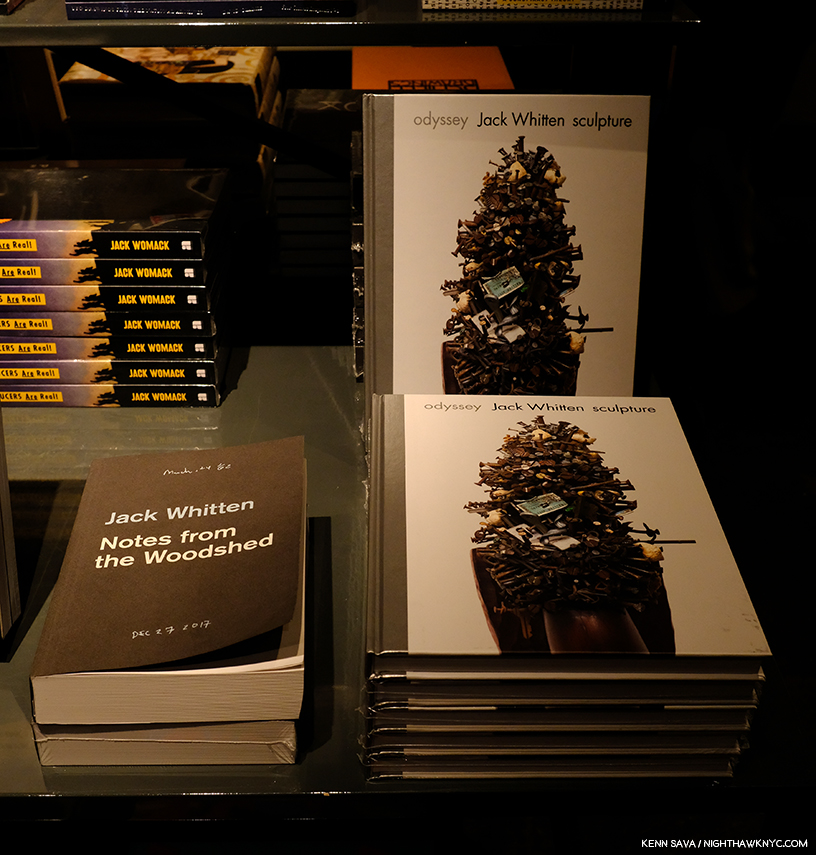Written by Kenn Sava. Photographs by Shahrzad Darafsheh, and others as credited.
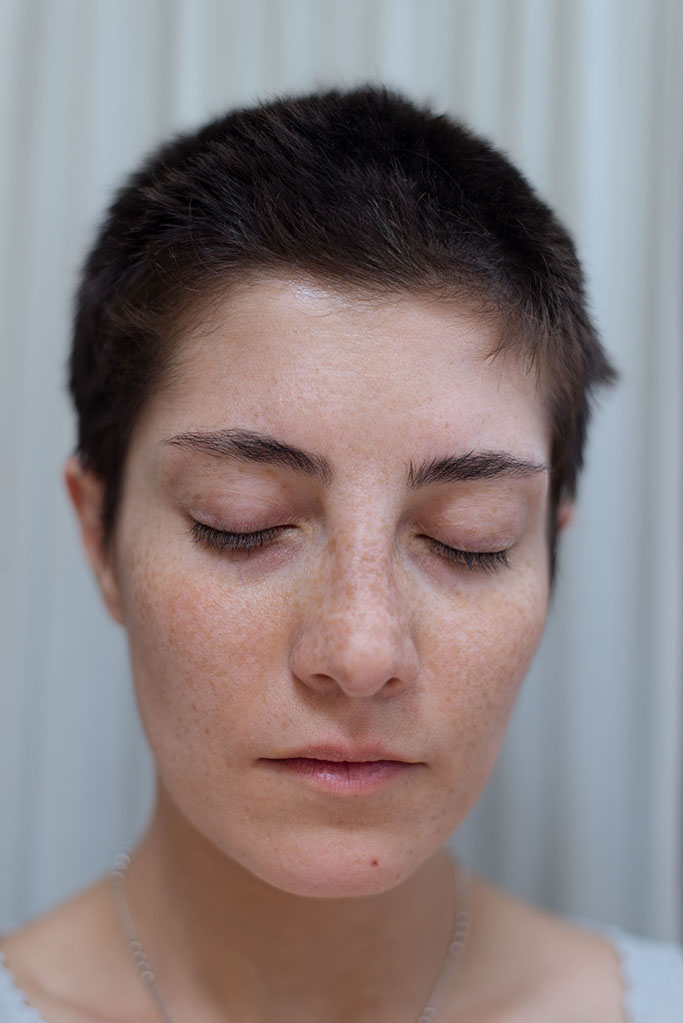
Shahrzad Darafsheh, From her new, first PhotoBook, Half-Light. Courtesy of the Artist and Gnomic Book. Click any Photo for full size.
Meet Shahrzad Darafsheh-
Shahrzad was 32 when she was diagnosed with endometriosis, which progressed to cancer and resulted in her having a radical hysterectomy followed by chemotherapy. An extremely hard course of treatment for anyone- of any age. For this young woman, who’s thoughts were on looking forward to having a family, to have to do an about face and channel all her energies into a fight for her life, is unimaginable for the rest of us. Having been through cancer, myself, one thing I learned was that every patient’s journey is unique. There are, however, some commonalities to cancer that everyone who goes through it experiences, unfortunately.
Among them, there is not one aspect of yourself, or your life, that it does not turn upside down, and forever change.
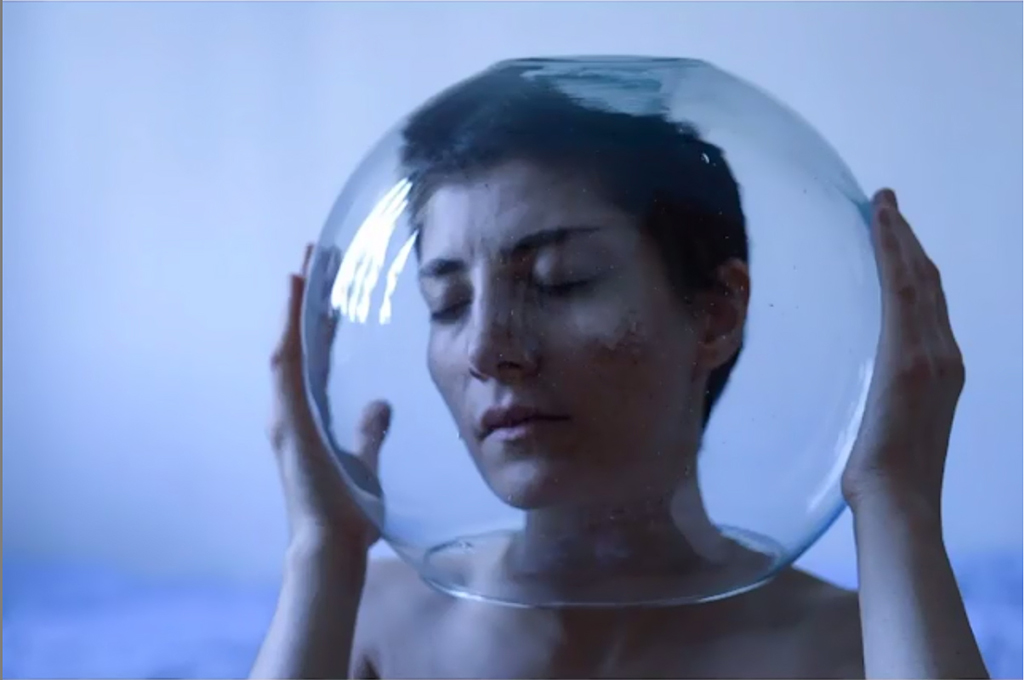
June 26, 2018, from @shindal_, Shahrzad’s Instagram page. She appropriately added the only hashtag that fits- #fuckcancer.
Yet, through this very rigorous course of treatment that lasted until just recently, she remained true to herself, a tribute to her remarkable inner fortitude and character. Shahrzad used her Photography to help ground her and express what she was feeling, experiencing and seeing. The quiet dignity and strength she exudes in the video (courtesy of the Artist and Gnomic Book) forms a peaceful core at the heart of her extraordinary new PhotoBook, Half-Light, her first PhotoBook, published this fall by Jason Koxvold’s Gnomic Book.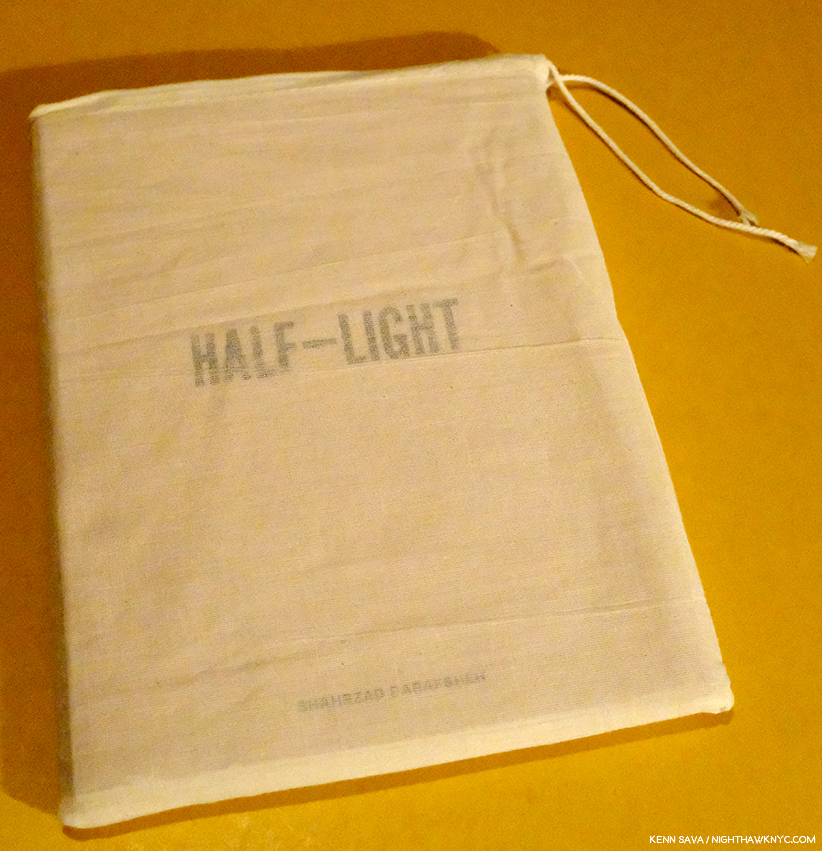
With thousands of new PhotoBooks being released this year, it’s hard for any one of them to stand out. Half-Light impressed me to the point that it was one of my NoteWorthy First PhotoBooks for 2018, in a ridiculously hard year to choose a few out of all the terrific first PhotoBooks I saw this year. Yes, as a testament to cancer survivorship, it’s a remarkable achievement. Then, I found its images didn’t go out of my mind once I put it down. Yes, some resonated with my own cancer experience, particularly how you see the entire world differently all of a sudden with “new eyes.” Some are abstract and some realistic, but what struck me most is they all have a poetry that’s purely her own. It’s, also, a book that doesn’t lend itself to any one reading. In fact, its that way by design. Half-Light is laid out so it can be read from left to right, as is traditional in the English speaking world, and/or from right to left as is traditional in the Farsi of her native Iran. And so, it’s a journey with multiple endings, fitting for a newly diagnosed cancer patient, but also characteristic of life in general. It’s a journey with only one page of text containing Quatrain XIV from The Rubaiyat, the quatrain about the impermanence of all things, except death, on a first page in English, and from the right, a first page in Farsi, and from there it takes place through the eyes and, as she says above, in the mind.
After I saw that video and experienced how eloquent she is, I hoped to be able to give her a chance to express herself a bit more, and to learn more about her and how she was doing. I reached out to Shahrzad via email in Tehran, Iran, and found her to be extraordinarily warm, open and grounded. Barely through her treatment herself, she was already speaking passionately about helping other cancer patients- especially women, in Iran, and around the world. I was thrilled when she generously agreed to answer some questions even though English is not her first language, and I have the honor of sharing her words here-
Kenn Sava (KS)- How are you?
Shahrzad Darafsheh (SD)- Hi Kenn, thanks for doing this interview.
KS- If we can start by going back to your start, how did you first get interested in Photography, and how did you become a Photographer?
SD- I was born in a family with great interest in art. My father was a carpet designer and a photography enthusiast. His was engaged with colors in his work, in different shapes and forms which was my early understanding of color. As a teenager I spent my time looking at his old prints, and also spent time with my brother watching great movies of that time. My mother put me in summer art classes like drawing, pottery and sculpture. These were my major acquaintances with art, and I liked photography the most. Very soon the camera became my closest friend and looking through the viewfinder the best way to see the world. It got more serious when I started to study photography at the university and since then I never stopped taking photographs.
KS- I think most people are new to your work, and so am I. I did see a book that might have had your work in it- The Saffron Tales by Yasmin Khan? So, I’m wondering what else have you done prior to Half-Light?
SD- Yes. The Saffron Tales aims to show Iranian people and culture through their cuisine and I was commissioned to take photographs of people we met, the atmosphere, landscapes, etc., from north west to south of Iran. It was a two-year project and I learned a lot. Beside that, I had never published my photographs in a book before.
KS- In the video, you speak of the home you and your have built a house in a suburb of Tehran that you love. Were you born and raised in Tehran?
SD- Yes. We both were born and raised in Tehran. We always knew that we didn’t want to be living in the city because of all the pollution and craziness that the city offers and now we’re planning to go farther, out into nature. Since the economy is the main issue for better living and ours is so corrupted, our desire in moving lays under the layers of ambiguity.
KS- What’s it been like for you being a woman Photographer in Iran?
SD- I think being a female artist in itself is not so easy, as we can see the art history books are full of male artists. Everywhere in the world people are trying to bring more attention to female artists. I was aware that this year Tate Britain will exhibit six decades of women artists and according to them “female artists should be a central part of recent art history. Galleries have made progress in better representing female artists. But, it has been slow for too long. We are happy that it is speeding up.” You know this kind of thinking, and movement, is very rare in my country, so I think it’s bit harder here. I didn’t want to bring up women’s rights, censorship, everyday pressures and so much anxiety of everyday life but living in Iran is tied to these. Even though you can see more female artists, there is a long path for us to do what we love and make our living independent from our parents. I hope we can talk about it more another time.
KS- As we both know, hearing a doctor tell you, “You have cancer” is devastating. One of the worst things anyone can hear. How did you deal with it?
SD- It was few weeks after my laproscropic surgery and I was with my mom. The family worried a lot and all I wished was to lessen that pressure so I smiled! In just one second I decided that is how it’s going to be for me. I did several tests afterwards till I found out I had to take my uterus and both ovaries out. It was devastating.
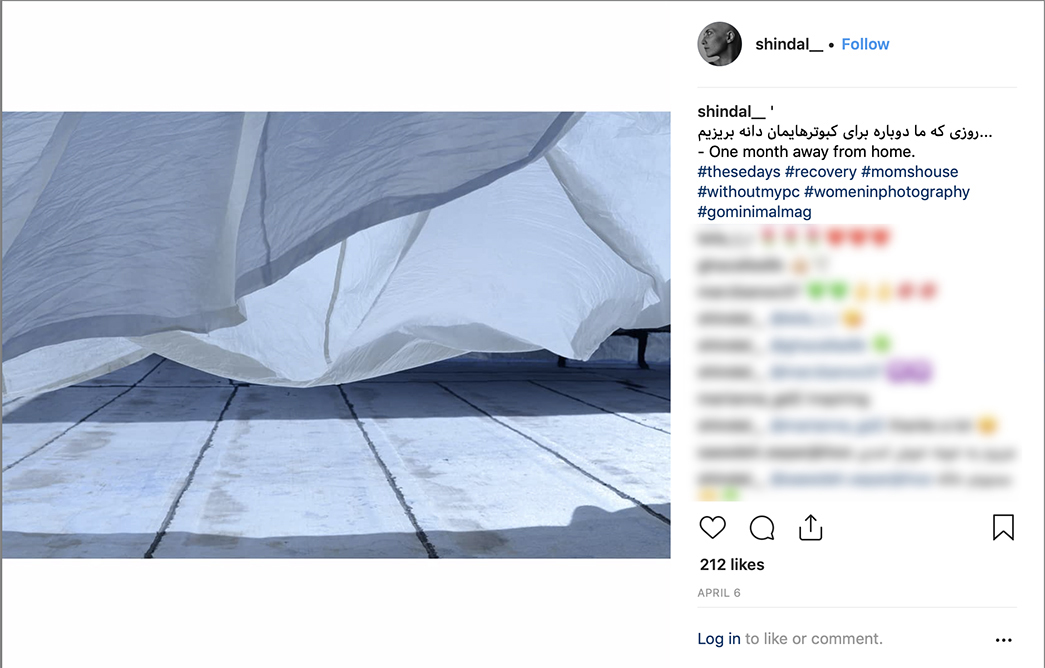
April 6, 2018. During chemotherapy, away from home, staying with her mom. A Photo that appears in Half-Light.
My husband and I were trying to have a child before my first operation, doctors were saying that giving birth may reduce the symptoms of endometriosis, a reproductive organ disorder. But it caused infertility itself and I was going to lose every possibility of giving birth to a child.
I experienced a version of loneliness different from what I’ve experienced before and it had something to do with that smile. I never shared my fears, worries and tears with anyone till the end of chemotherapy.
KS- It sounds to me that the choice of treatment must have been excruciatingly hard for you. As I wrote, after all my efforts and research, I made a mistake in my choice of treatment the first time I chose. What was your road like that led to your decision to go the treatment route you did- radical surgery followed by chemo?
SD- I knew there were no other choices rather than radical hysterectomy. I had tried alternative medicine for the endometriosis and it didn’t work for me. Maybe and just maybe it was my mistake. Some friends asked me what if I had taken the cysts out sooner? Nobody, even my doctors, know the answer. So I decided to let go of this thought. Also, there was a two month delay between radical surgery and chemo which frightened us a lot. But it all went well. Now the cancer is gone.
KS- Were there other doctors you could get opinions from? Did you get a second opinion?
SD- I had my pathology samples rechecked followed with so many blood tests and they all showed stage one both ovarian and uterus cancer. I was in good hands. All three doctors that treated me are proficient. Unfortunately this is because they have too many patients. One of my surgeons operated on 5 more people after me that one day! I think despite lacking in other areas, the medical profession is at a high level in the capital and other big cities of Iran. Although they are very expensive and health insurances don’t cover most of it.KS- What was it like being a newly diagnosed cancer patient in Tehran? Were there support groups? Did you have a choice of doctors or hospitals to be treated at?
SD- Cancer patients are trying to talk more about their experiences to bring awareness. But, there are no support groups.
The first thing that every patient does is to google their situation in order to find out the experiences or others and if the treatment recommended to them has been successful. I did the same. I found some other patients on social media and it was a huge relief, especially during chemotherapy. I have never talked to them, I just watched their daily lives and their routines helped me stop thinking that I’m sick. And yes. There are several well equipped hospitals and great doctors but as I said before they are also expensive. I did a post in order to collect money for my first operation on Instagram selling some of my prints. And it was unbelievable. Half of my hospital bills were provided by my friends and complete strangers.
You can see the need of having support groups. It must also be simple to find them.
KS- Is there health insurance in Iran?
SD- Yes there are several kind of health insurance in Iran. But the plans that offer the best coverage are government run and only full-time employees can have them. People who call themselves independent workers can make a full payment for a month in order to use benefit of the insurance. But in a private hospital no insurance is accepted, and they are more equipped than the other hospitals. So, I had no choice but to pay a lot of money and use the insurance for chemo.
KS- You told me you want to help start a NGO (Non-Government Organization). Can you talk about why this is needed, and your vision for it? How can others help?
SD- It’s a big thing starting and running a NGO. I don’t know even if they will let me!
But it’s a thing that kept my mind busy since chemo. I saw lots of men and women every three weeks, with needles in their veins, weak with a vague gaze trying to find someone to talk to. We Iranians are very supportive for each other most of the time. I rarely saw a patient alone. But there are some things that you can’t share with your loved ones. Even the cancer patient’s family can’t share their fears with the patient. We should have an actual place for patients and their families to find each other and talk. Not just some virtual spaces to type the feelings out. For that reason I need to have a bigger voice and that’s what I hope Half-Light will help me to reach. You are helping with this interview, Kenn, even before I start doing it.
KS- She didn’t say it, so I will- You can support Shahrzad by buying Half-Light, which was 200% funded on Kickstarter, while some of the 300 copies of this beautiful book remain. See BookMarks at the bottom for more information.
What would you tell other women diagnosed with endometriosis?
SD- Some cliches matter a lot-
Listen to your body. Don’t be shy to be examined, do check ups. Eat healthy food. Exercise regularly. Avoid anxiety and stress. (I sound like Google!)
And if you want to have a child, be quick.
KS- What would you tell other women diagnosed with cancer?
SD- Don’t be afraid. It’s not just you. It doesn’t matter how you lived before but how you manage to live from now on. Cancer is not an enemy to fight, it’s a condition that needs to be understood. Because it brings you a whole new life even after you pass through it.
You will see the darkness and it’s important not to be the black-hole, let the light in.
Breathe and live to the fullest.
KS- How long after you were diagnosed did you decide to start this body of work that became Half-Light? Besides cancer and your treatment, was there a triggering moment or event where this project began?
SD- It was a year after I was diagnosed with Endometriosis.
Funny that I had a strong fear of ovarian cancer at first but doctors told me it’s a benign cyst and rarely it turns to cancer, so dealing with its constant pain became my routine. I started to feel something growing in my body which was not a baby. It was my own tissues behaving offbeat. I wasn’t able to do most of my daily tasks half of every month for four years.
I think the pain was the triggering event. The weakness it caused and all my anxieties…
KS- But then, creating became therapeutic for you?
SD- Yes, it was. Looking for scenes to describe how I was engaging deeply with my body for the first time, gave me the ability to keep my distance with it so I could understand the situation better. It also kept my mind busy. Every progress in the state of my health came with the progress of my work.
I did scans with pleasure, it gave me very nice material to work with. I owe my sanity to photography.
KS- Where have you gotten all of your amazing strength from?
SD- Thank you for saying that. Honestly, I consider myself a strong person when I confront my body and mind. I’ve always loved challenging situations. Although I never thought it would be fear of death someday.
The body is in constant change as are our thoughts. In my opinion, both are controllable, especially at hard moments.
And I have a deep connection with nature. It always teaches me that nothing stays the same, be ready for change and accept what comes and how things happen.
KS- How long did you spend shooting this body of work?
SD- Since 2015. I choose to close it now after the test results came. So I’ve worked on this project for about three years.
KS- How did you find Jason (Koxvold of Gnomic Book)?
SD- While surfing on the internet. I felt a deep connection with his photographs. We were following each other’s work for a year. He wanted to see some of my work once but it was the begining of my journey through surgeries and so it didn’t happen. Jason reached to me, again, six months after that, when the chemo started. It was magical. For me, for my family and friends.
Working on my first book, this was how I spend my time during chemo. I say Half-Light is my child with cancer and it needs good care to grow.
KS- Jason Koxvold is a Photographer & Artist in his own right. In two short years, the publishing company he started, Gnomic Book, has already made a name for itself as a producer of important, beautifully made PhotoBooks. Shane Rocheleau’s 2018 Gnomic Book, YAMOTFABAATA was one of my Noteworthy PhotoBooks of 2018. Jason’s own PhotoBook, KNIVES, is a powerful look at our changing world through focusing on one small area of upstate New York as it struggles to deal with the loss of its 150 year old knife factory- its largest employer, to China. At this point in the conversation, I reached out to Jason to learn more about how Half-Light came to light.
KS- Jason, how did you come to discover Shahrzad and this body of her work?
Jason Koxvold (JK)- About a year ago I saw Shahrzad’s work on instagram. I forget how I came across it, but it immediately resonated with me. We live in a time where so much work looks the same; it begins with one artist developing a specific visual language, then other artists mimic it, and then it becomes available as a VSCO preset and suddenly everyone’s doing it it. This was entirely not the case with Shahrzad’s work. I could see that she was telling a story, but I didn’t know what it was.
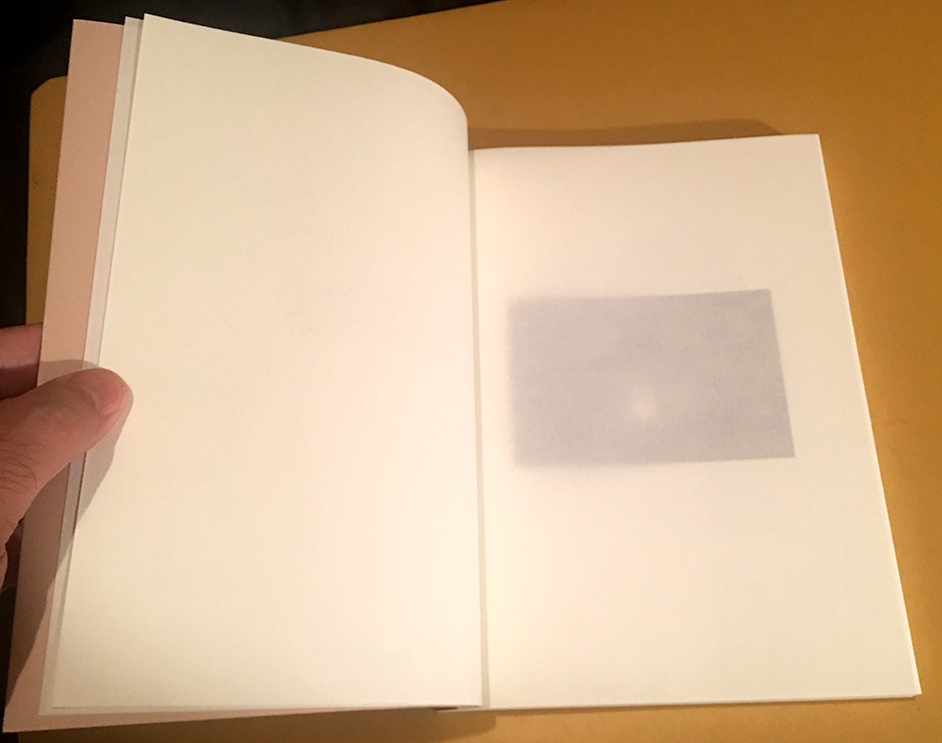
Each page of Half-Light is interleaved with a sheet that acts as a screen, as seen here, which presents an image that’s seen through a haze, or a veil- in “half-light.”
She didn’t appear to have a web site, so I reached out to her to ask if it would be possible to see a more coherent body of work – it was then that she told me that she was battling cancer, and that it was hard to find the energy to put something together for me in the short term.
KS- What were the difficulties in trying to publish this book, given that the Artist is in Iran?
JK- The biggest questions for me were the unknowns. I didn’t know if the work would get her into any kind of trouble; we hear stories of women attracting the attention of the authorities by showing their hair on Instagram, for example. I didn’t know if we would be able to send her any of her own books, from a US legal perspective and from an Iranian censorship perspective (we’re still waiting to see if the books are censored on arrival).
But in terms of the practicalities of making the work, it was surprisingly easy. We were able to have lengthy video conversations on Skype, exchange high-resolution files over Dropbox and Wetransfer, and even footage for the short film we made together about the work.
KS- What was your role?
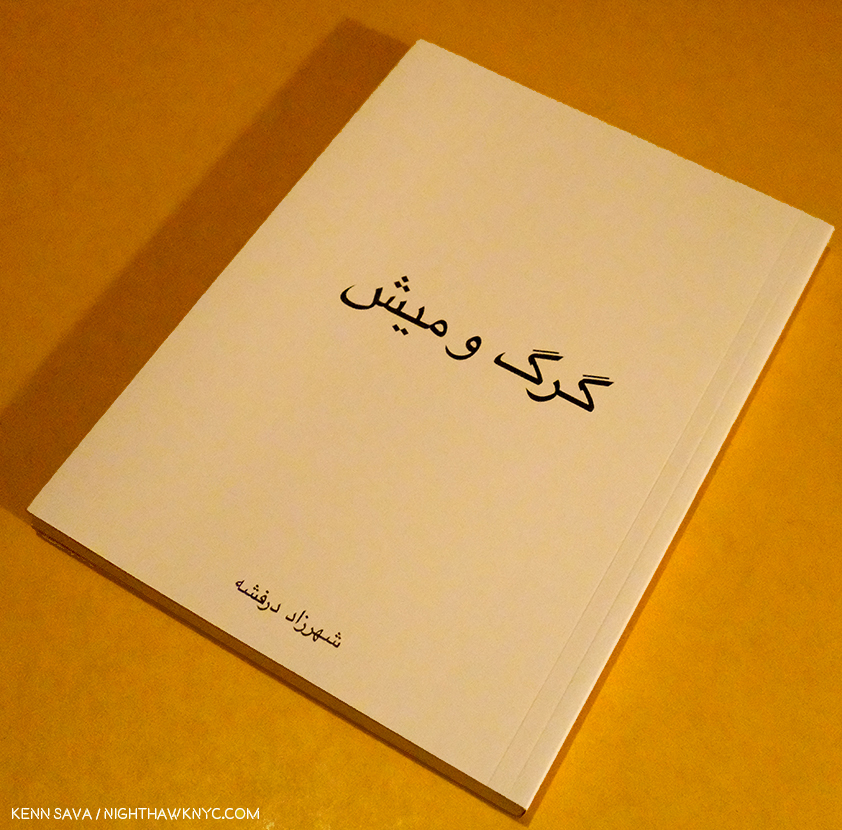
The Farsi front cover of Half-Light, once removed from its bag, which is the back cover for English readers.
JK- Shahrzad was very open to my ideas around the form and sequencing of the book. My idea was around translucency and opacity, both from the perspective of the human body and the body politic of Iran. The sequence would create a journey from lightness to dark, as a Western reader – and the opposite, when read in Farsi. Shane Rocheleau helped with the sequencing as well; I always appreciate his ability to see not only the overarching story of a piece, but also connect individual images in more ephemeral moments.
KS- Shahrzad, have you seen the physical book yet? Jason told me you had not as of the NYABF in late September. If you have seen it, what do you think of it?
Shahrzad Darafsheh (SD)- Yes, I received my copy two months after it was published.
It looks and feels great. Jason did a great job with choosing the paper and everything. Such understanding in spite of such a long distance between us is unforgettable.
KS- Is there a community of Photographers in Tehran?
SD- Yes, there is National Iranian Photographer’s Society.
KS- I read that another Iranian Photographer, Shirin Aliabad, recently passed away from cancer. Did you know her?
SD- Unfortunately this is the fourth female artist I’ve heard pass away from cancer this year. I’m familiar with her “ Miss Hybrid” series.
KS- Shirin Aliabad’s series, “Miss Hybrid,” was about “showing a Tehran that the Western media doesn’t show,” her husband and collaborator said in the New York Times. The Photographs in Half-Light have a universal feel to them, something that also might surprise Western readers- Most of them could be taken almost anywhere, something that will allow them to speak to a very wide range of viewers, though it’s an extraordinarily personal, and beautiful, book. Was this part of your intention?
SD- I’m very glad that it can speak universally. I never intended to do that. I think that’s how I see my world, Not really different from yours.
KS- What have you learned from cancer?
SD- To be me. To be here and now. To stop worrying and never stop loving.
KS- So…What’s next?
SD- I’m planning to have an exhibition and show Half-Light to a wider audience in Tehran.
Also I’m working on my proposal for gathering cancer patients together with the hope of bringing more quality to our lives.
-Though that ends our interview, the best thing Shahrzad shared with me was still to come. On December 23rd, she told me that her follow up tests after the completion of her treatments came back clean, with no sign of cancer! She said she was “super excited” about it.
Now, she can get back to sharing her beautiful, “full-light,” with the world.
BookMarks-
Half-Light by Shahrzad Darafsheh, which I selected as one of my NoteWorthy First PhotoBooks of 2018, is published in a first edition/first printing of only 300 copies, and is available from the increasingly impressive Gnomic Book, here. Jason Koxvold’s KNIVES and Shane Rocheleau’s YAMOTFABAATA, both published by Gnomic, are also recommended, and both are still available there as well. (All three are on sale as I write this.)
*- Soundtrack for this Post is “Heaven Is In Your Mind” by Traffic, the first track on their first album, 1967’s classic Mr. Fantasy.
My thanks to Shahrzad Darafsheh and Jason Koxvold.
NighthawkNYC.com has been entirely self-funded and ad-free for over 6 years, during which over 250 full length pieces have been published. If you’ve found it worthwhile, you can donate to keep it going & ad-free below. Thank you!
Written & photographed by Kenn Sava for nighthawknyc.com unless otherwise credited.
To send comments, thoughts, feedback or propositions click here.
Click the white box on the upper right for the archives or to search them.
For “short takes” and additional pictures, follow @nighthawk_nyc on Instagram.
Subscribe to be notified of new Posts below. Your information will be used for no other purpose.

